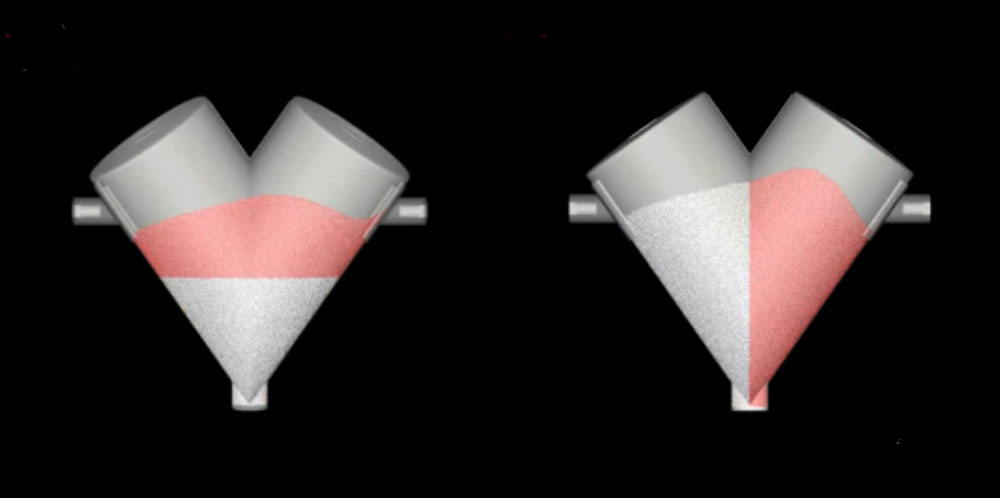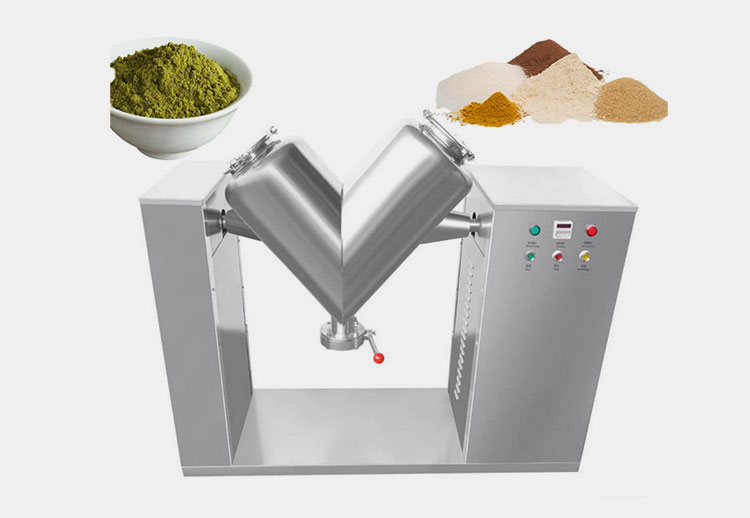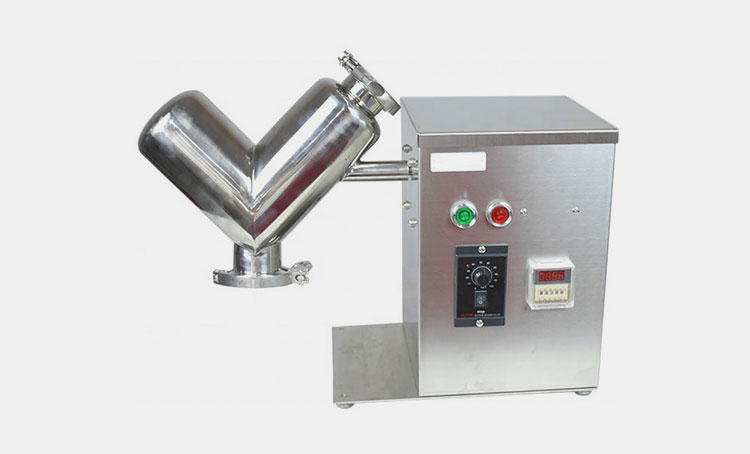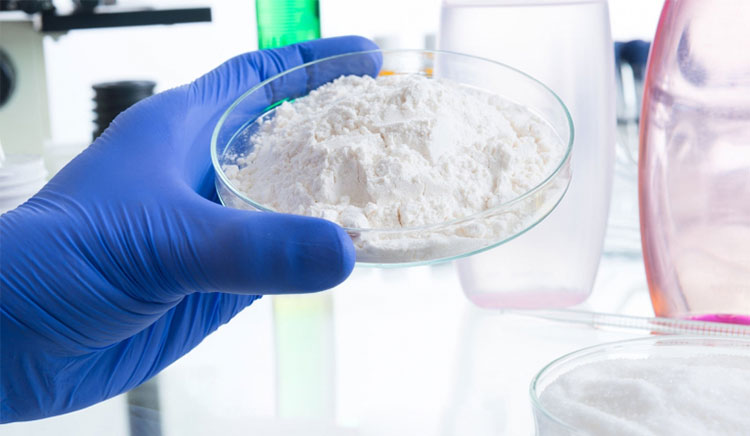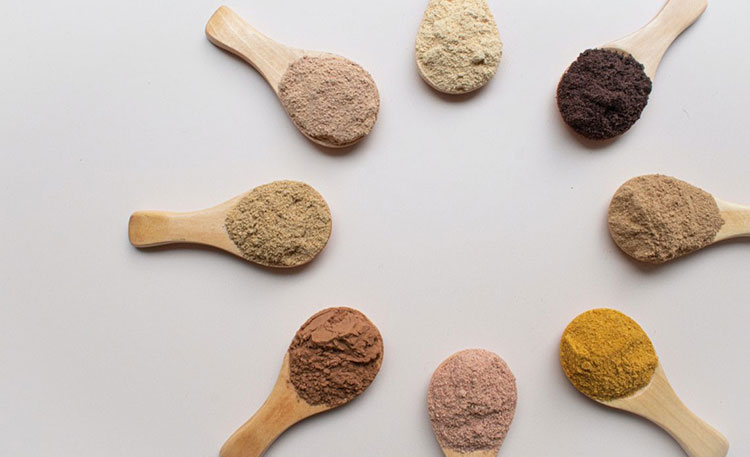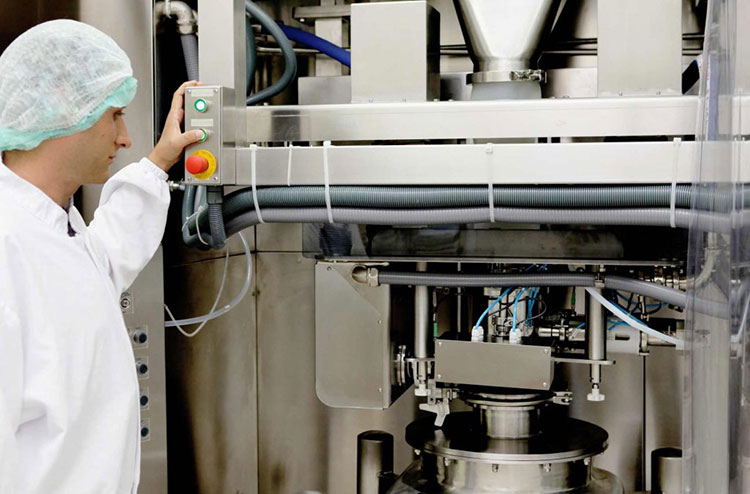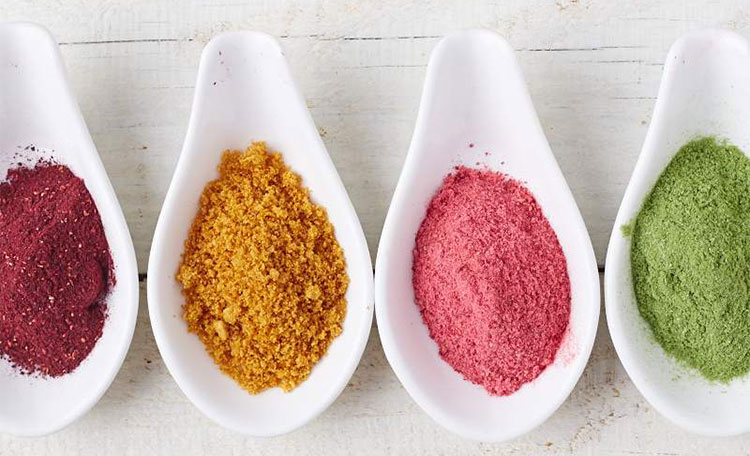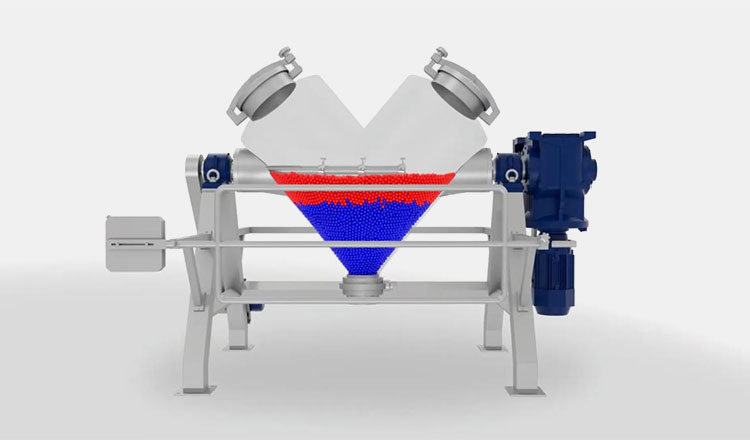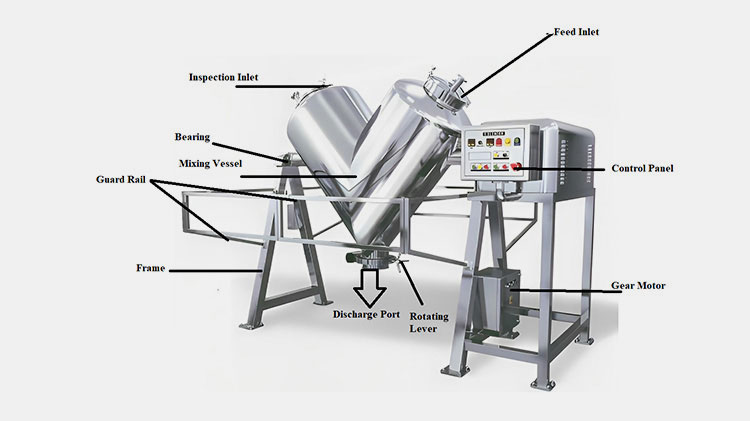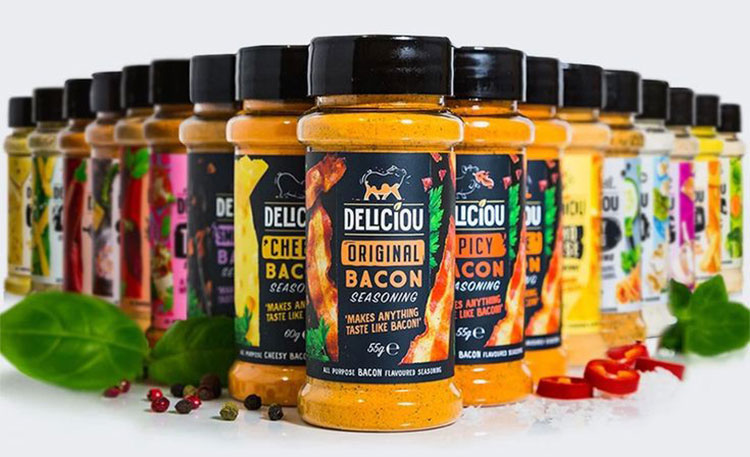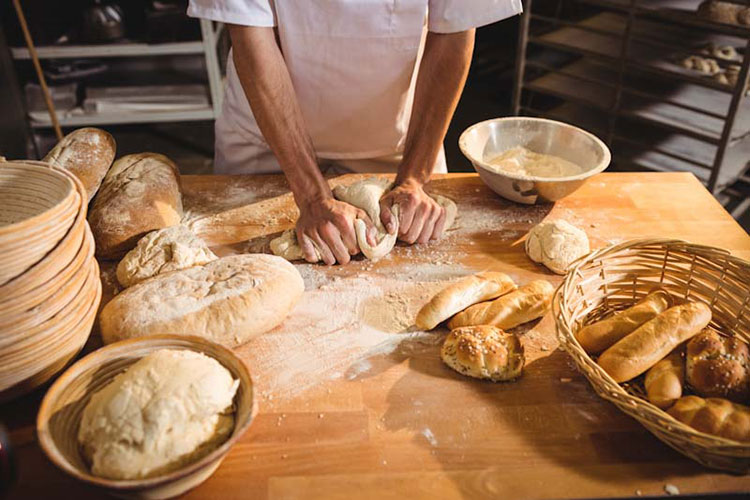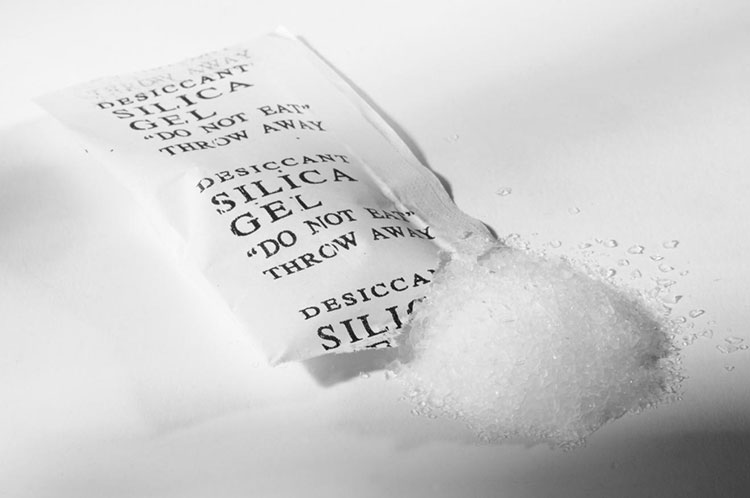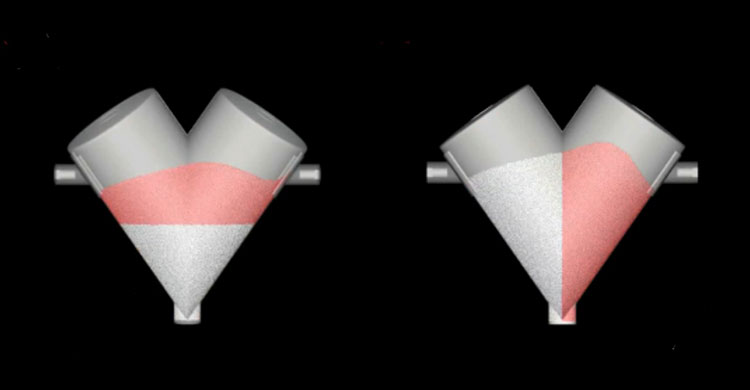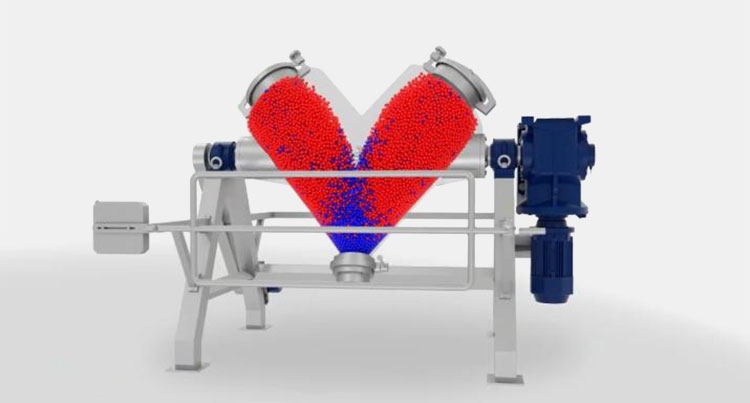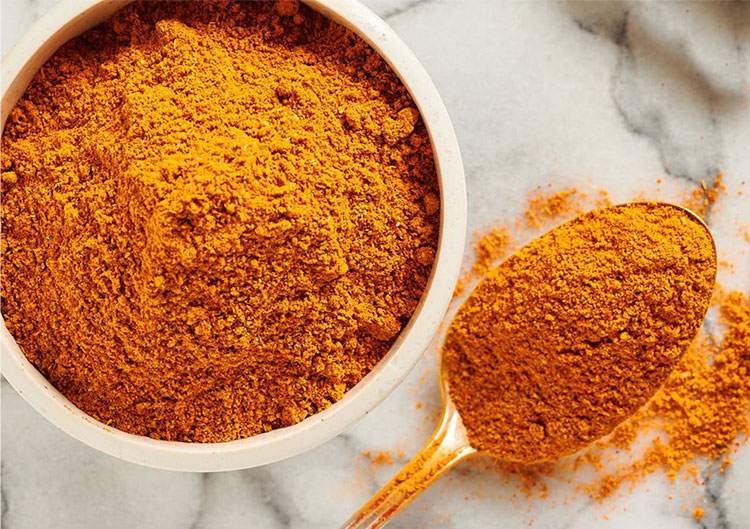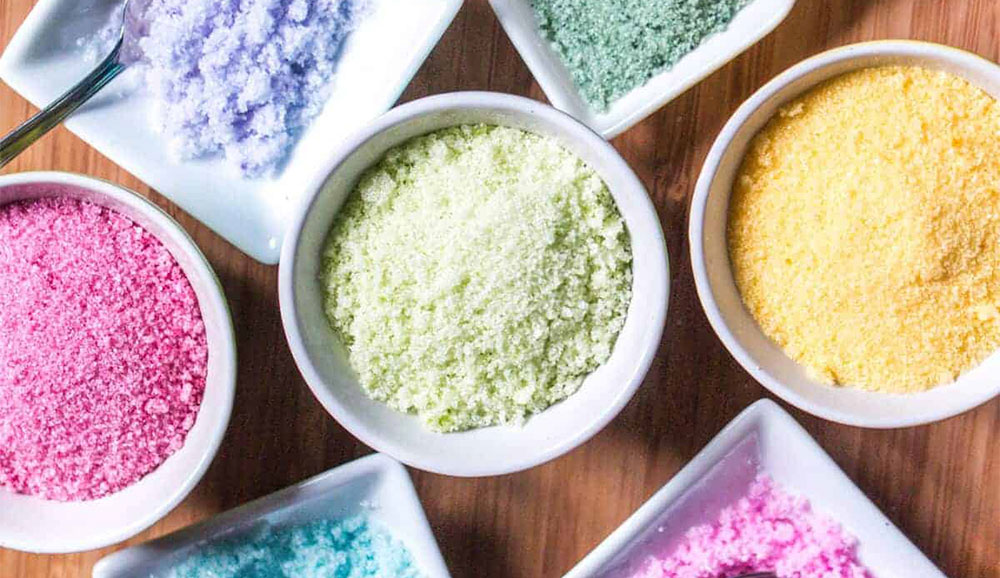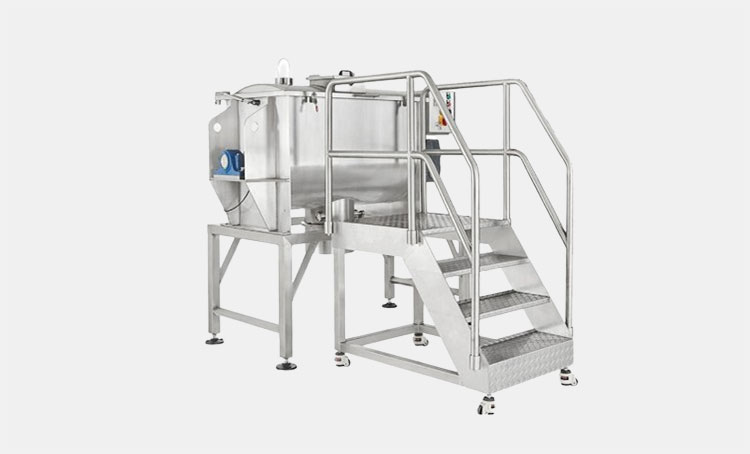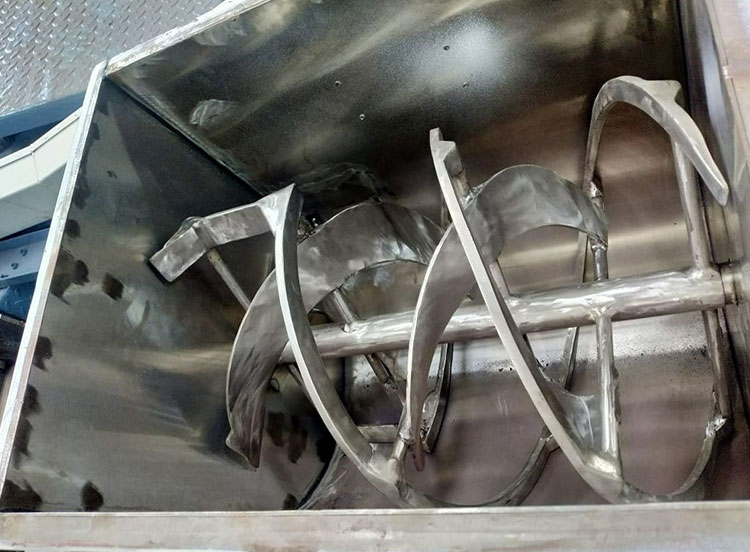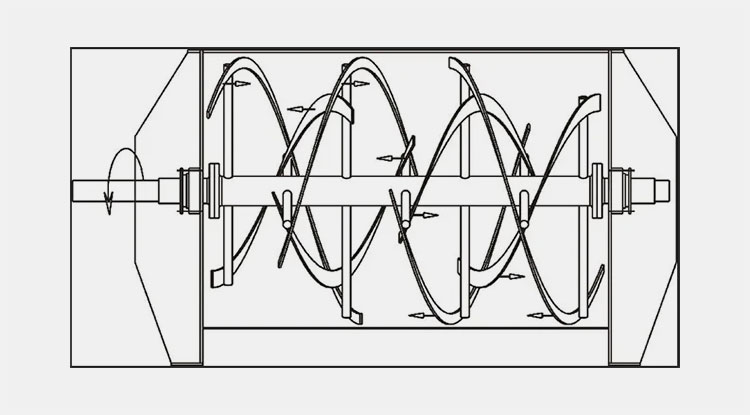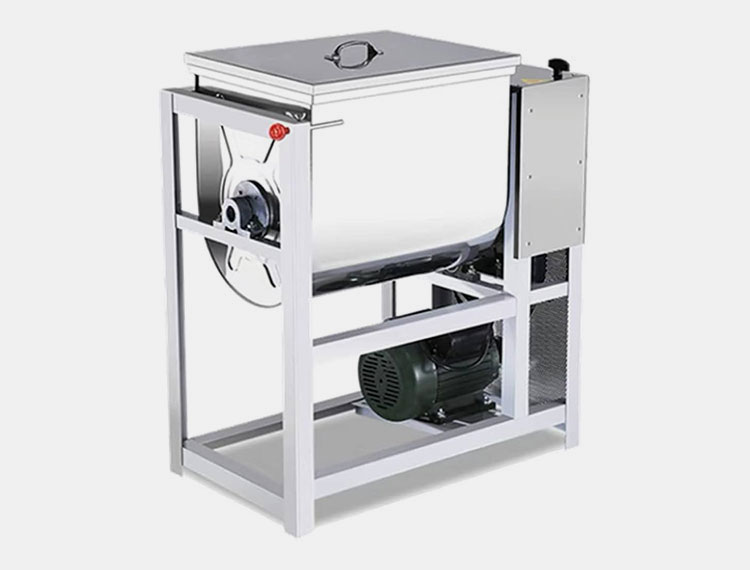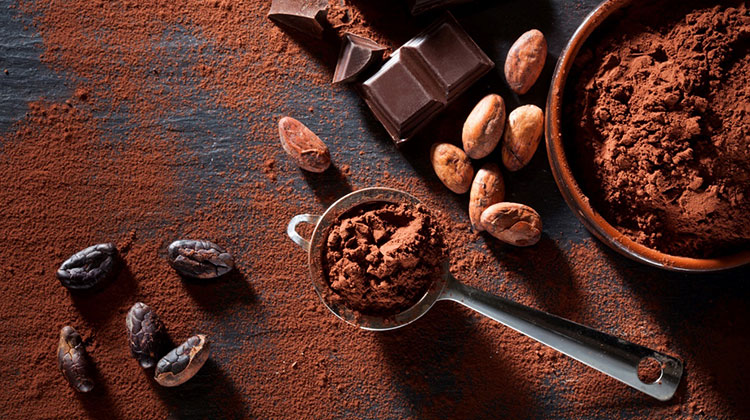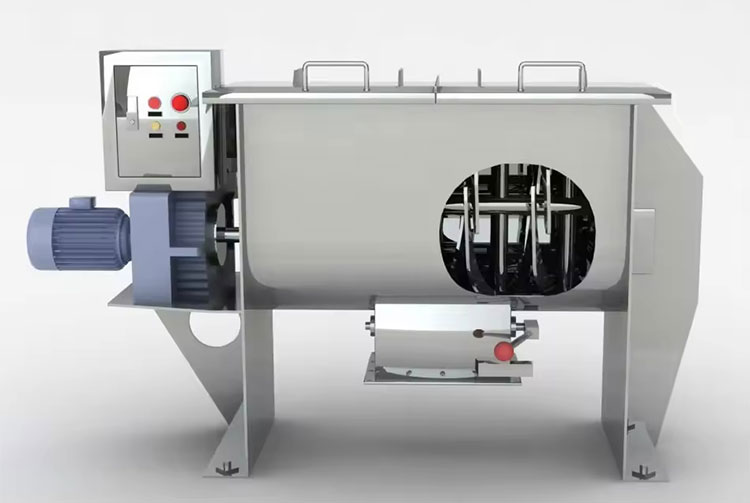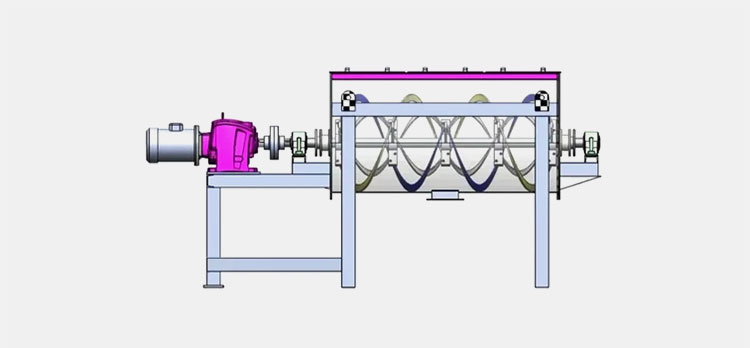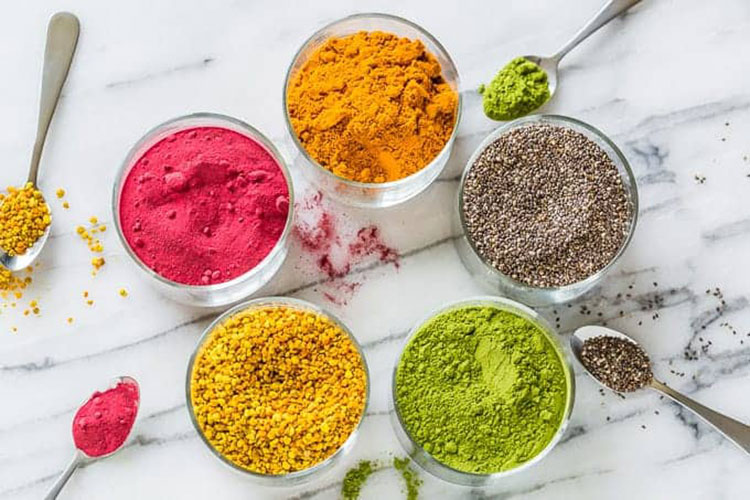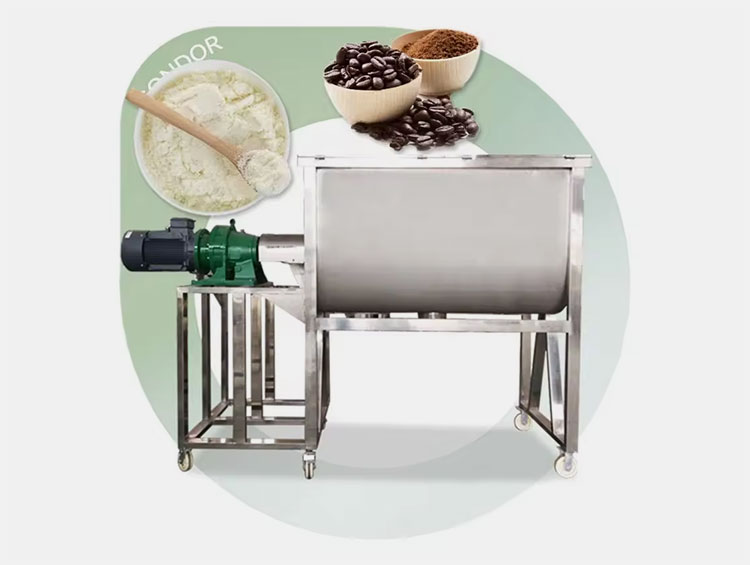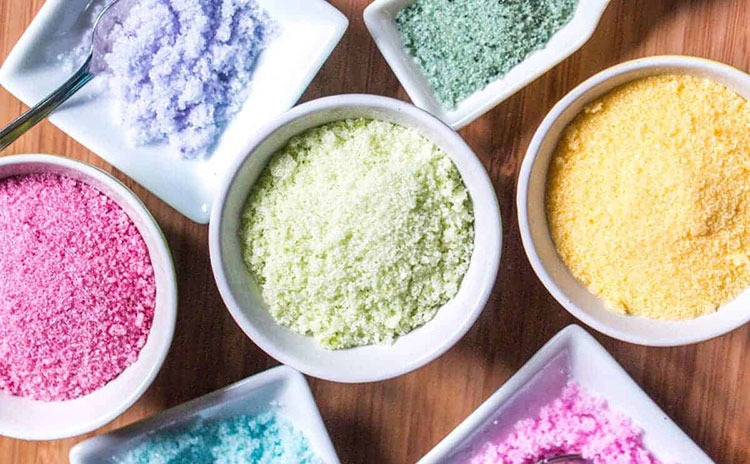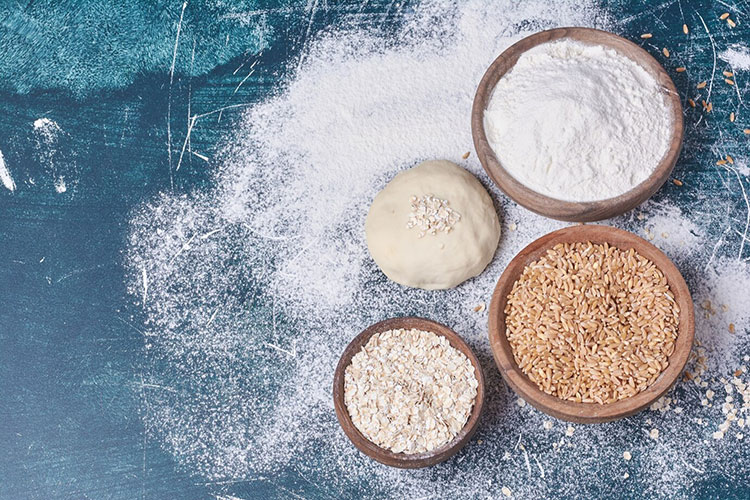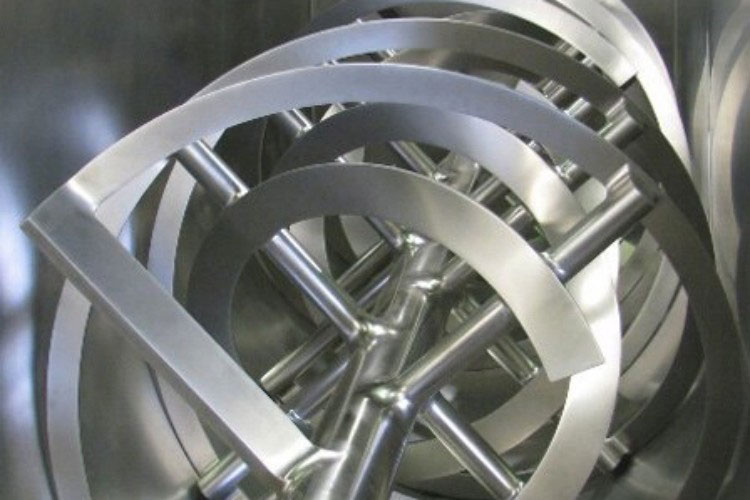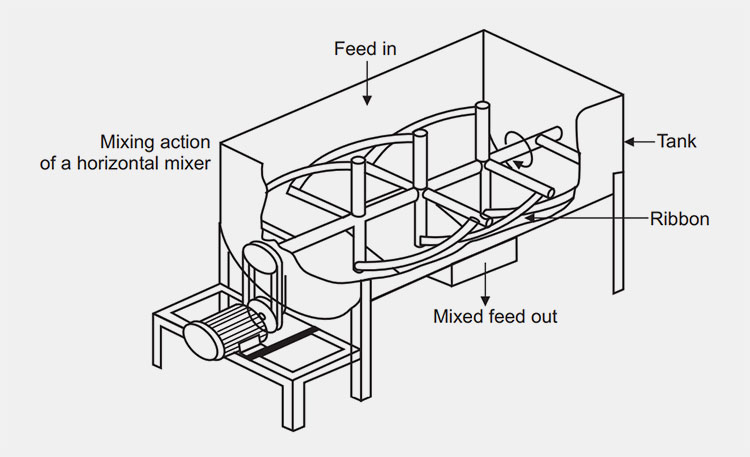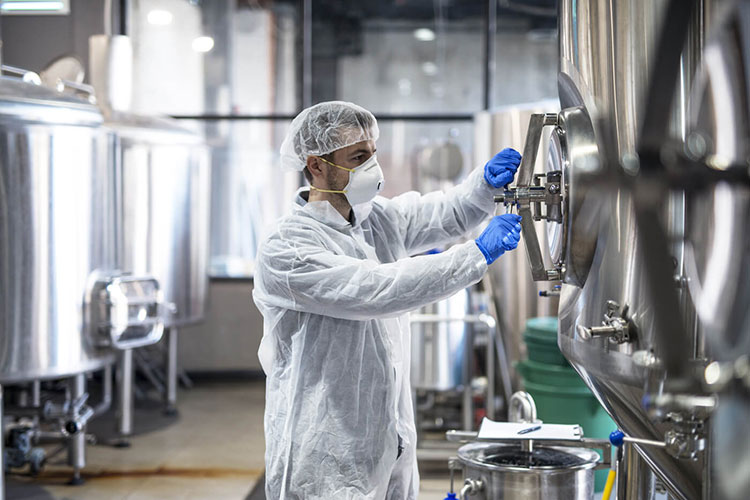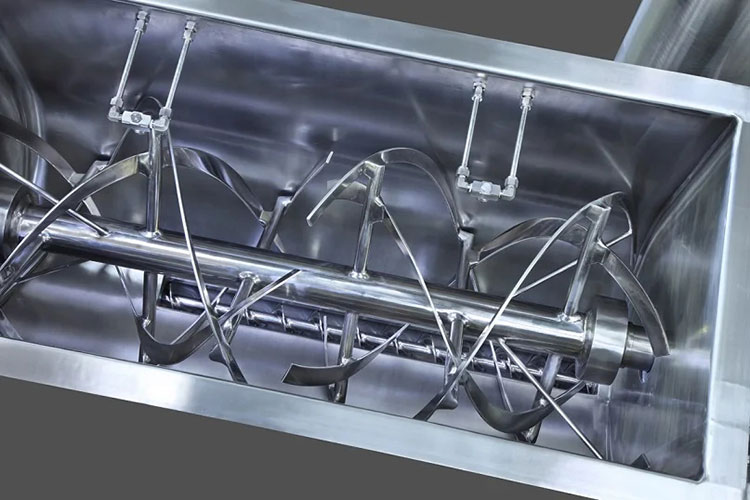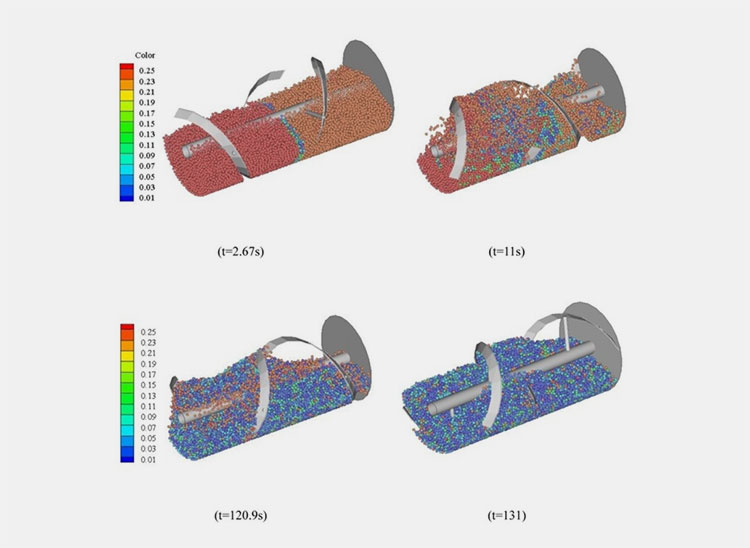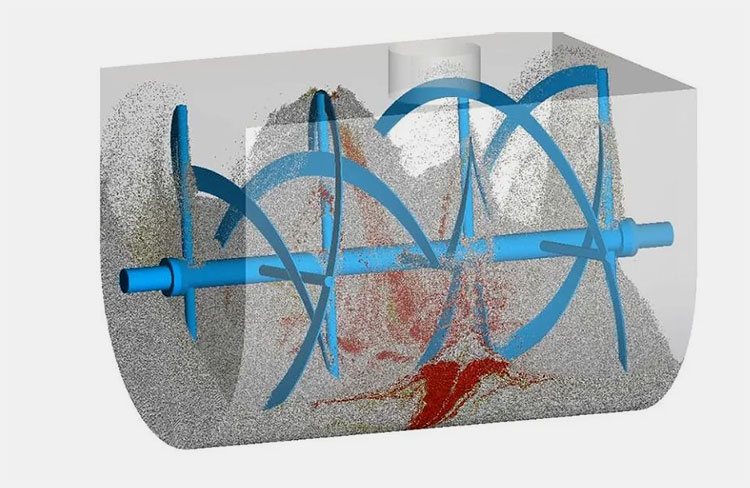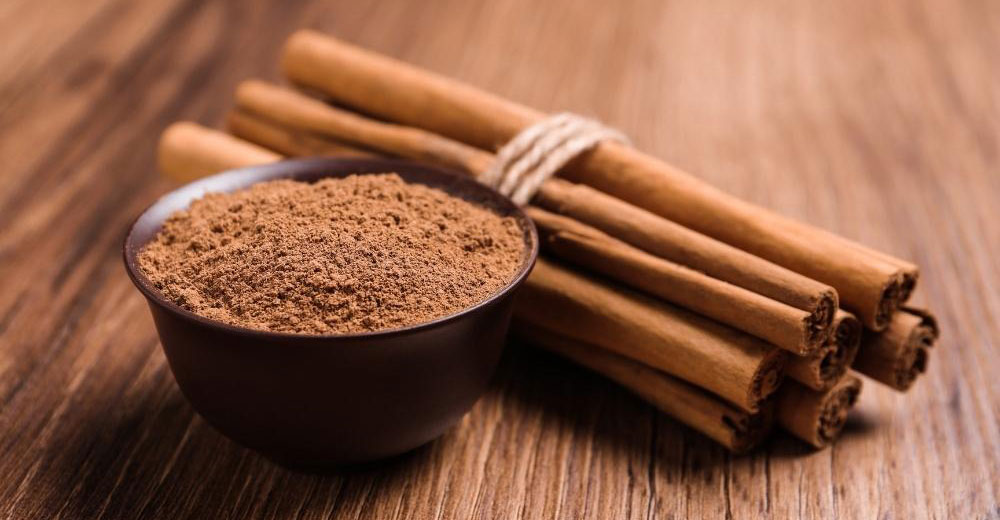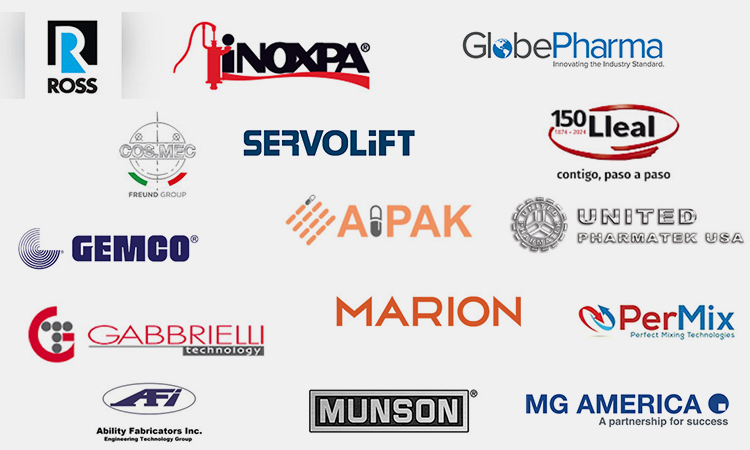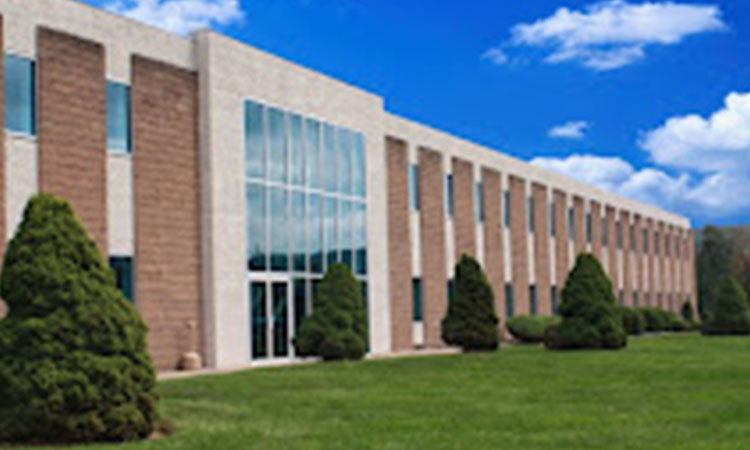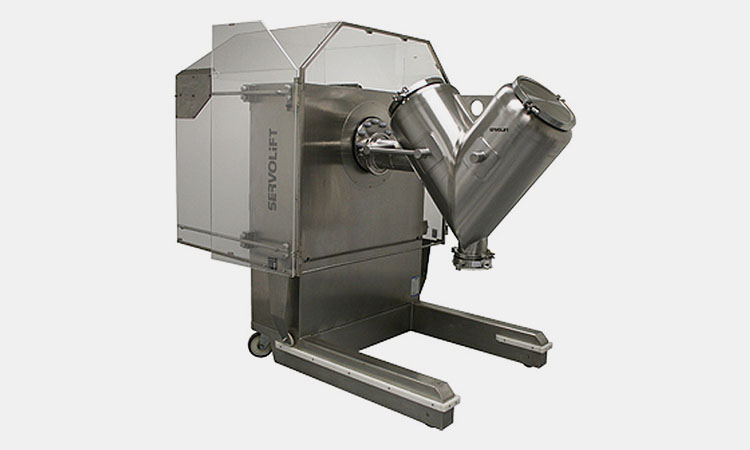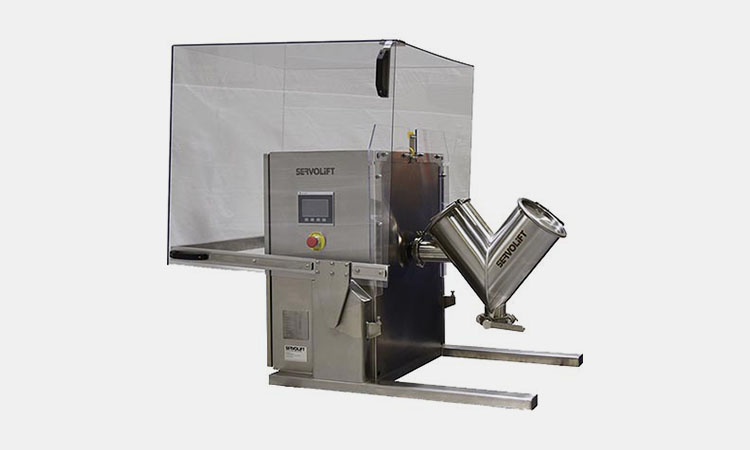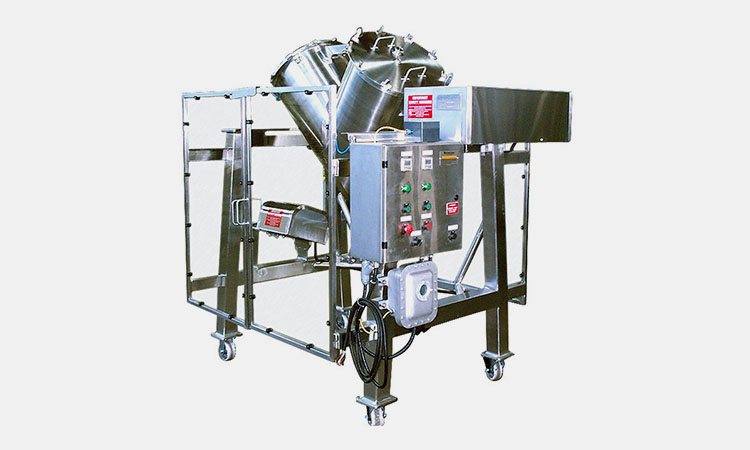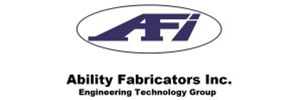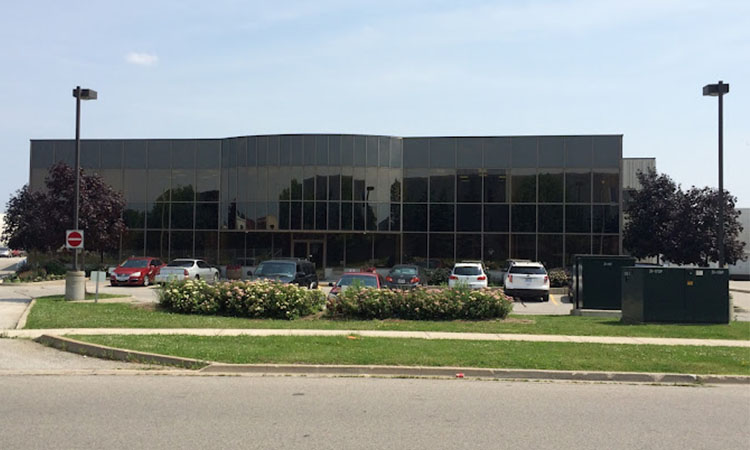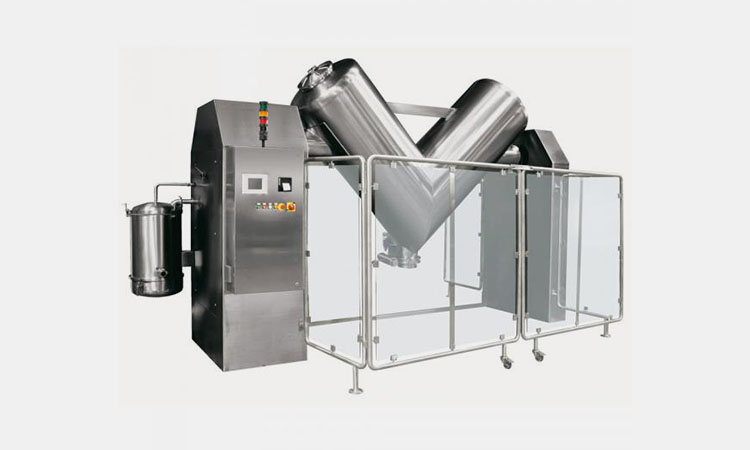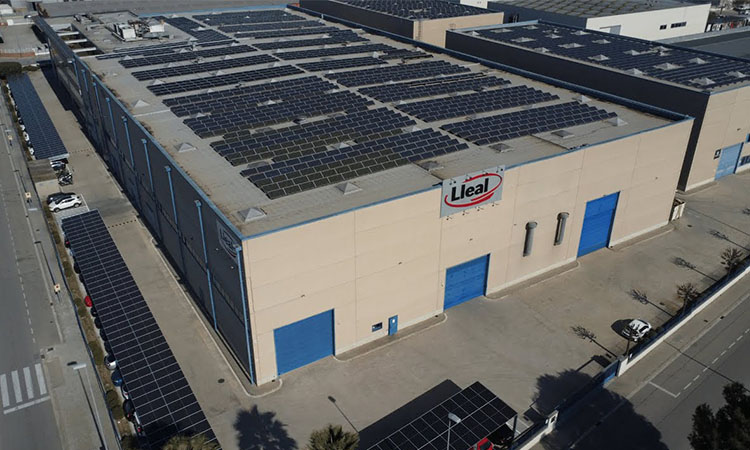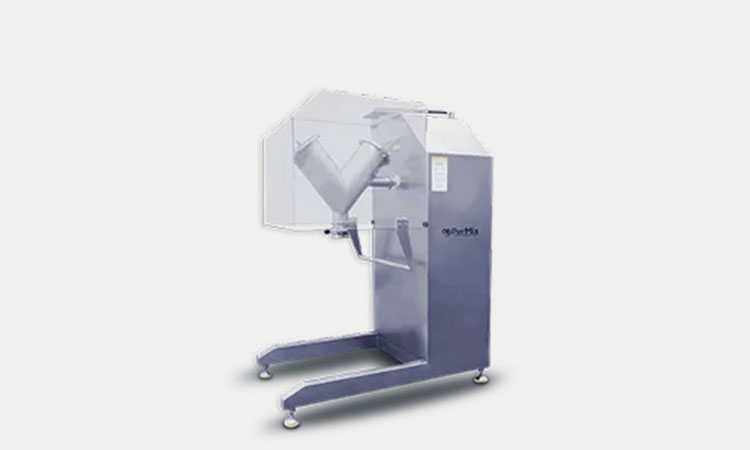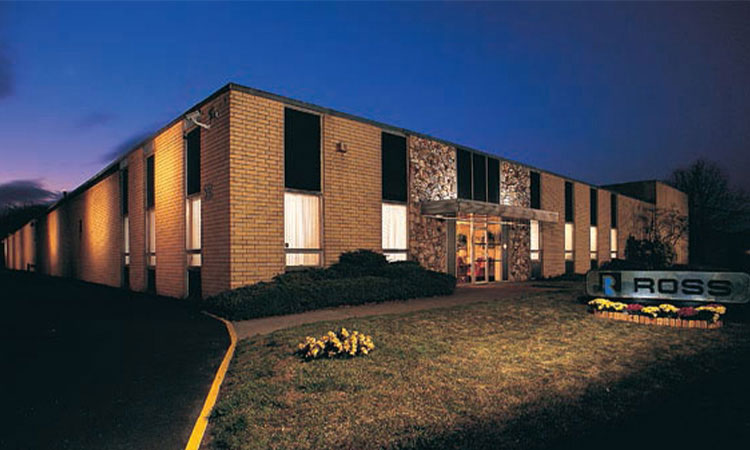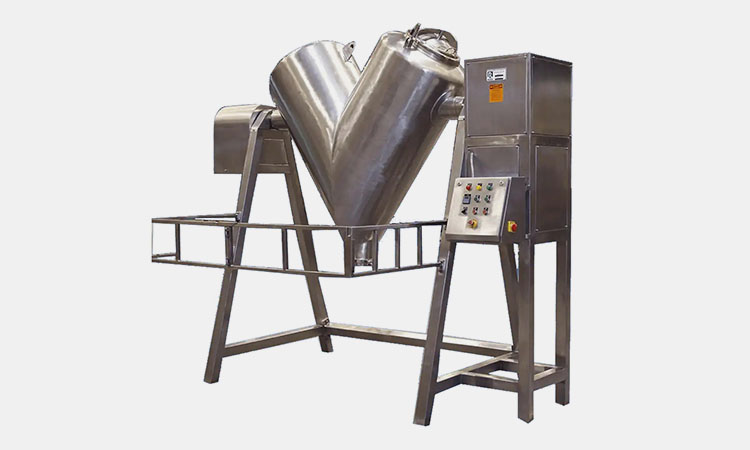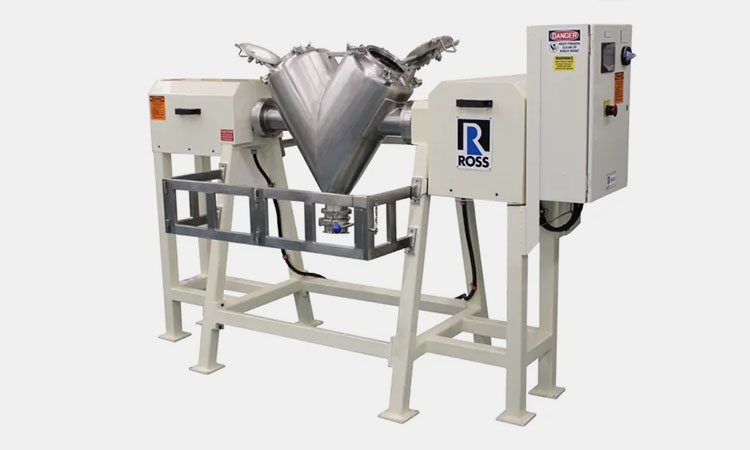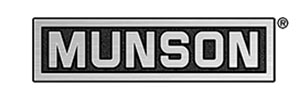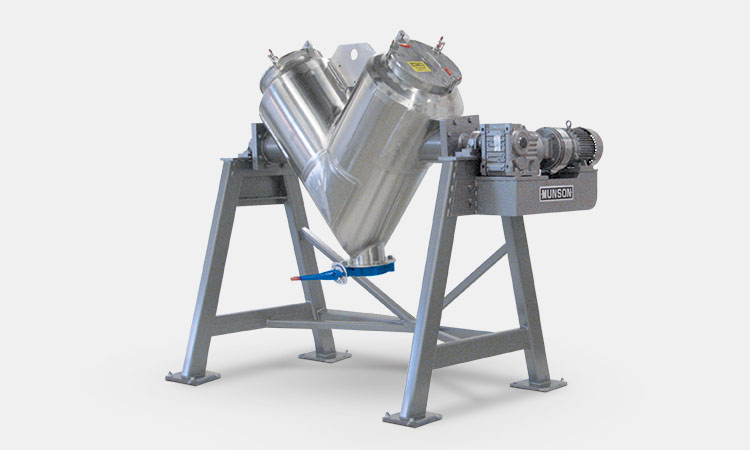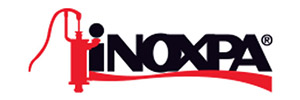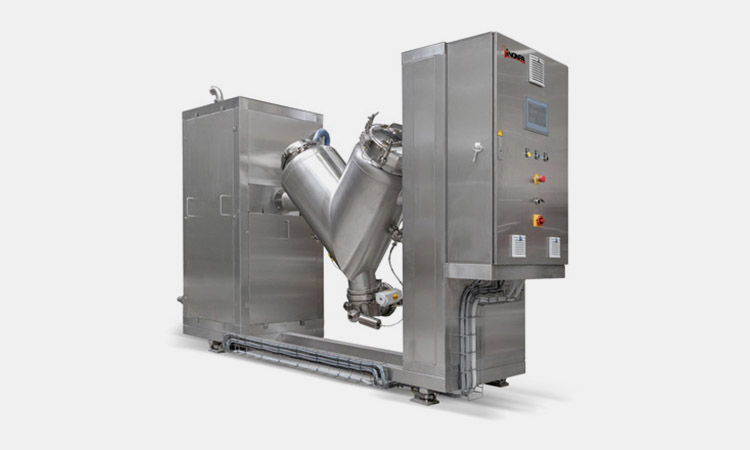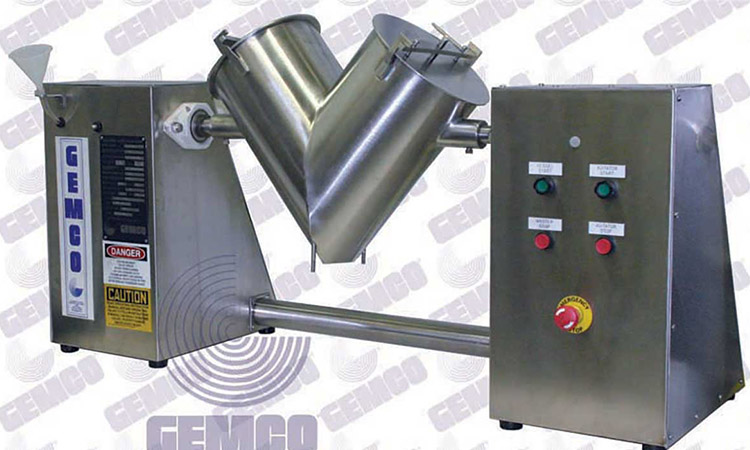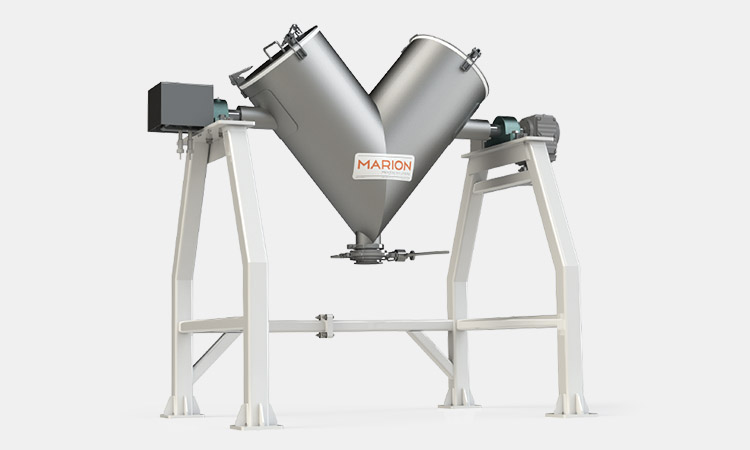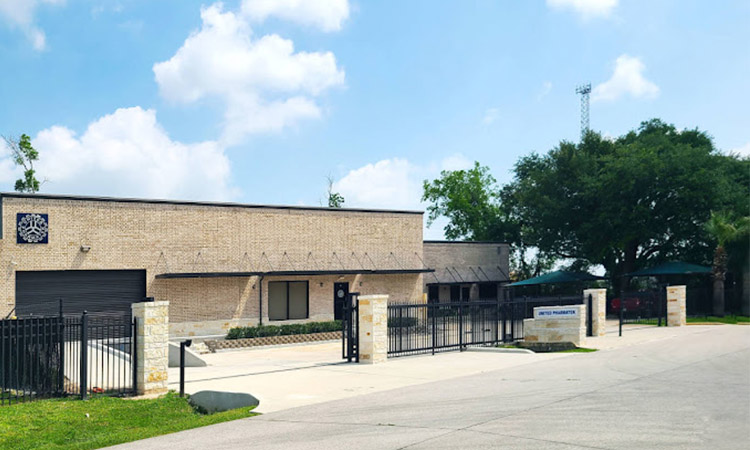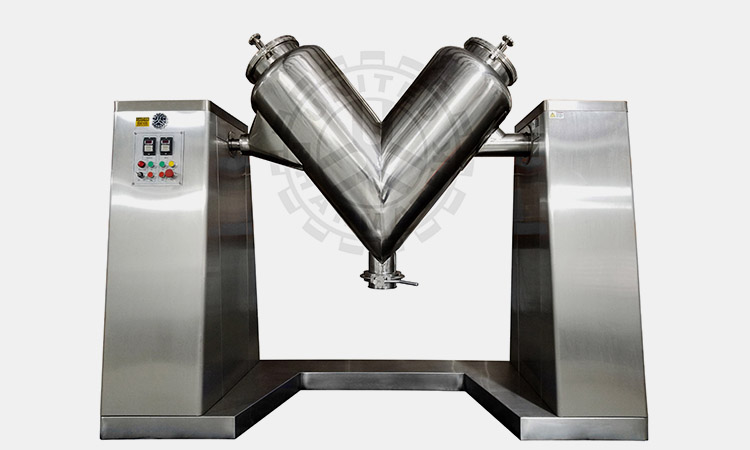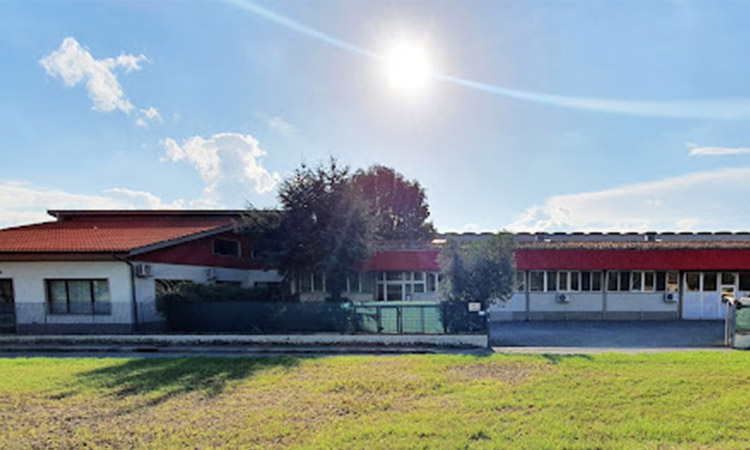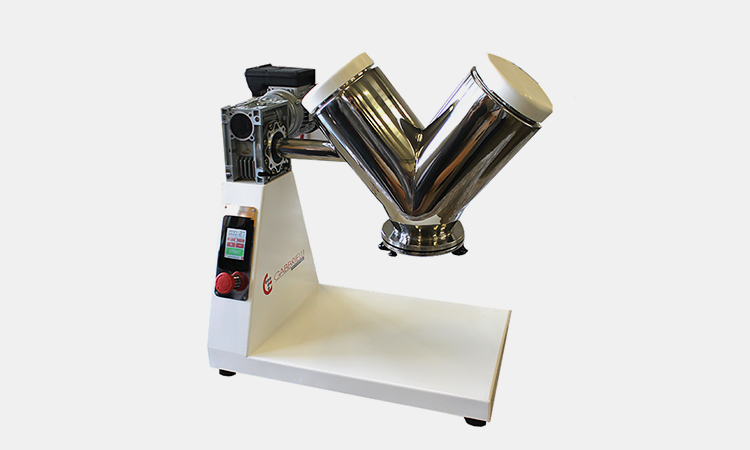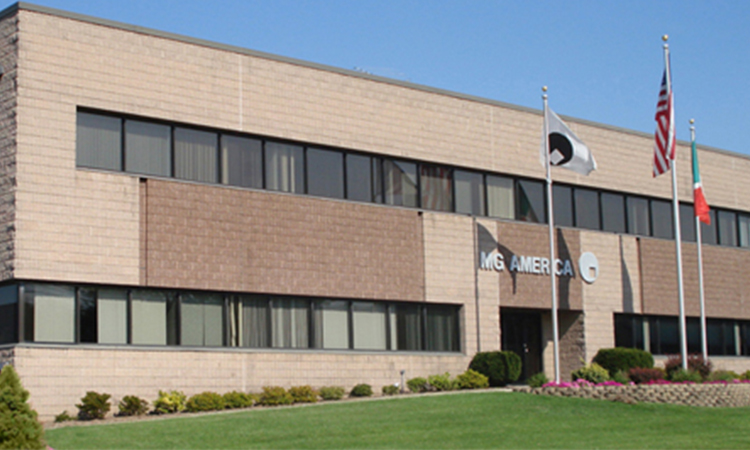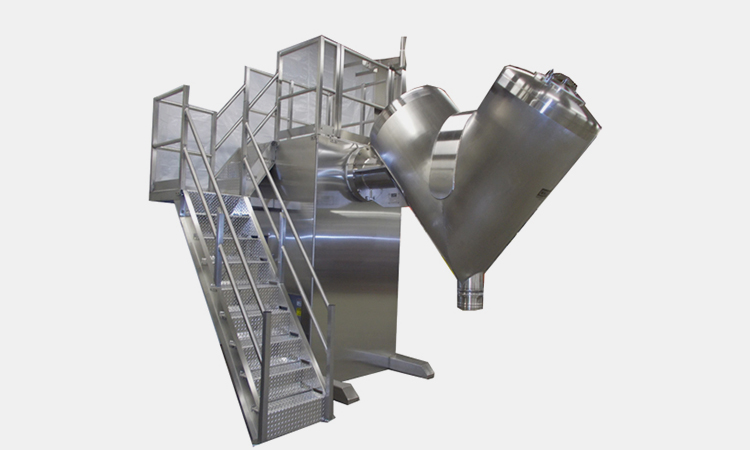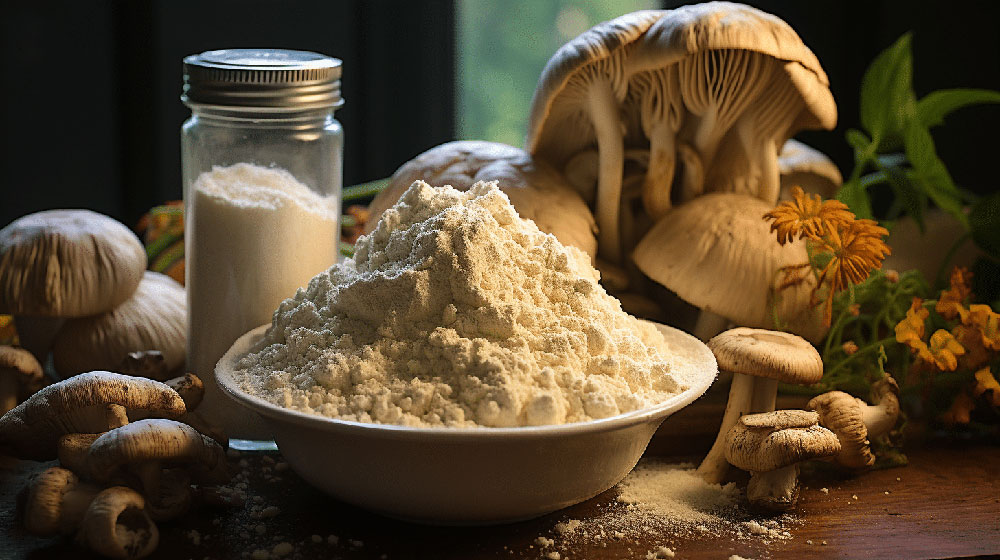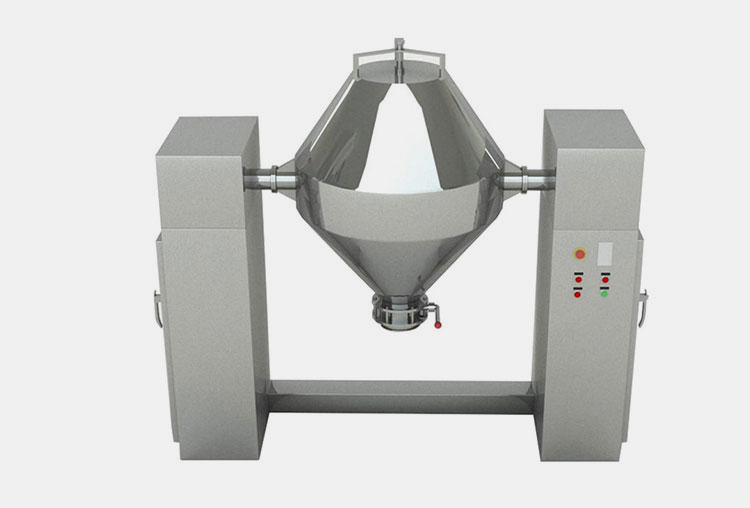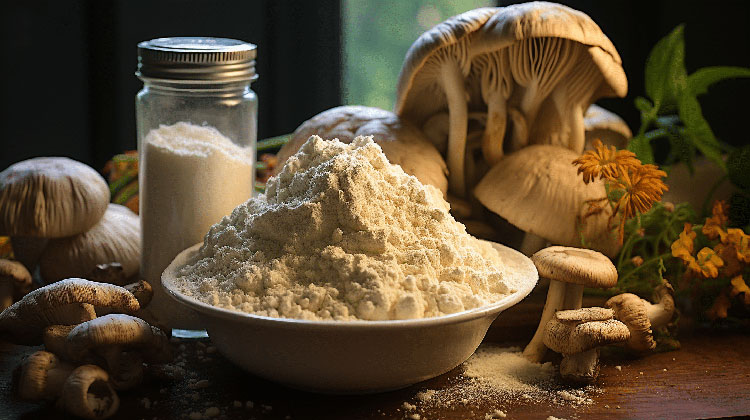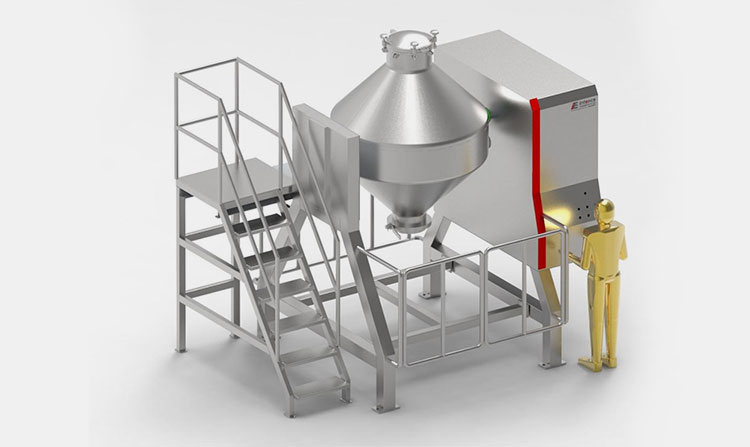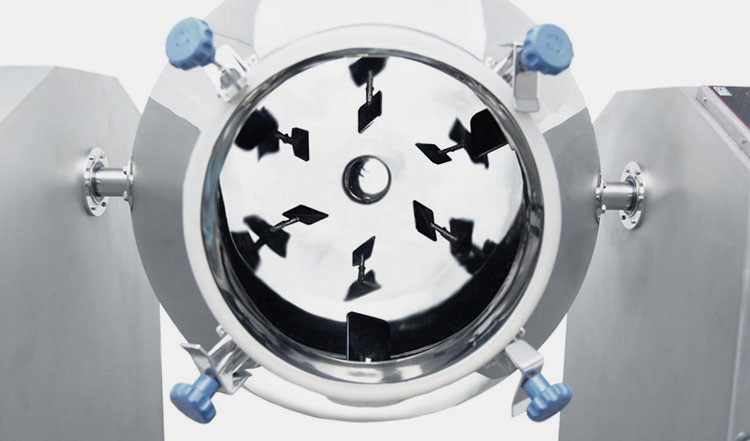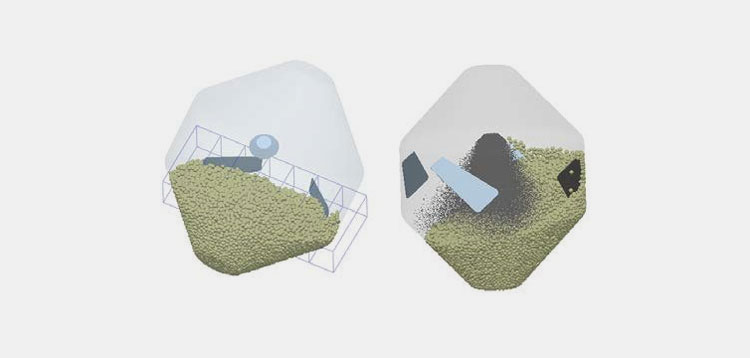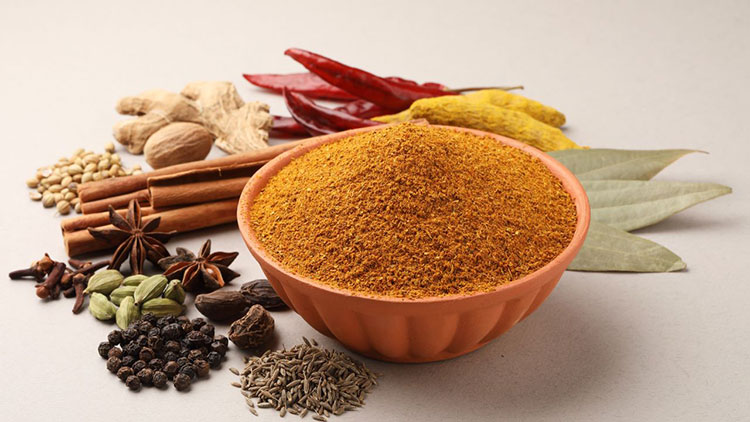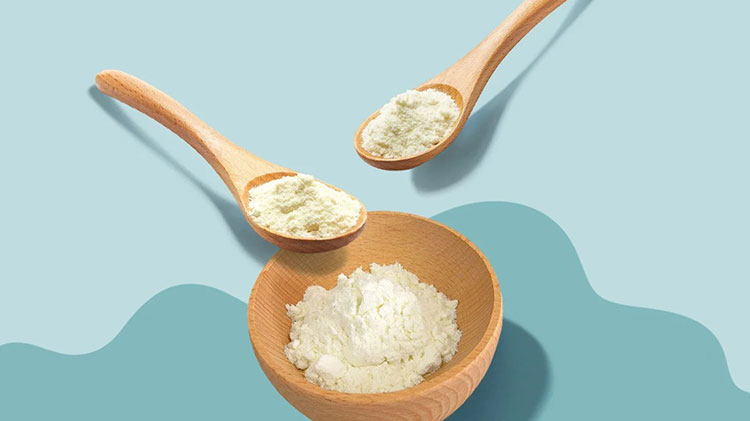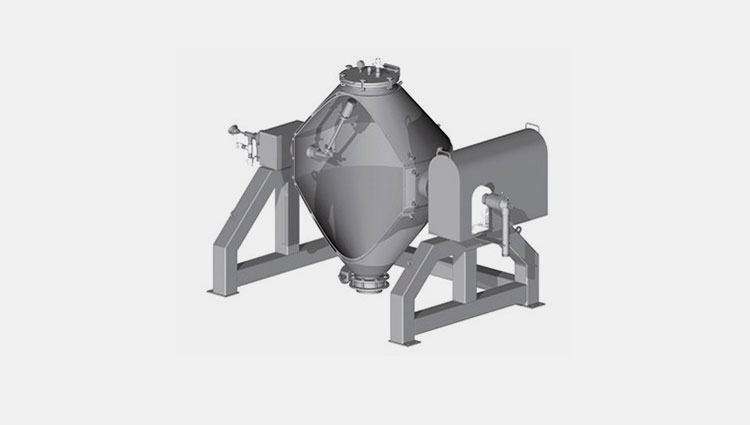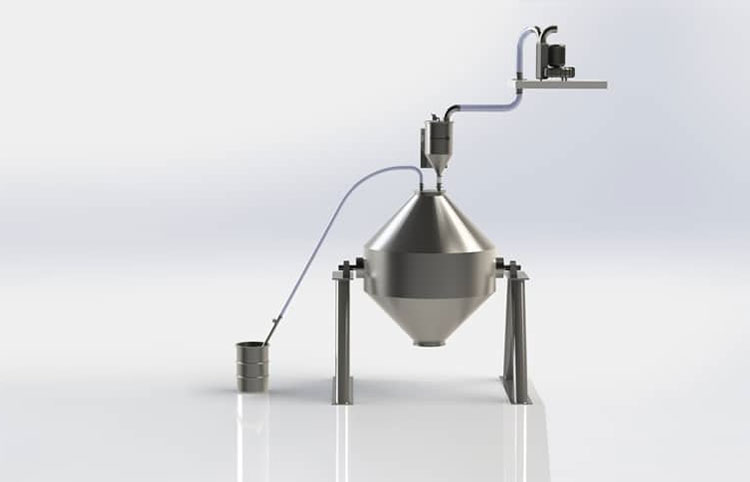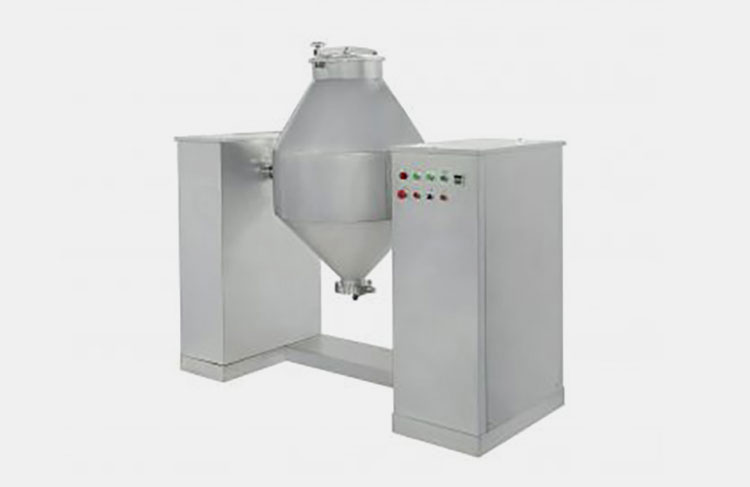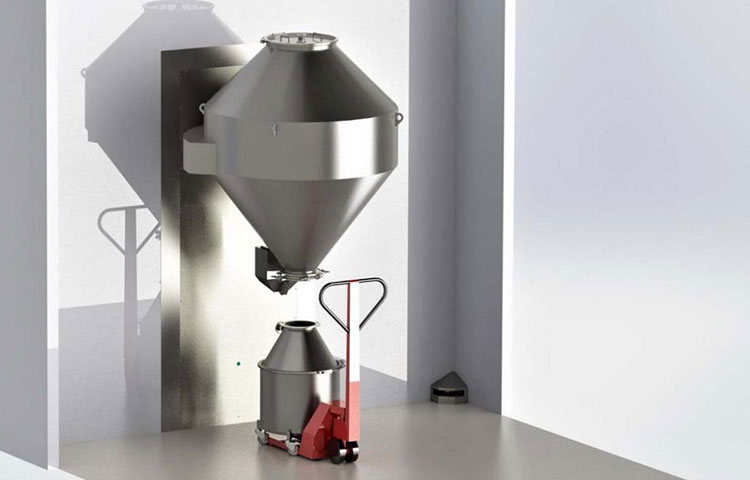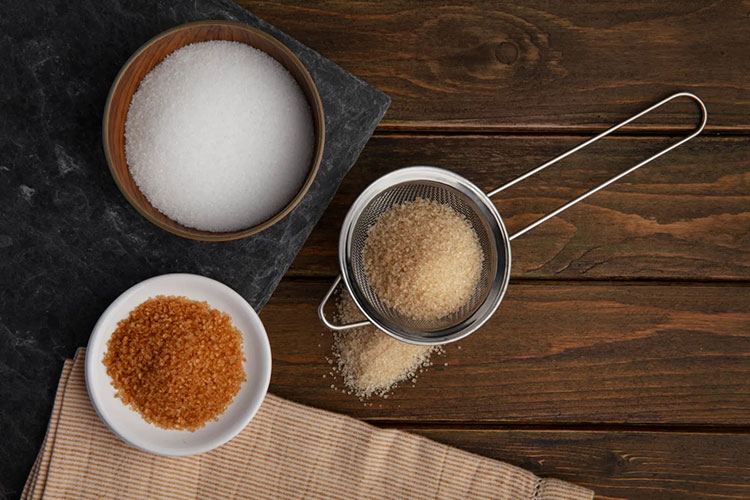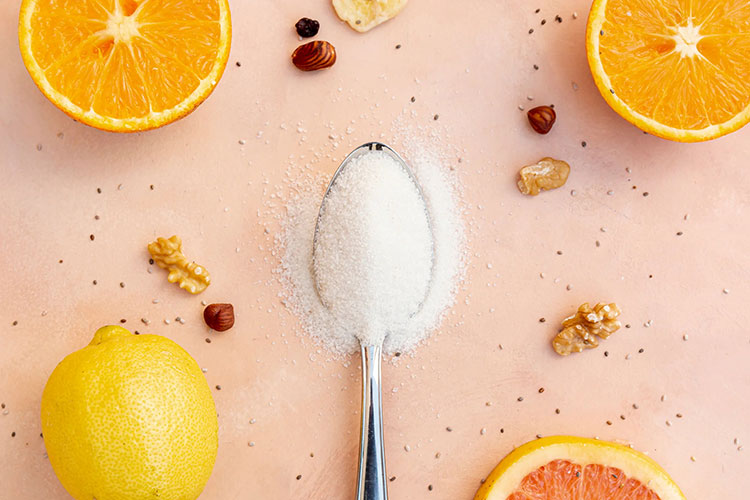What Is The Difference Between GMP And cGMP In Pharmaceutical Industry?
What Is The Difference Between GMP And cGMP In Pharmaceutical Industry?
Have you found the secret to get the real reliable and qualified products on market shelf? Yes! You should check products’ GMP and cGMP standard in purchase. Your pharmaceutical products with the two standard are seen as more reliable and efficient.
If you are in the pharmaceutical or food industry, you may have a deeper knowledge of the two common used standard: GMP and cGMP. The two standards makes the strict regulation of products in the relative fields. What is your feeling when selecting the medicines in pharmacy? Are you paying the extra concern on the two standard in your purchasing? If you have no idea, you may read this post.
What is the difference between GMP and cGMP in pharmaceutical industry? What is GMP and cGMP? What are their purpose? How to conform the two standard? What are their key components for the compliance? The so many questions can all be solved in this post.
1.What Is GMP And cGMP?
GMP And cGMP-Sourced: tainstruments
GMP and cGMP are two standards which are majorly used in pharmaceutical, food and such fields to make the relative regulation for the qualified and efficient manufacturing.
GMP which refers to Good Manufacturing Practice is a set of standard which helps to regulate the quality pf products. This standard is general and flexible and focus main on the quality issue like sanitation, equipment verification, process validation and so on. It is stable and usually won’t change according to newest standard.
cGMP refers to Current Good Manufacturing Practice. This standard combines the GMP with the new technology. It urges the updating and advancement of technology and practice. These practices help improve the quality, manufacturing efficiency and precise. It is strict and dynamic which helps the advancement of industry.
2.Why GMP and cGMPAre Important In Pharmaceutical Industry?
Why GMP and cGMP are important in pharmaceutical industry? Have you ever wondered this question. GMP and cGMP help much in protecting the profits of both customers and manufacturers.
Prevent quality problem
Prevent Quality Problem-Sourced: technologynetworks
The conforming of GMP and cGMP makes the strict requirements on the production of medicines and other products. Your medical raw material has the identity, quality, purity and so many things adhere to the standard. And in the manufacturing process, you should also prove sanitation, personnel qualification and so on according to the standard.
The two standard has the great considering and requiring about the products’ quality. And you may see the great contribution of them in preventing the quality problem.
Protect customers
Protect Customers-Sourced: entrepreneur
GMP and cGMP standard set the strict manufacturing process, and can prevent the contamination, mixing and other errors of products. The more reliable products help the protecting of customer’s right and profit. The products with the two certification are seen as more reliable and careful.
Improve efficiency
Improve Efficiency-Sourced:rickhoff
The conforming of GMP and cGMP standard can avoid the risks of making errors and improve the manufacturing efficiency. The strict following of the two standard can save you much trouble in the complex manufacturing process.The higher efficiency of course makes your business more profitable.
Increase market access
Increase Market Access-Sourced:superdisty
For many country and location, the products which don’t conform to GMP and cGMP is hard to get in. The broader sale channel is your first step to get your products worldwide sale. To expand your sale channels and make your products better sale, it is essential to conform to the two standard.
3.What Is The Difference Between GMPAnd cGMP In Pharmaceutical Industry?
What is the difference between GMP and cGMP in pharmaceutical industry. You may have found the difference in new technology application. But there are more differences between these two.
GMP VS cGMP-Sourced:spectrumchemical
| Difference | GMP | cGMP |
| Technique updating
|
GMP paid much attention on making the standard manufacturing process. It usually has no request on new technology adapting. The technical updating usually came for regulation updating. | cGMP seeks to the manufacturing process with the newest technique applied. That required the more frequent technique updating of machine and manufacturing process. In pharmaceutical field, the cGMP standard can be found in the advanced equipment, process and so on in medical production. |
| Quality
|
The two standards both aim to produce the high qualified products. GMP standard helps the fulfillment the minimum quality standard and follow the appropriate guideline. | cGMP standard makes the products with less deviation and stricter requirement according to newest regulation. For pharmaceutical industry, the strict requirements on dosage and processing can be better regulated on cGMP. But the GMP standard is also available in this field. |
| Cost
|
GMP can make your business cost-effective compliance as it makes the minimum investment in standard compliance compared with cGMP. | cGMP costs more compared with GMP as it applied the cutting-edge technology and machines. The products of cGMP experience more tests and stricter process and seeks to ensure the suitable application of new products. For pharmaceutical industry, the one which has cGMP standard obviously costs more compared the one with GMP standard. |
| Regulatory compliance
|
GMP has a more general and flexible regulation which allowed manufacturers follow the regulation according to the manufacturer’s specific need. | cGMP has a strict requirement in adhering the new standard and technology. Pharmaceutical industry has a more strict process, as it makes the precise and careful adjustment of human body. The cGMP is then more suit the strict pharmaceutical field. |
| Current standard | In current standard, GMP paid much attention on products’ quality, purity and safety. | In current standard, cGMP focused on newest regulation, and sticks to make products conform to newest standard, need and technique. |
4.What Industry Can GMP And cGMP Be Applied?
Application Field-Sourced:brandcrowd
What industry can GMP and cGMP be applied? Can they be applied to all industries? Of course not, here are the common industry GMP and cGMP be applied. Both GMP and cGMP are widely applied in pharmaceutical, food, cosmetic and many other field. But in the field with fast evolution, cGMP takes a more important position.
Pharmaceutical industry
Pharmaceutical Industry-Sourced:proventainternational
GMP and cGMP are widely used in pharmaceutical field and you may find the critical position of cGMP as it make the medicine with the newest technology. The great quality and effect of various medicine and supplementary products can be satisfied from this two standard.
Cosmetic industry
Cosmetic Industry-Sourced:ecolab
Every cosmetic industry has the responsibility to make the safe, qualified and efficient cosmetic products. GMP and cGMP prove the fluent manufacturing of the products and also prove the profit of customers. Nowadays, more and more cosmetic products get the GMP and cGMP standard to make better service for customers.
Food industry
Food industry-Sourced:brinknews
GMP and cGMP ensure the good sanitation and reliable manufacturing process. The two standards make sure safe and quality of food products. Food affects human health greatly and the two standards are so essential in food industry. The food products which conform GMP and cGMP standard is more safe and has more chance to enter more markets.
Medical device industry
Medical Device Industry-Sourced:plantemoran
The medical devices with GMP and cGMP standard are seen as reliable and qualified. The two standards have the strict regulation on the material, manufacturing and so many parts which concern the quality and efficiency of medical device. The device with the two certificates are sold well in market.
Biotechnology industry
Biotechnology Industry-Sourced:svitla
You may find the biotechnology products in many fields and the biotechnology medicines are its one represent. It applied living cells and cell relative material to make research and produce the biotechnology products. The high accuracy and profession of this industry need the GMP and cGMP as conduct standard.
Dietary supplements industry
Dietary Supplements Industry-Sourced:herohealth
Dietary supplements industry provides the essential supplementary products like vitamin A, vitamin B, mineral and so on. The supplementary products, to be effective and safe, should follow the strict manufacturing process which is regulated by GMP and cGMP standard.
5.What Does GMP and cGMP Cover?
Do you know the key components of GMP and cGMP compliance? Do you know what GMP and cGMP cover? There are five components for the GMP and cGMP compliance and you should pay attention to it for the good manufacturing and certificate.
Personnel
Personnel-Sourced:gesrepair
You should have your workers and employees trained and qualified. They should learn the essential knowledge and skill for the safe and efficient operation. For some essential position, the personnel should get the qualification and certificates.
GMP and cGMP have strict examination on this part to ensure your workers be capable of providing the safe and reliable manufacturing process.
Premises
Premises-Sourced:shutterstock
Premise concerns your factory and later maintaining about manufacturing location. GMP and cGMP have strict inspection on your premises location, size, layout, temperature control, sanitation and so on. The premises takes an important position in GMP and cGMP as it is the base for product manufacturing.
Equipment
Equipment-Sourced:techniwaterjet
How about your equipment? Are they in the right condition? Are they maintained well? Do you choose the suitable one for your manufacturing? These are all the concerns about GMP and cGMP standard. For cGMP, your equipment should also be the current one and cutting edge type.
Documentation
Documentation-Sourced:whatfix
Documentation refers to the comprehensive recording of batch, standard operating procedures, quality control and so on. The documentation should cover precise manufacturing activities. Documentation proves the strict and precise manufacturing of every process. It is the prove of some complex product manufacturing as it records every step and has strait requirements.
Production and process controls
Production And Process Controls-Sourced:pacific-research
For qualified products, its manufacturing process should be consistent, qualified and controlled. This check cover the whole production process and test for the whole production. It proves the fluent, accurate and efficient manufacturing process. It covers the manufacturing process as well as the mechanism for dealing with emergency and so on.
6.How To GetGMP And cGMP Standard?
GMP and cGMP make so much for ensuring the qualified products and protecting customer’s profits. But do you know how to get the certification? The certification is not that complex and difficult. Here is the precise processing for getting GMP and cGMP standard.
Make the preparation according to requirement
Make The Preparation According To Requirement-Sourced:meinorder
You should have a deep understanding of GMP and cGMP standard and make the comprehensive preparation of all its requirements. Your documents, personnel, equipment, quality control, potential risk, emergency mechanism and so on. Every requirement in GMP and cGMP standard should be studied and you should make the corresponding preparation for it.
Apply to corresponding agency
Apply To Corresponding Agency-Sourced:kayla-collins
The applying process is similar and you should first find the corresponding agency. You may find the represent agency like FDA, EMA and WHO. All of them are professional and authoritative. Contact the one according to your business need and you may apply it on your website.
Auditor checks and evaluates
Auditor Checks And Evaluates-Sourced:medium
When the day comes, auditor from agency you contact will come to your factory and give your business the careful and serious check. The auditors will evaluate your every parts and check your according to the actual situation. They will compare your manufacturing state with the requirements on standard.
Get your feedback
Get Your Feedback-Sourced:moravek
If you meet all your conditions, you can then get your GMP or cGMP certificates. Its validity period is three years. After three years, you may follow the updating standard to get another check. And if you failed to meet the condition, you have the second chance to get another audits after improvement.
7.GMP VS cGMP: Documenting Processes And Procedures
The documenting of GMP and cGMP is not that difficult. Here is the documenting processed and procedures for you to take into serious consideration.
Documenting Processes And Procedures-Sourced:vadim
Create a standard documenting procedure. You should make sure your documents of GMP and cGMP be rational and scientific for later check.
Sign all records as required. Your documentation is valid only with right signature and non-digital comments in permanent ink.
Record should be validated by designated person who carried out the process. The professional personnel ensures the profession and accuracy of whole process.
Be objective and give your content with descriptive word. The subjective or emotional word may give the wrong lead and leave unscientific impact.
Conform to officialreview and approval process which guaranteed accuracy and compliance.
Make sure your have copy of documentation. And protect your documentation from fire, blood or other disaster.
Your documentation should be reviewed and updated regularly to ensure the timeliness.
8.Which One You Should Conform,GMP Or cGMP?
What you should conform, GMP of cGMP? Have you ever wondered this questions. If you have only one choice and have confuse in this part. You should go on now.
According to your business focus
According To Your Business Focus-Sourced:freepik
What is your business focus? Are you tend to develop your business from the high tech or good quality. If you tend to follow the fist one, you should get your cGMP which sticks to advanced processing and technique, while for the second, you may get GMP.
According to your budget
According To Your Budget-Sourced:cppr
Your budget in some way decides your standard selection. The cGMP has high request on your machine and equipment’s timeliness. Your machine, equipment, manufacturing process and technology should all update according to time. This of course is a big cost. You may save a lot for GMP certificate applying.
According to products
According To Products-Sourced:hostinger
What is your products’ selling point? Great quality of advanced tech. If your products search for good quality, you may choose the GMP certificate.
What industry you are? Food, pharmaceutical, medical device or other. Both of the two standard can be applied in the industry, but for pharmaceutical industry, you would better apply the cGMP as it is more strict and its high request on advanced tech is more suitable for the pharmaceutical industry.
9.What Regulatory Authorities Oversee GMP and cGMP?
What regulatory authorities oversee GMP and cGMP? There is no specific organization which oversees GMP and CGMO worldwide. Each country has the specific organization for GMP and cGMP overseeing.
USA
FDA-Sourced:github
FDA has full mane as The Food and Drug Administration. It ensures the quality of products in pharmaceutical, food and such industry.
Europe
EMA-Sourced:worldvectorlogo
EMA has its full name as The European Medicine Agency. This organization takes the full control of overseeing the standard work of medicine manufacturing and so on in Europe.
China
NMPA-Sourced:english.nmpa.gov
NMPA has the full name as National Medical Products Administration in China. This regulatory agency takes full control of GMP and cGMP standard regulation for Chinese factories.
Canada
Health Canada-Sourced:regdesk
The good manufacturing practice of Canada is oversaw by the organization: Health Canada. This organization manages the inspection work on medical products in Canada.
India
FSSAI-Sourced:logotyp
The standard on safety and other in India is oversaw by FSSAI which has the full name as Food Safety and Standards Authority. For Indian factories, the GMP and cGMP standard come from this agency.
10.Are There Specific Regions Or Countries Where cGMPIs Required, Or Is It a Global Standard?
cGMP-Sourced:dcatvci
Where cGMP is required? Is it a global standard or it is just a standard required in specific regions? cGMP has its full name as Current Good Manufacturing Practice which is applied in many countries and regions. It is a world standard as WHO applied it to over 100 countries.
For specific region like USA, EU, China and so on, they applied the cGMP standard of course. And they has their own regulatory agency for cGMP standard regulation and testing. You may find FDA, EMA, NMPA and so on as the known agency.
11.What Other Good Practices Besides GMP Are There?
Besides the GMP and cGMP as the good practice, there are also other standard for various further and specific regulation. Here are some example.
GCP
GCP-Sourced:revivalresearch
GCP has the full name as Good Clinical Practice which helps to guarantee the results of clinical trail. It makes sure the trial is safe and qualified.
GDP
GDP-Sourced:gxp-training
GDP has the full name as Good Distribution Practice which focused on the quality and integrity of medicines in its distribution.
GLP
GLP-Sourced:pubs.acs
GLP has the full name as Good Laboratory Practice which made standard for the standard in pharmaceutical or other laboratory.
GVP
GVP-Sourced:bgosoftware
GVP has the full name as Good Pharmacovigilance Practice which is used for the good performance of medicine monitoring and producing. They are a set of measures that help ensure that pharmaceutical companies are constantly checking their products and informing the public about any new information they learn.
GHP
GHP-Sourced:iqs-ltd
GHP has the full name as Good Hygiene Practice which made the strict standard for the food hygiene systems. It ensures the production of safe and suitable food
SOP
SOP-Sourced:cimatri
SOP has the full name as Standard Operating Procedure which is applied to many different industries for efficient, qualified and uniform production.
Conclusion
What is the difference between GMP and cGMP in pharmaceutical industry? After reading this post, you may have a comprehensive understanding of the two different standard and can thus make a better decision for your later applying. If you have any question about this post, do not hesitate and contact us now!
Don't forget to share this post!
CONTACT US
Tell us your raw material and project budget to get quotations within 24 hours.
WhatsApp Us: +86 181 7101 8586
The Buyer's Guide

What Is The Difference Between GMP And cGMP In Pharmaceutical Industry? Read More »


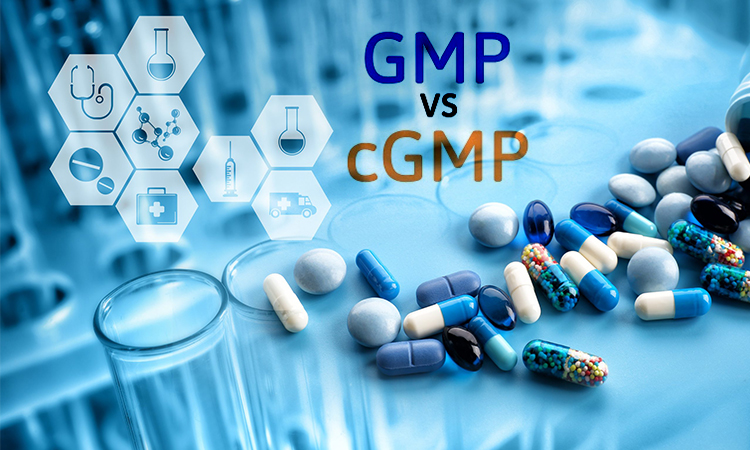




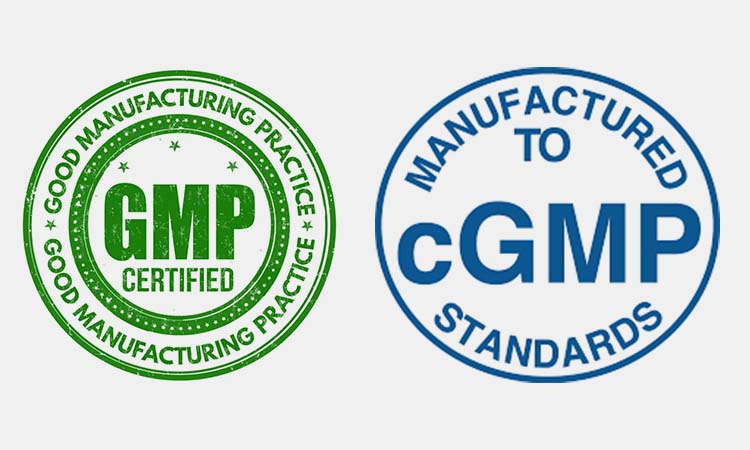


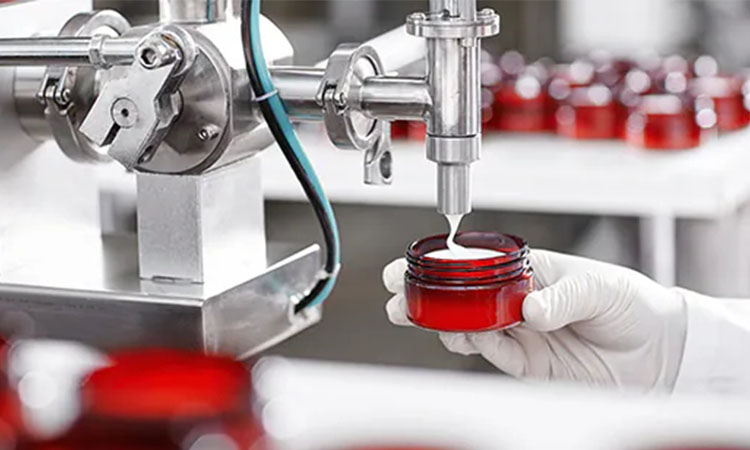
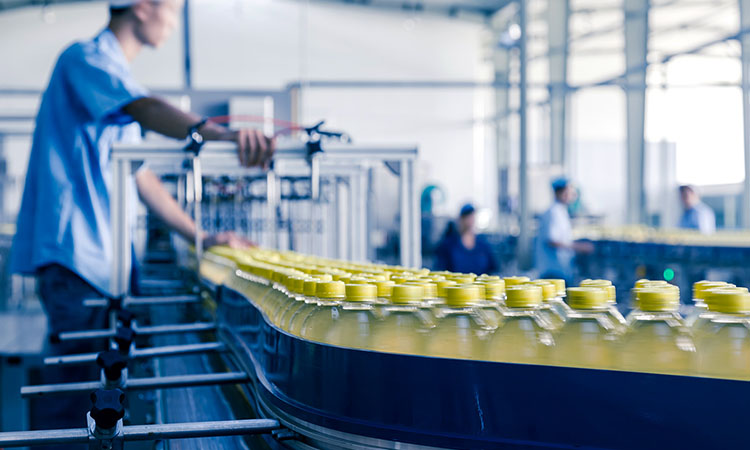
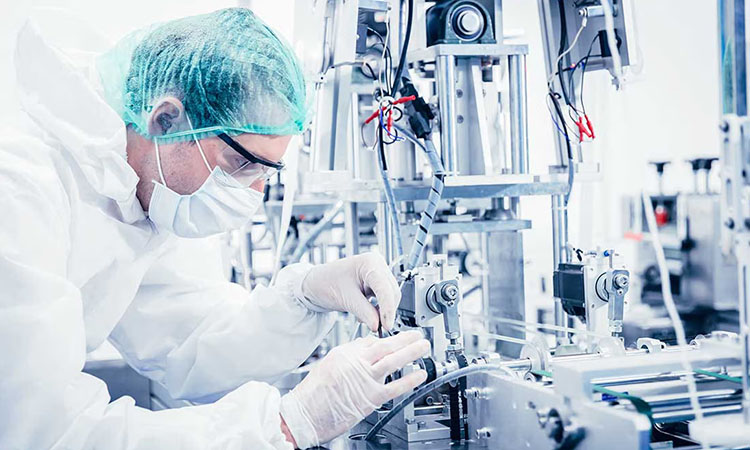
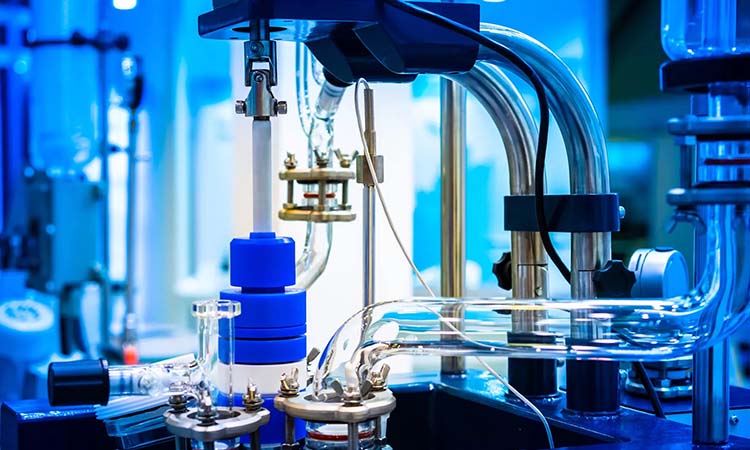

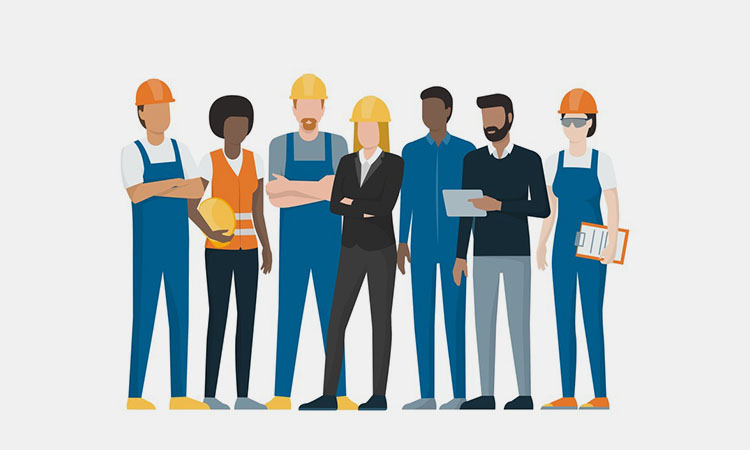
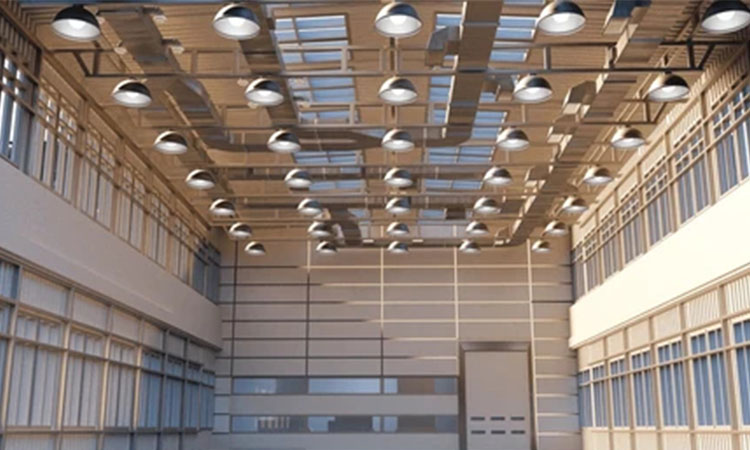
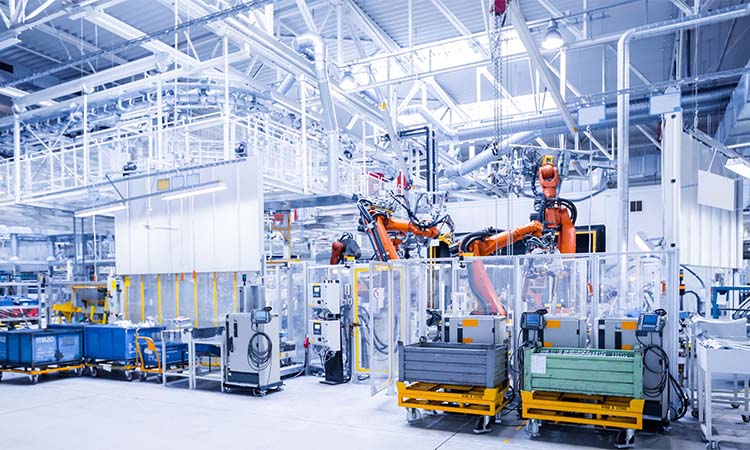

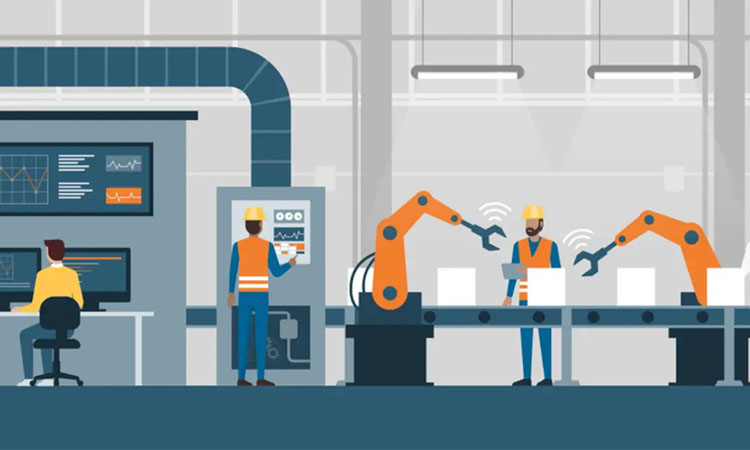



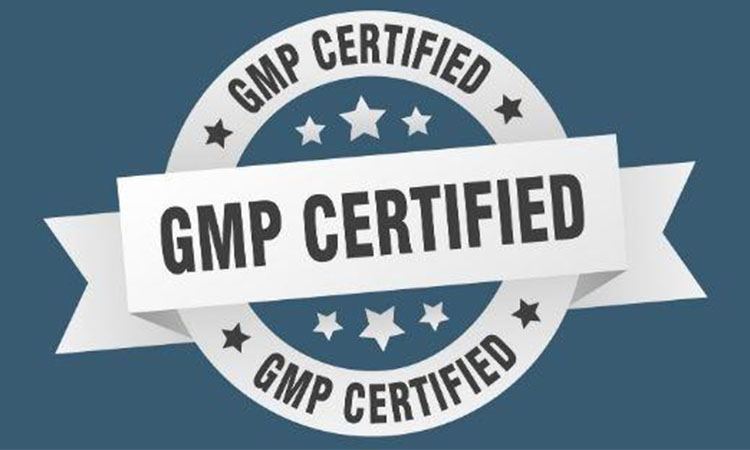



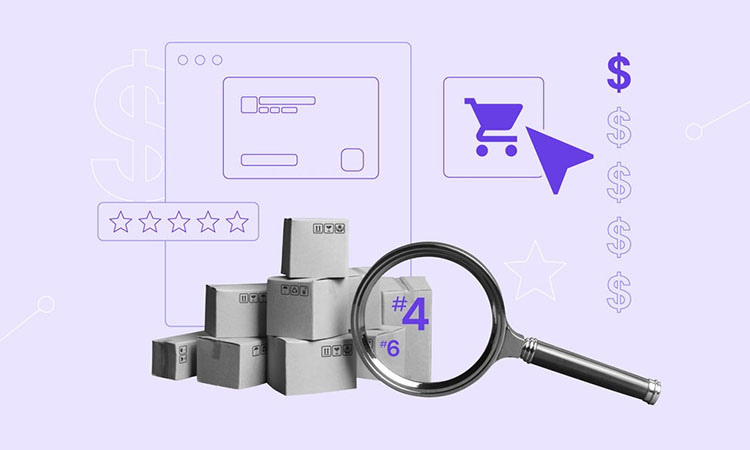








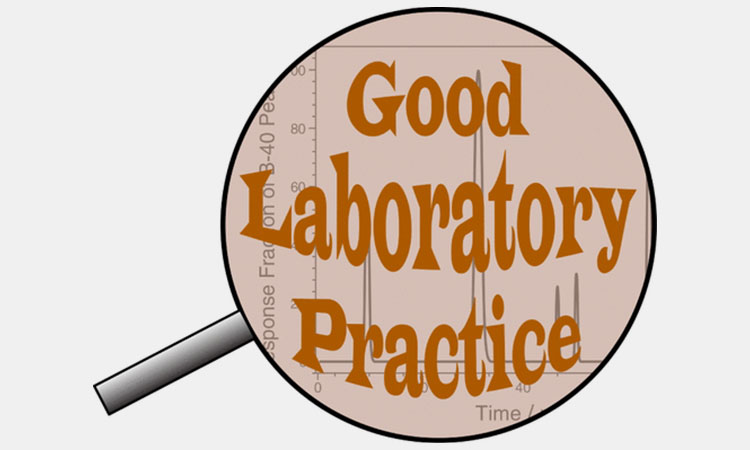

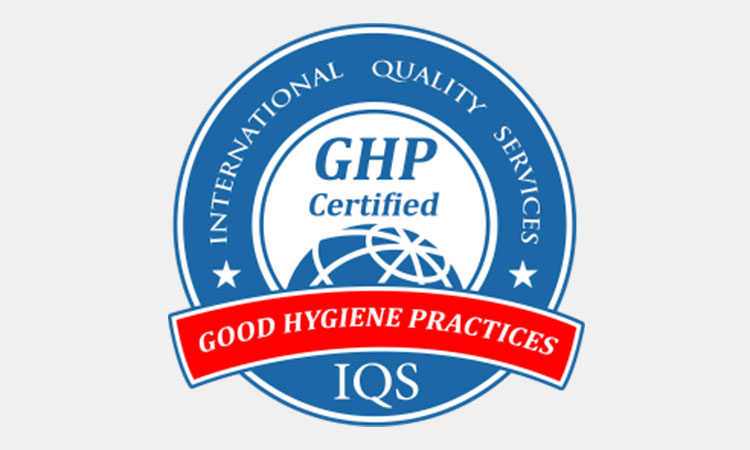
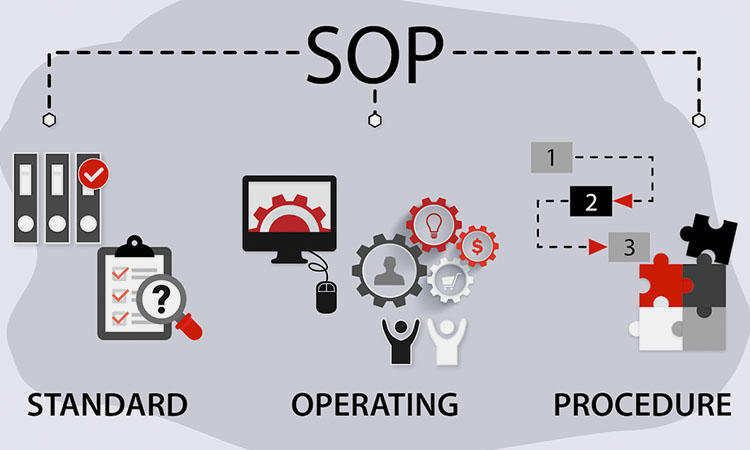

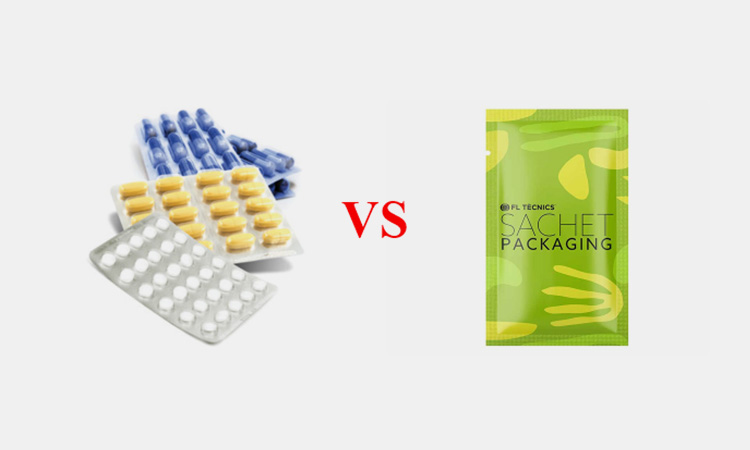
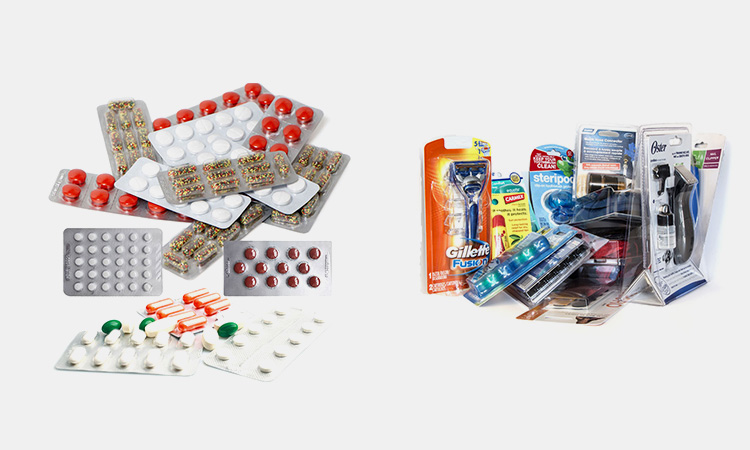
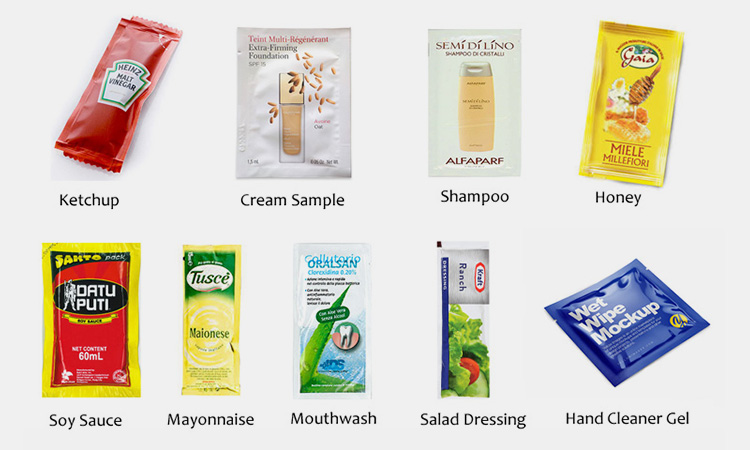

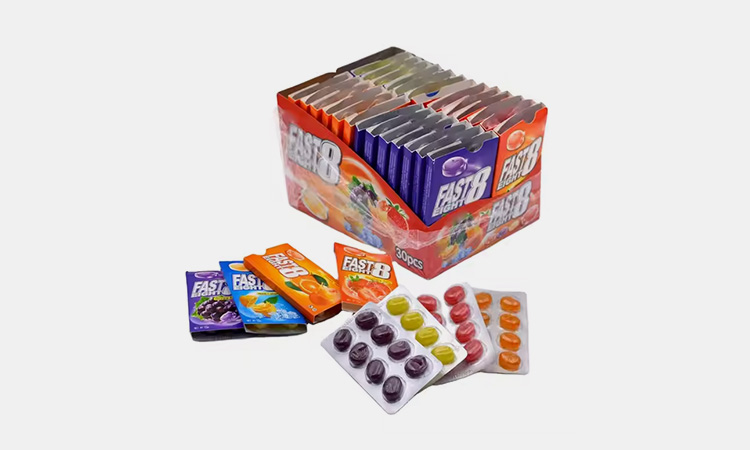
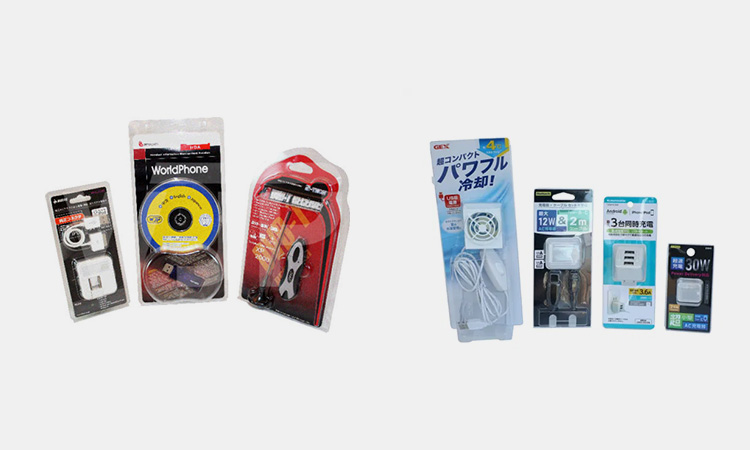
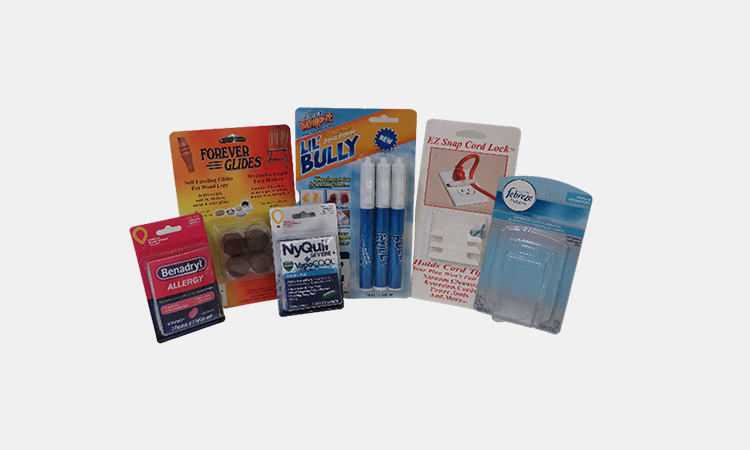
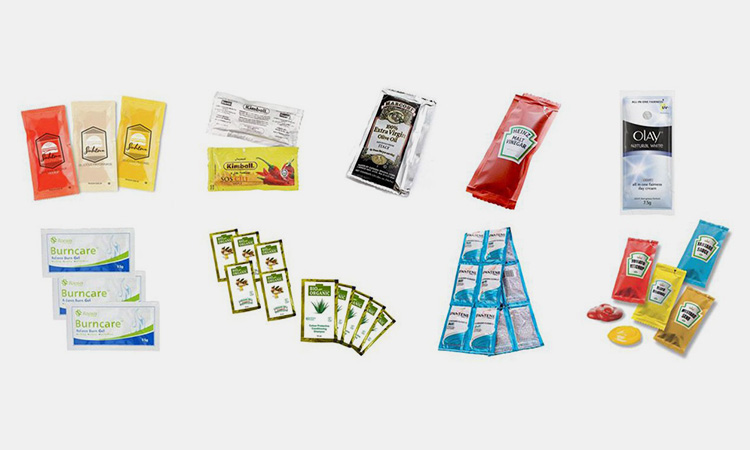
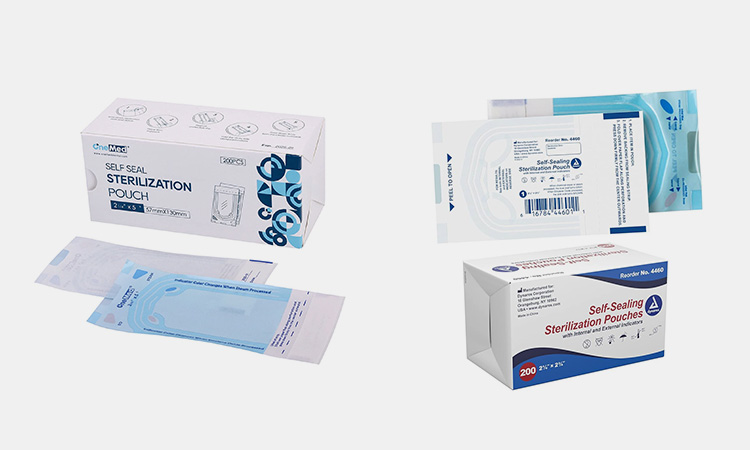
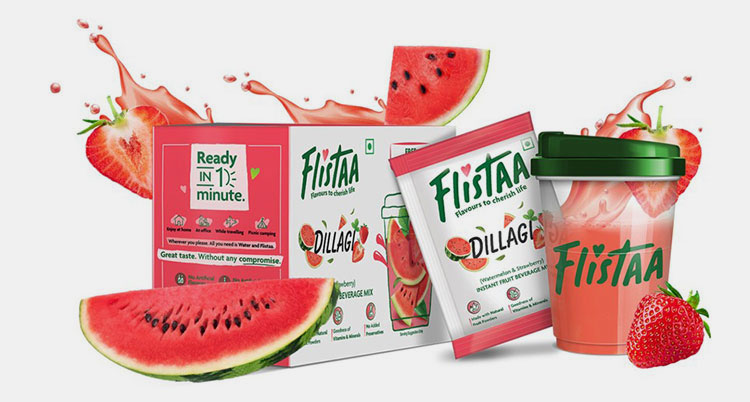

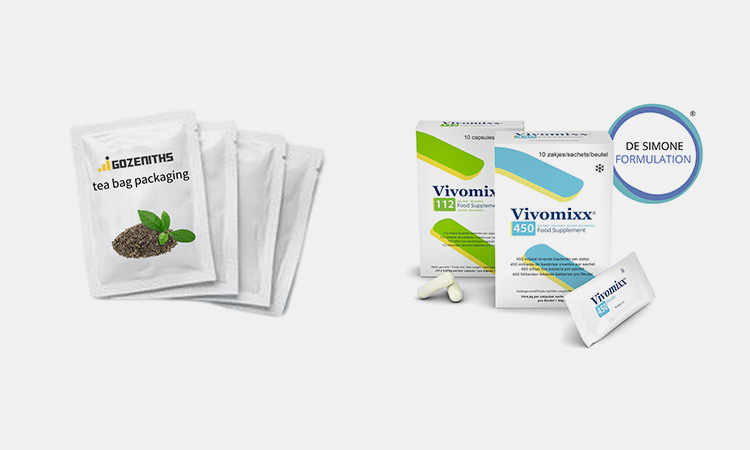
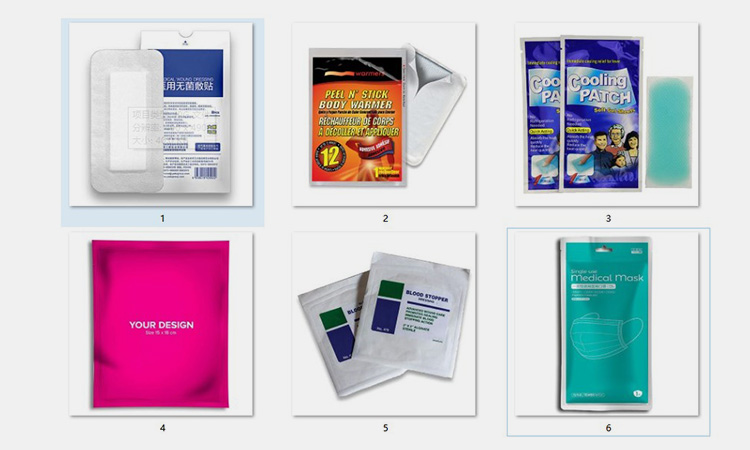
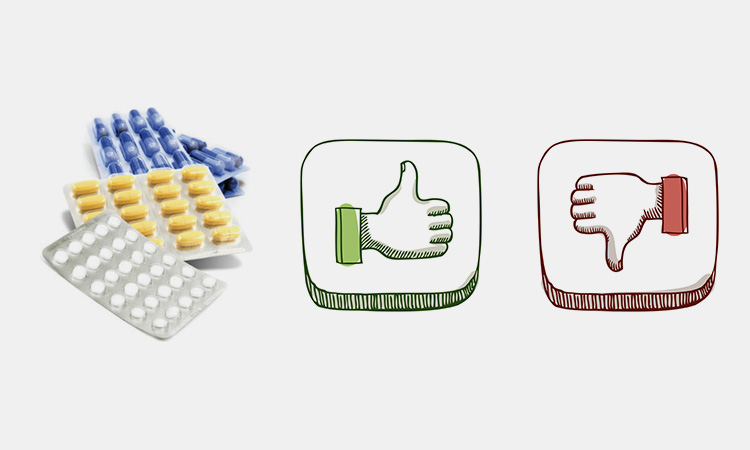

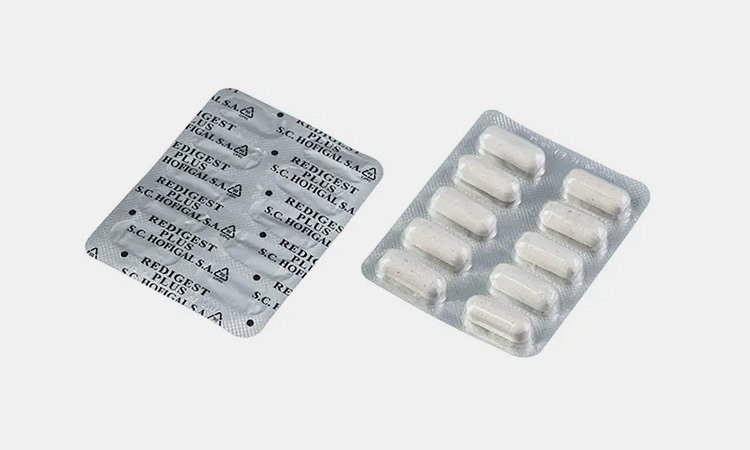
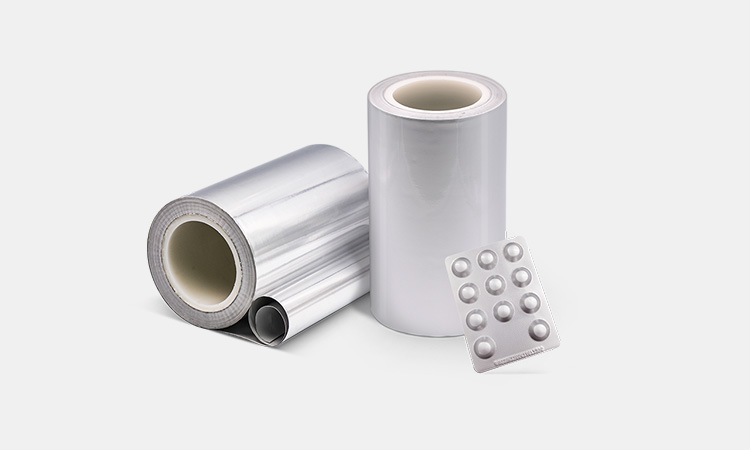
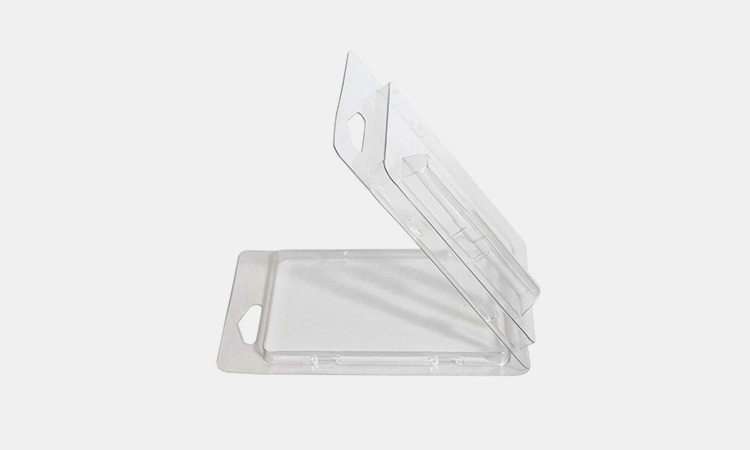
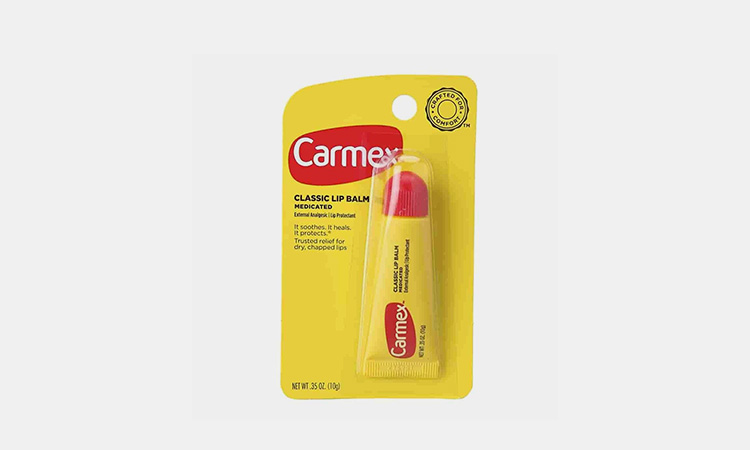
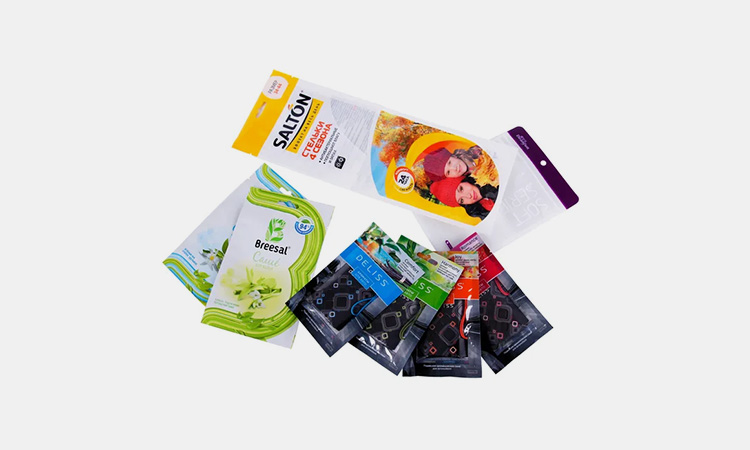
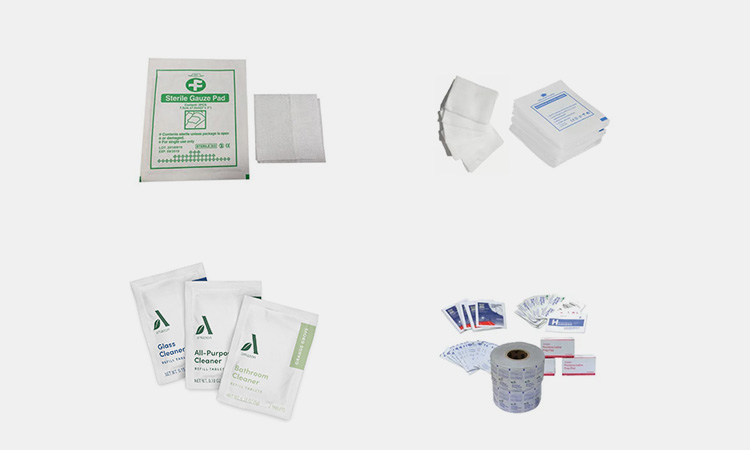
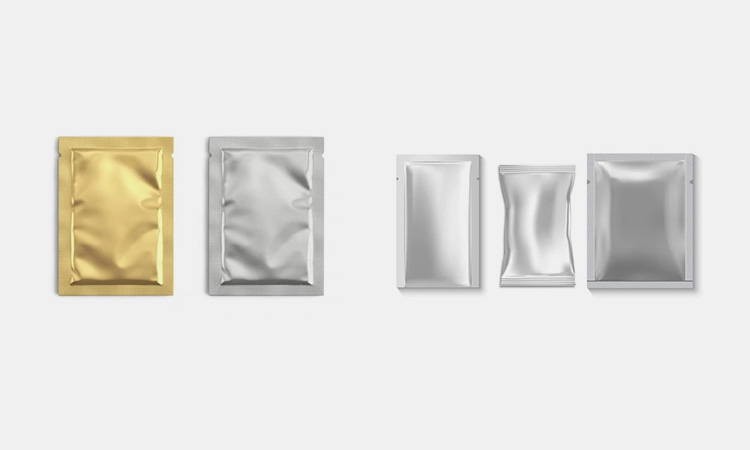
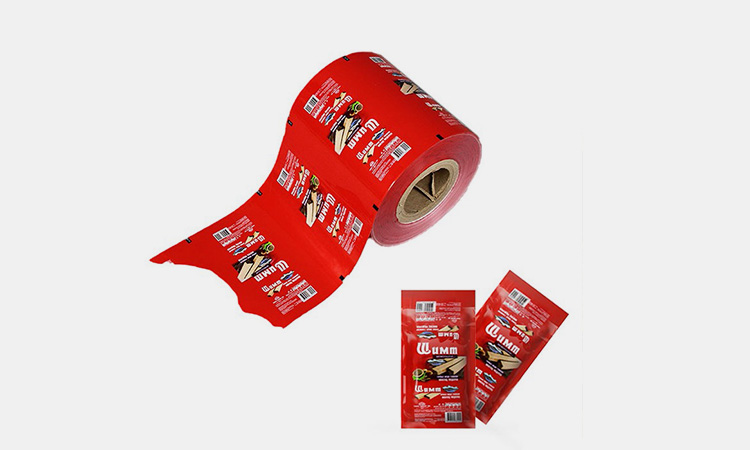

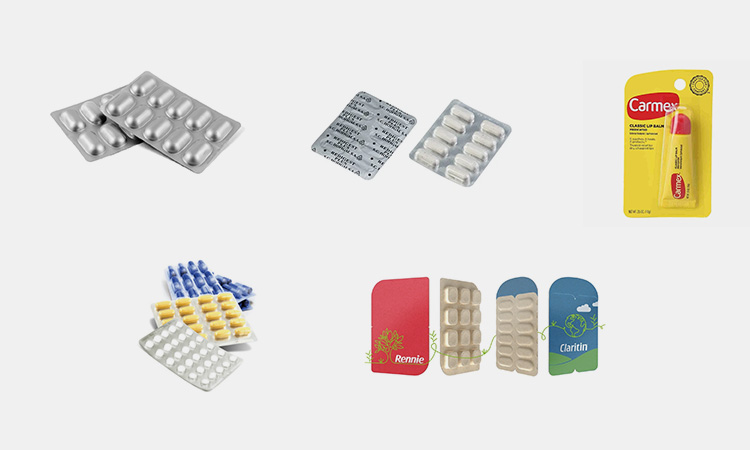
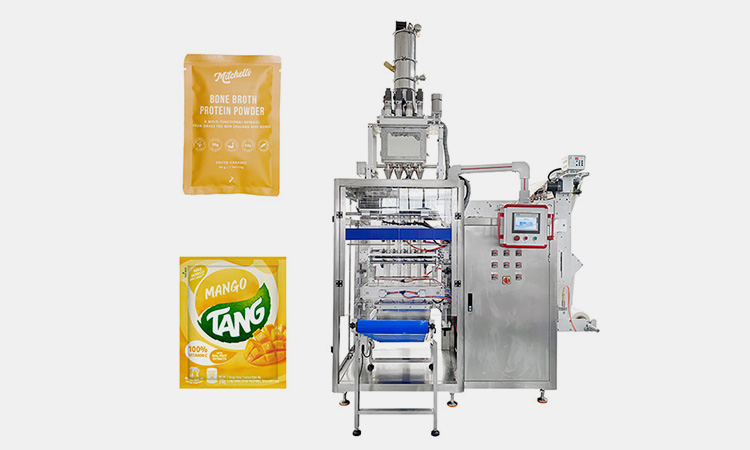
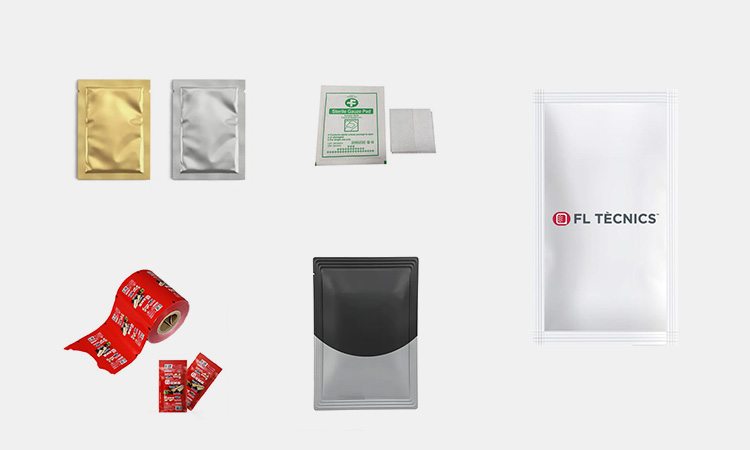
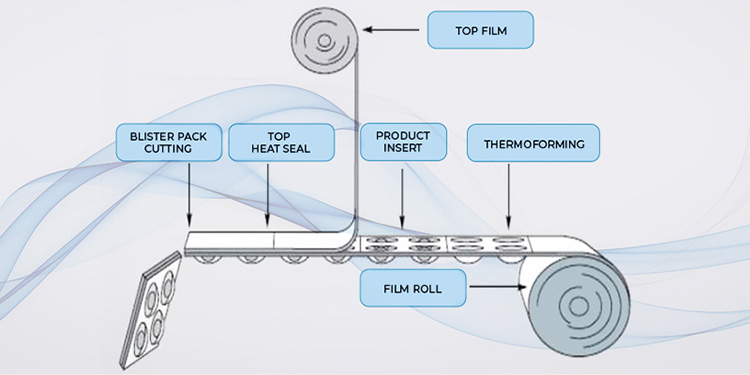
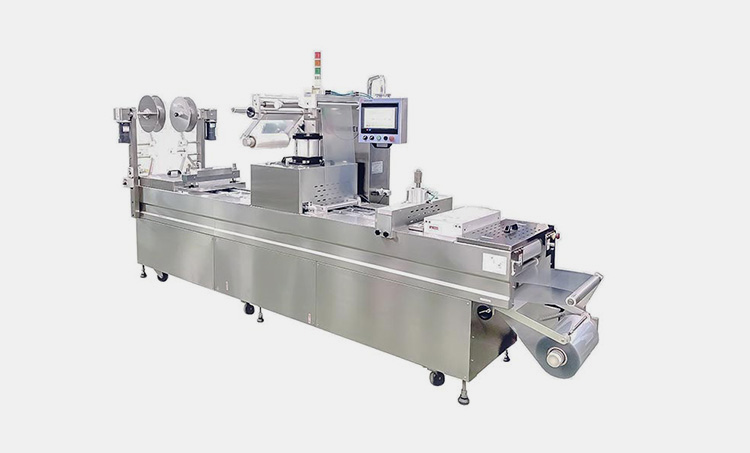 Tell us your material or budget, we'll reply you ASAP within 24 hours
Tell us your material or budget, we'll reply you ASAP within 24 hours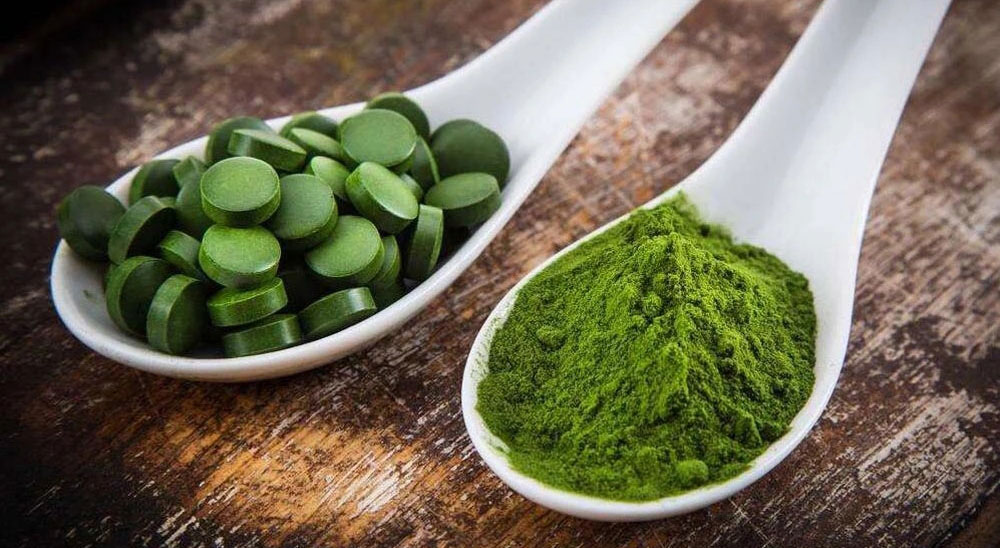

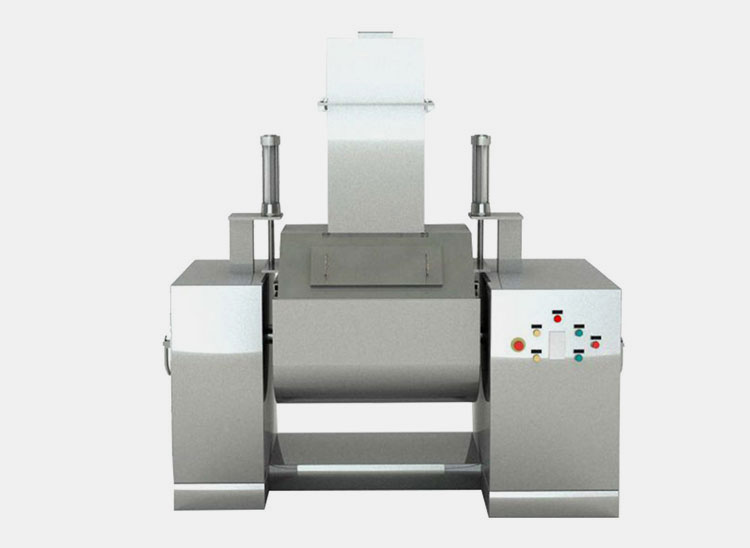
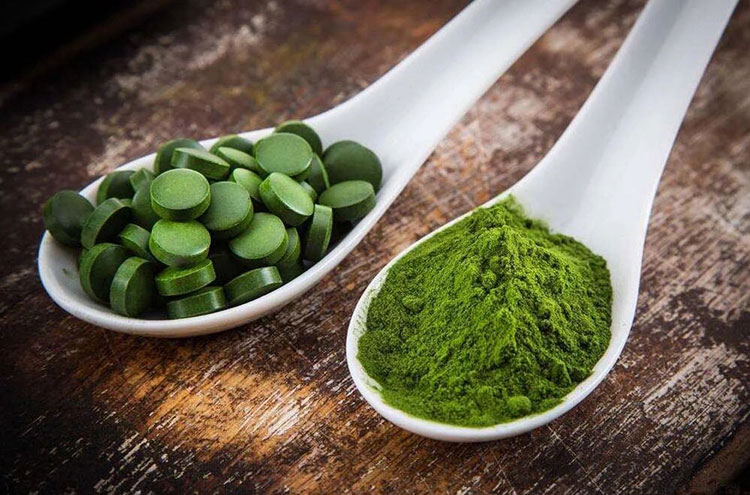

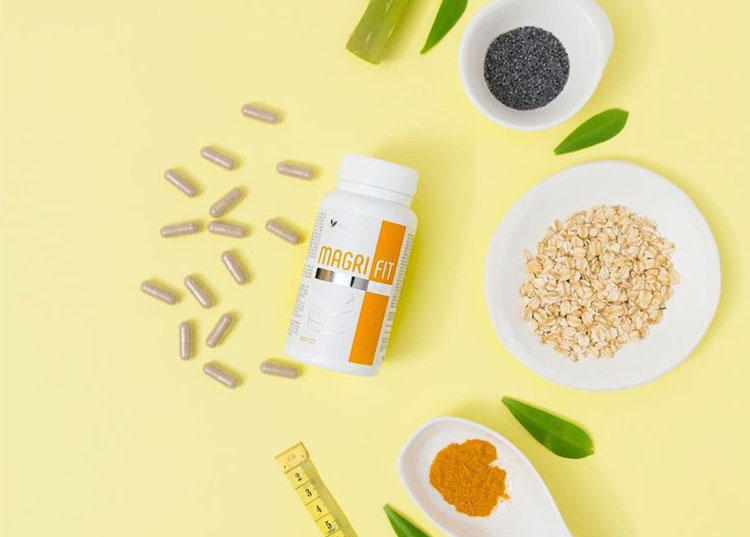
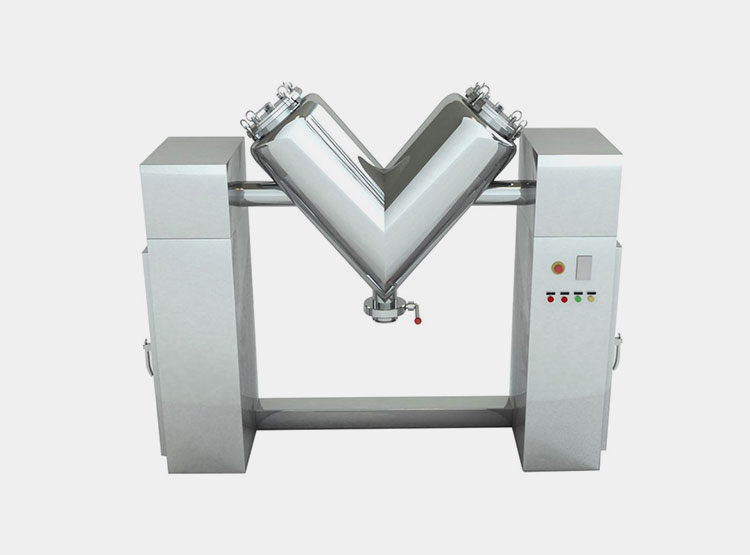

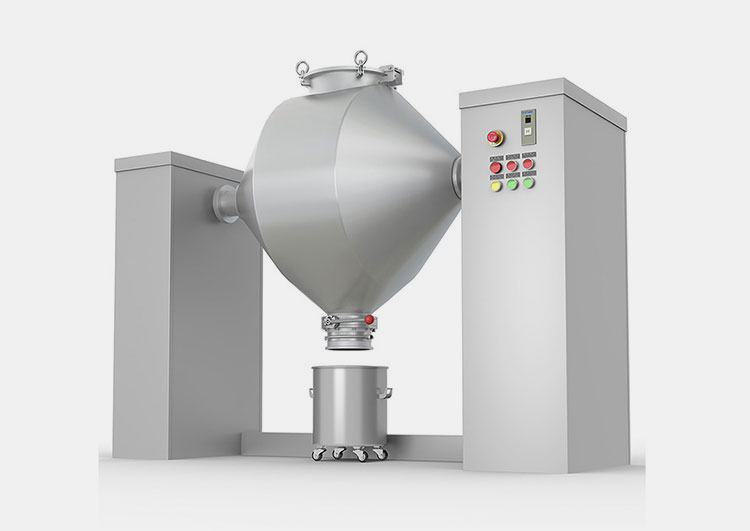
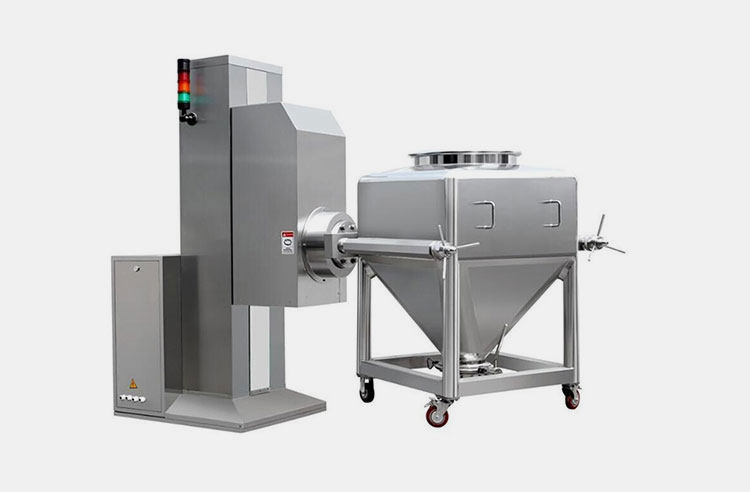
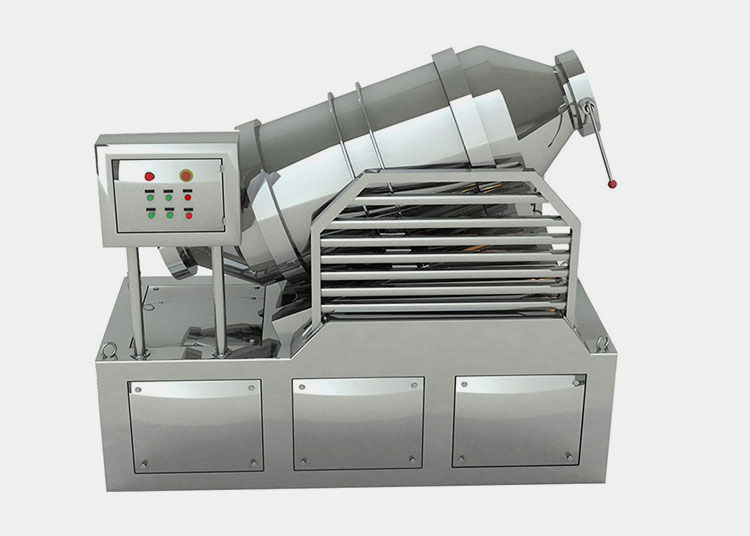
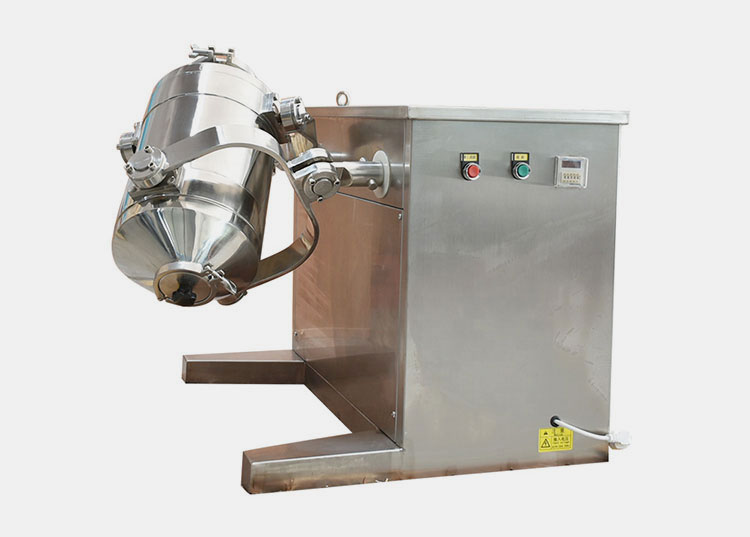
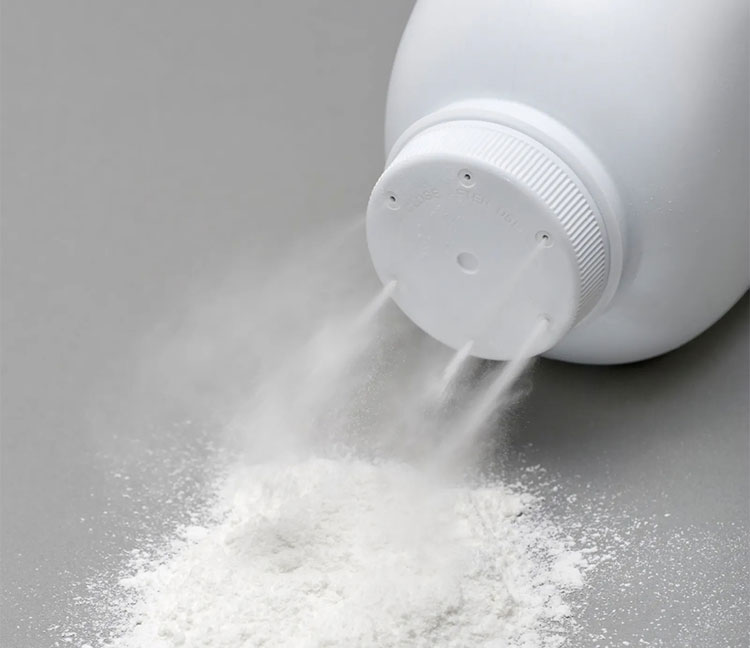
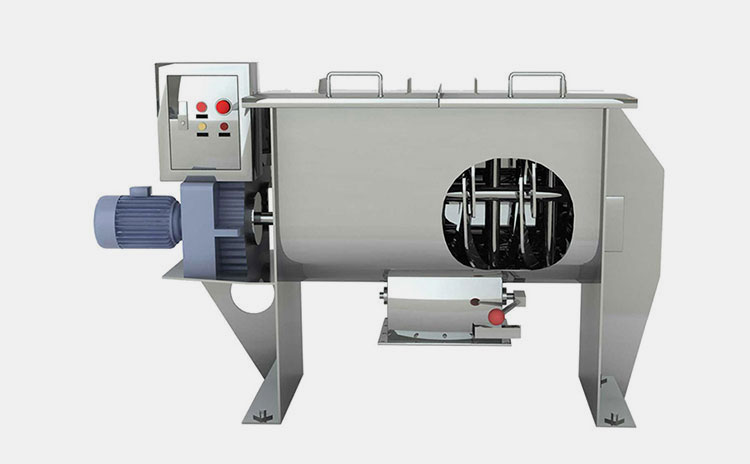
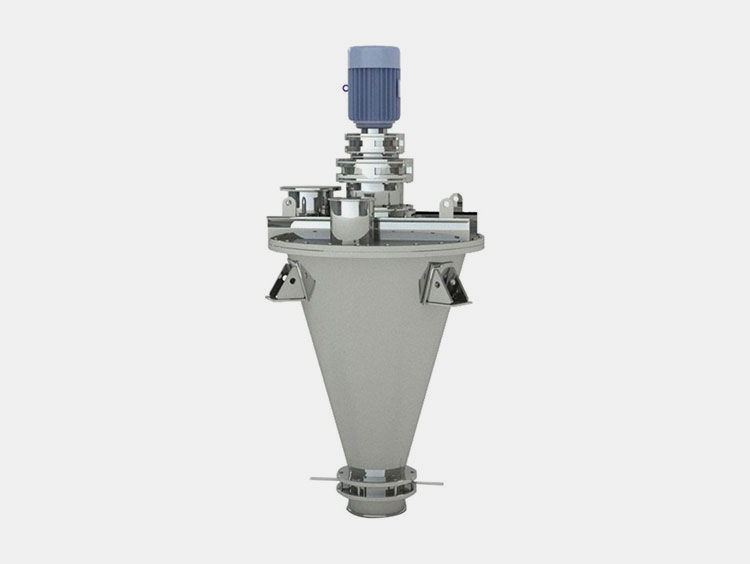
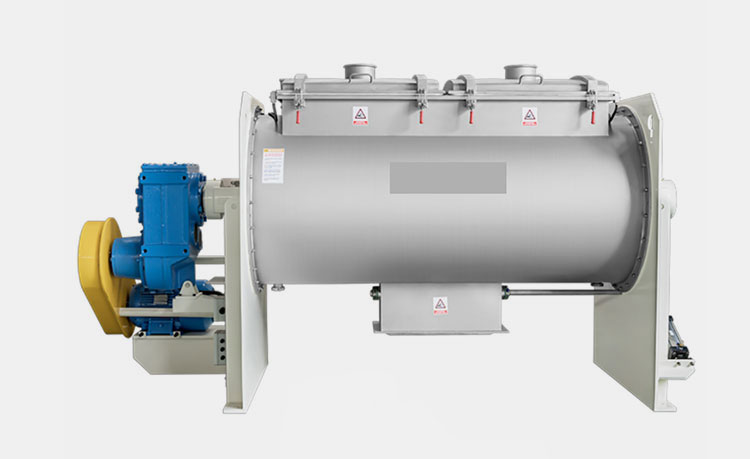
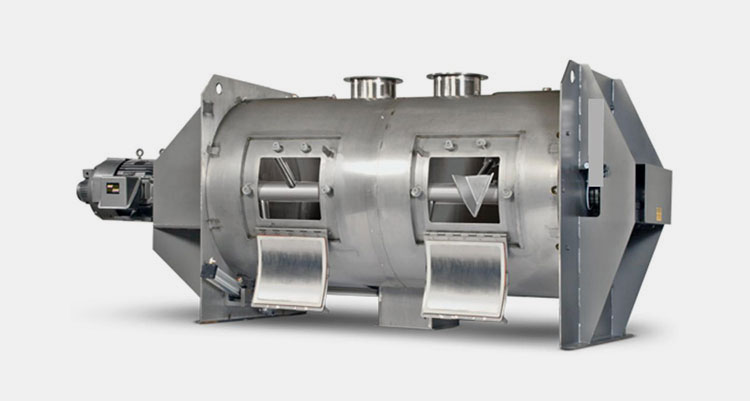
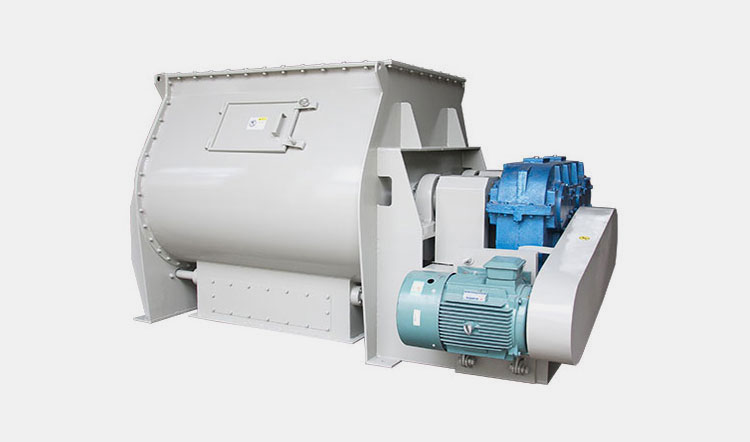
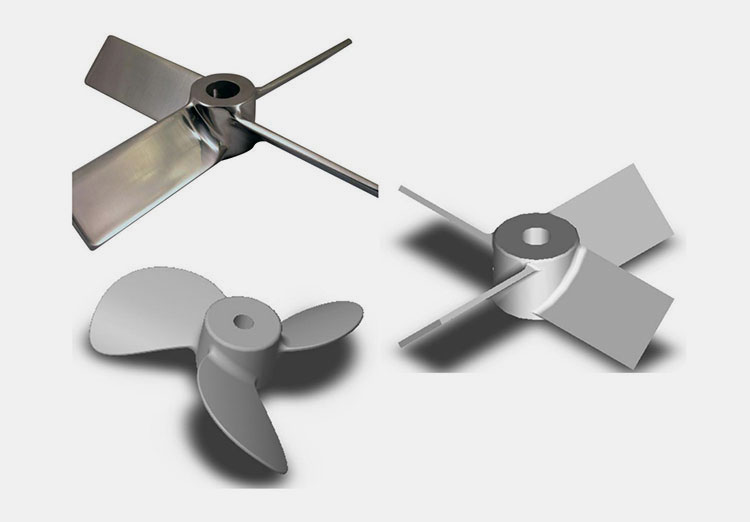
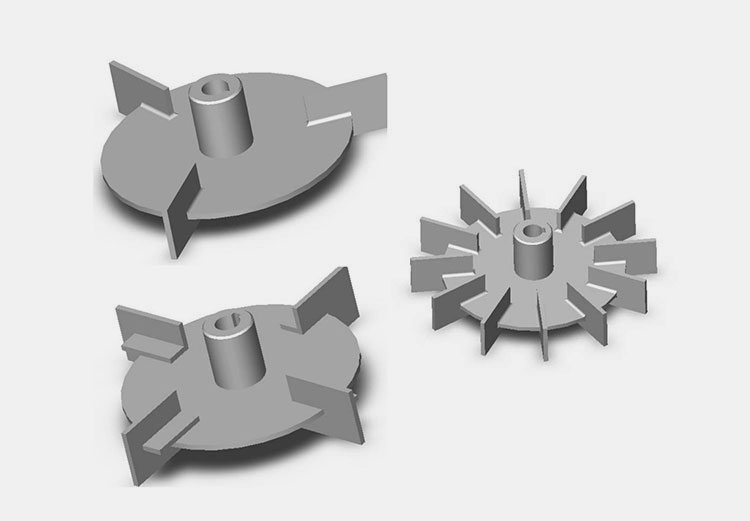

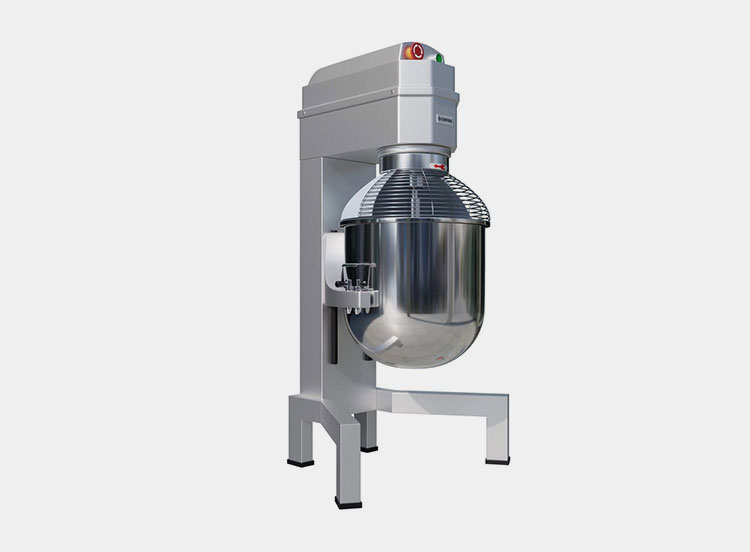
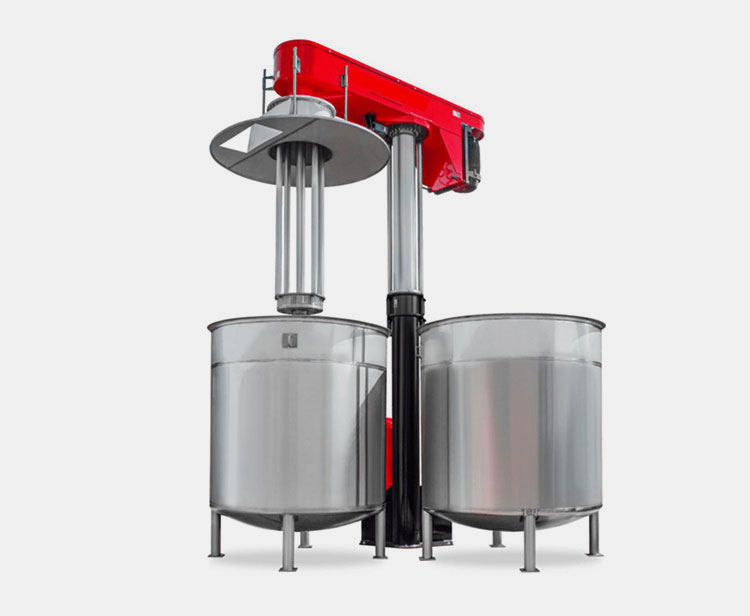
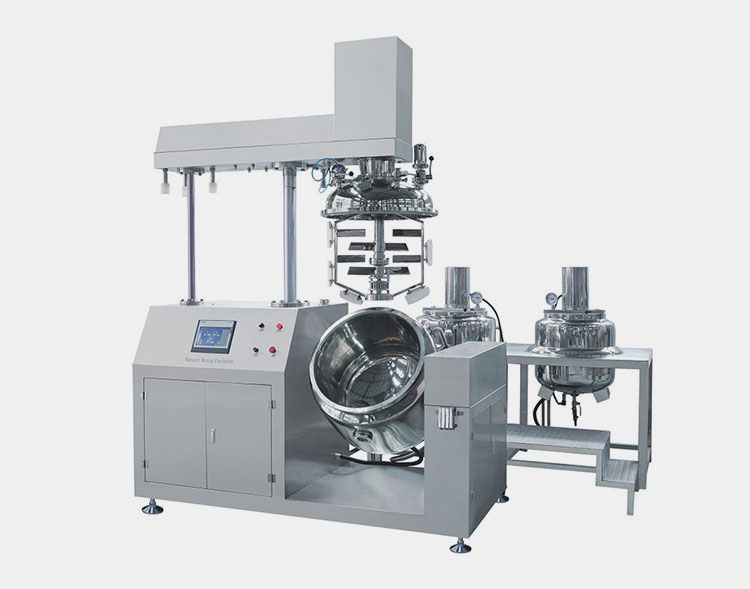
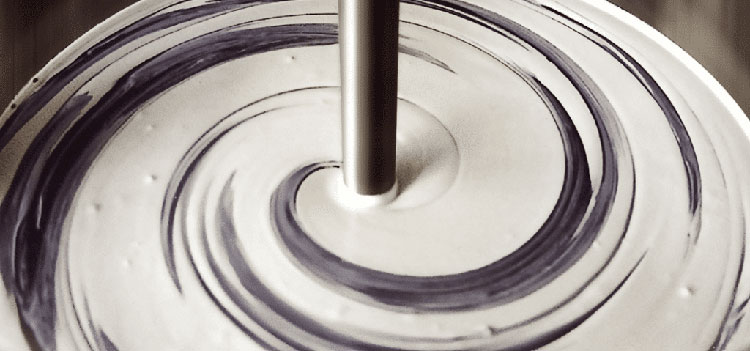
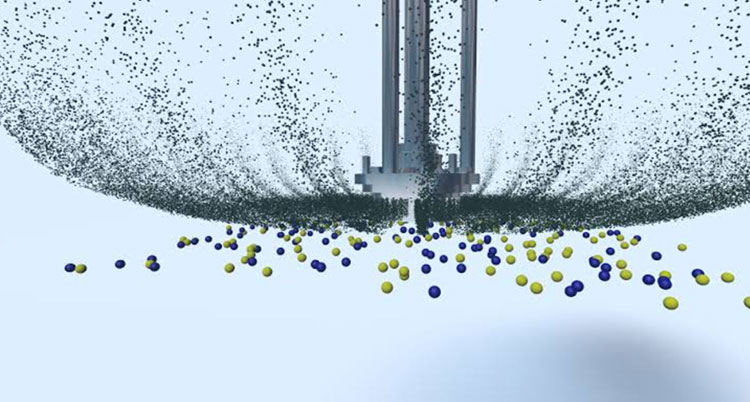
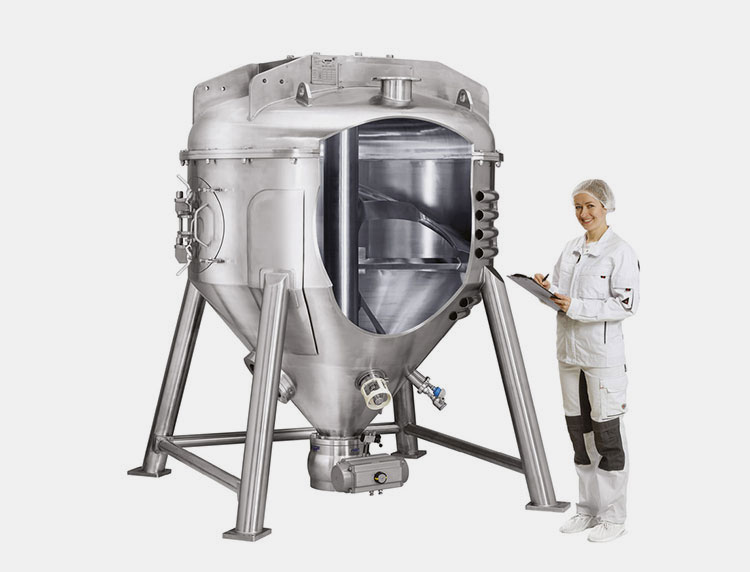
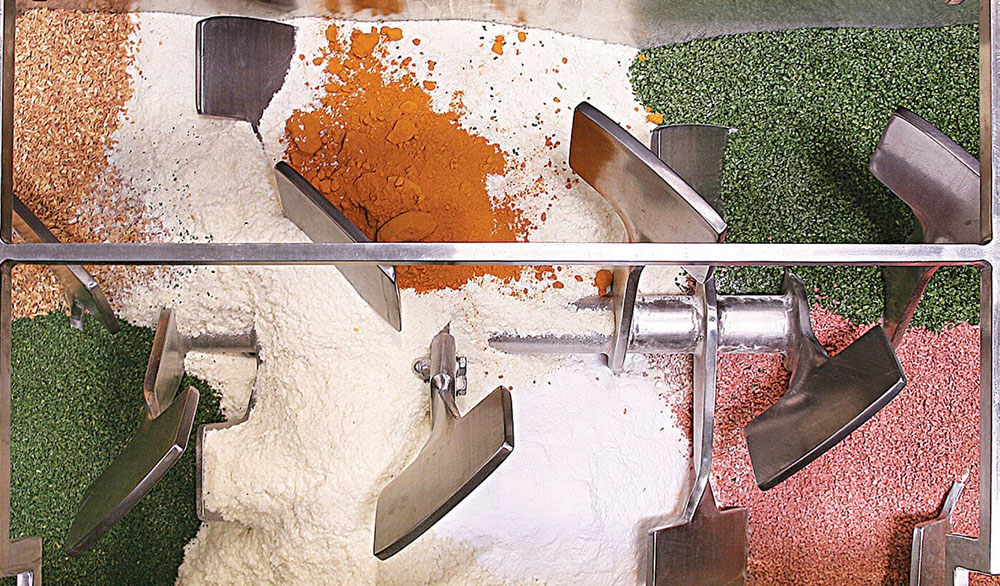
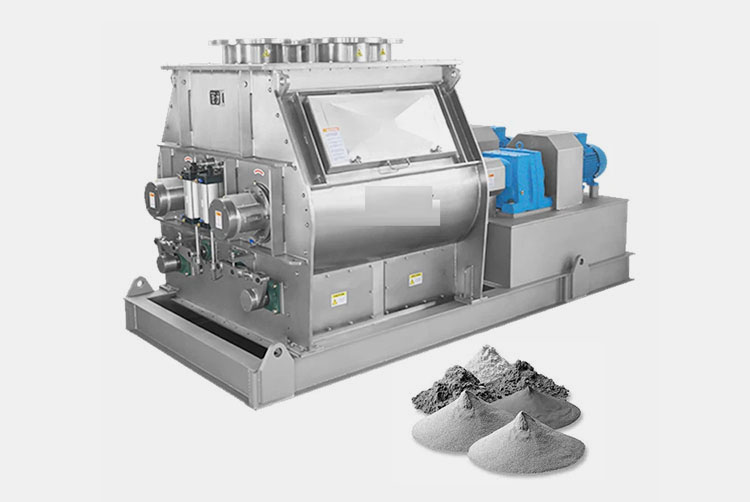
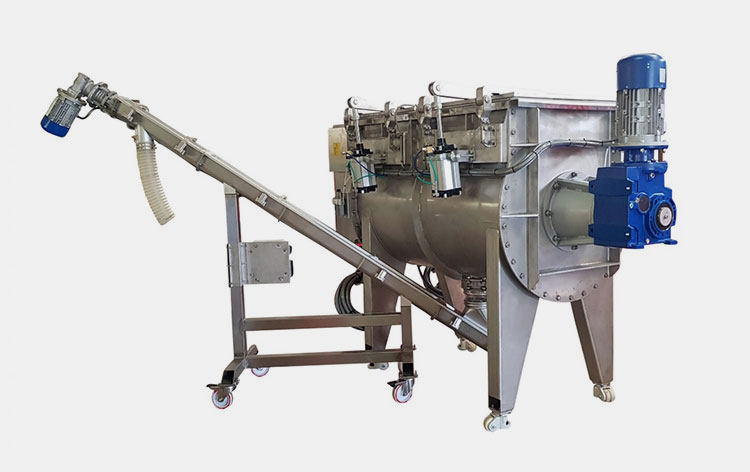
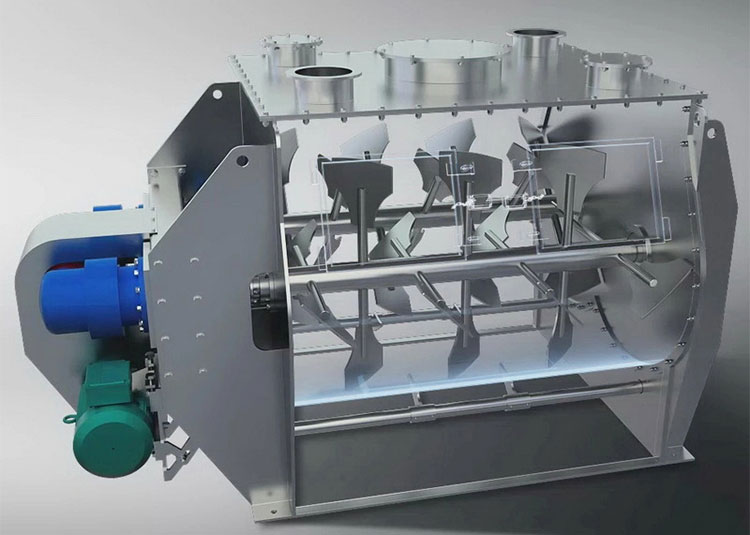
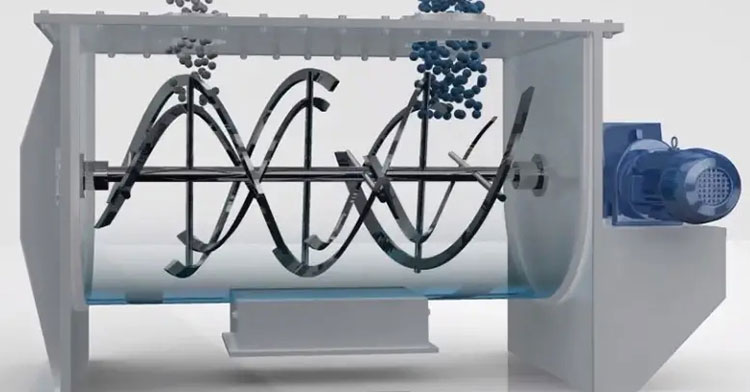
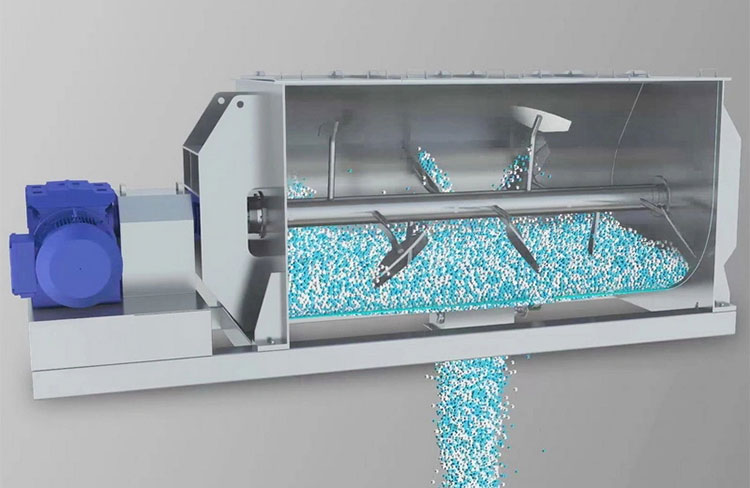
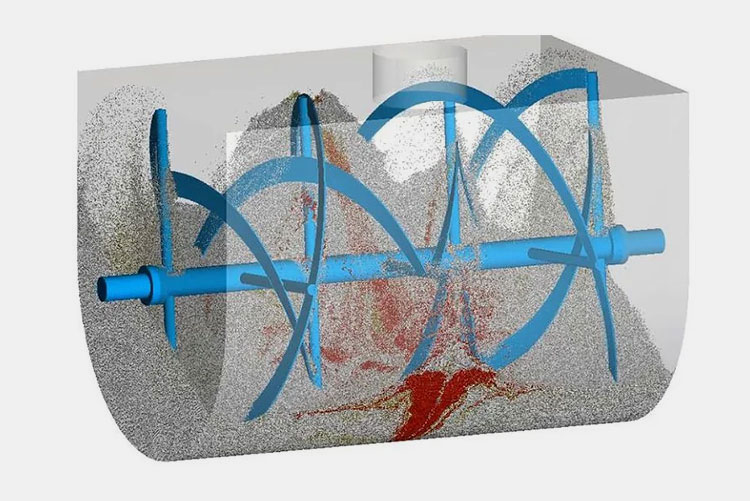
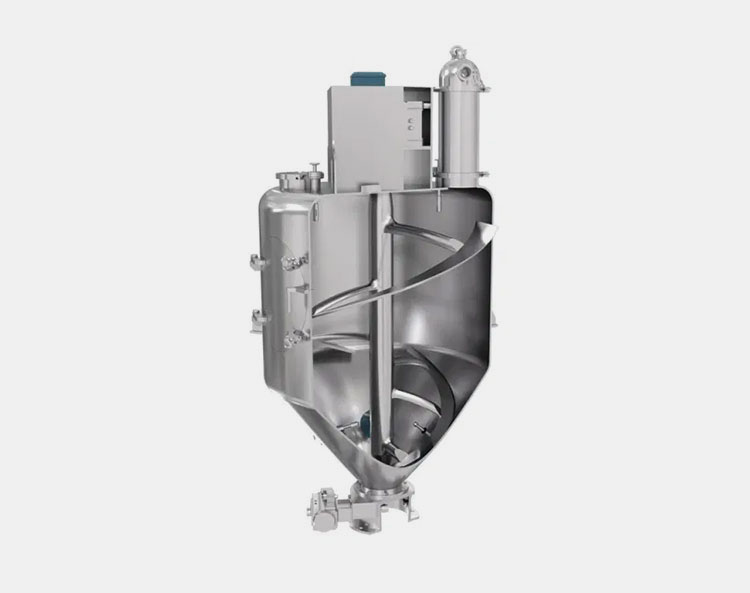
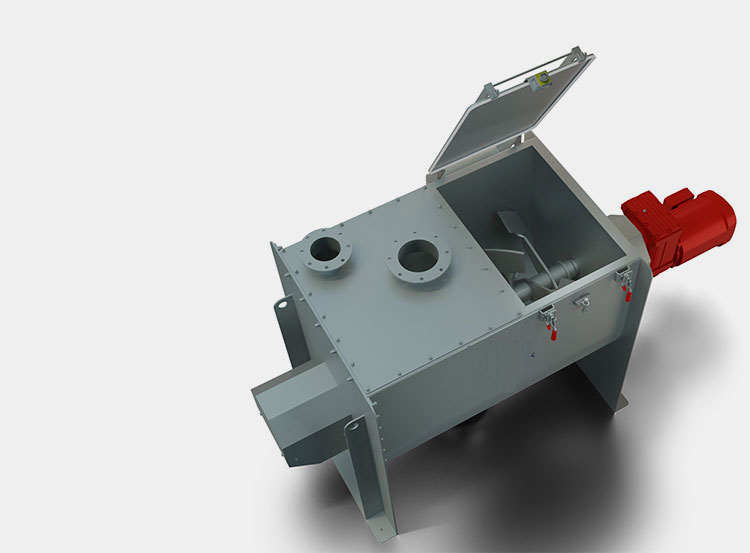
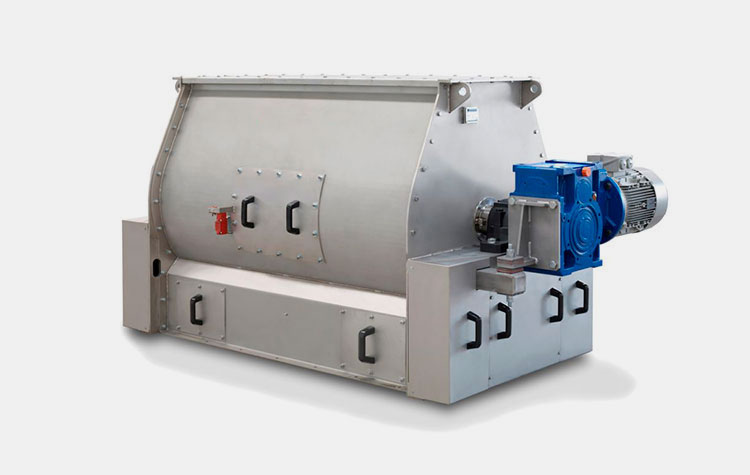
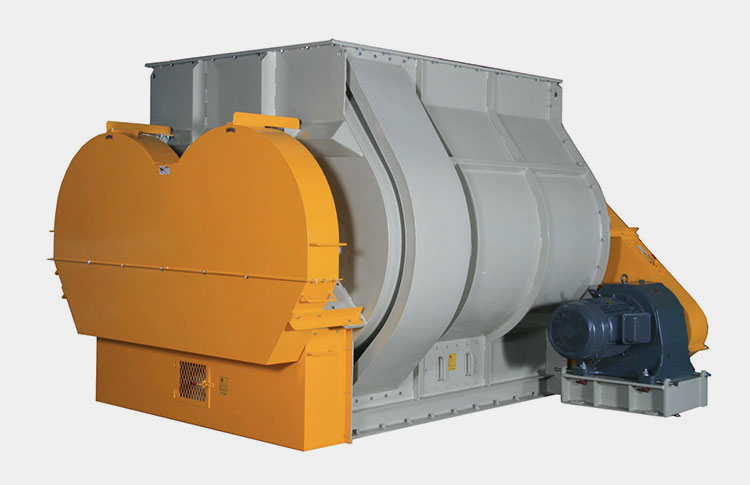
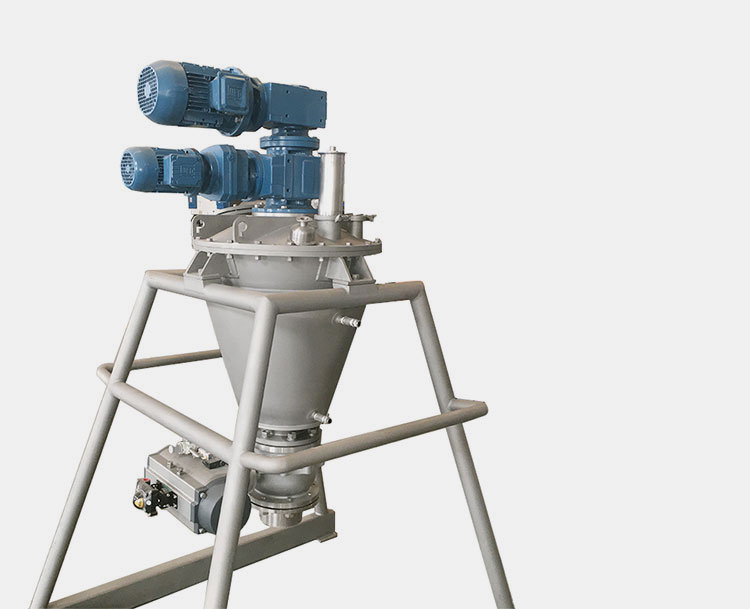
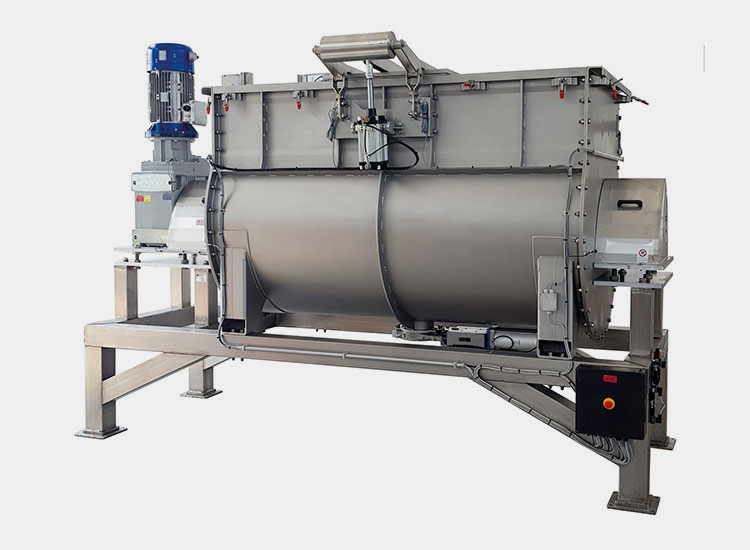
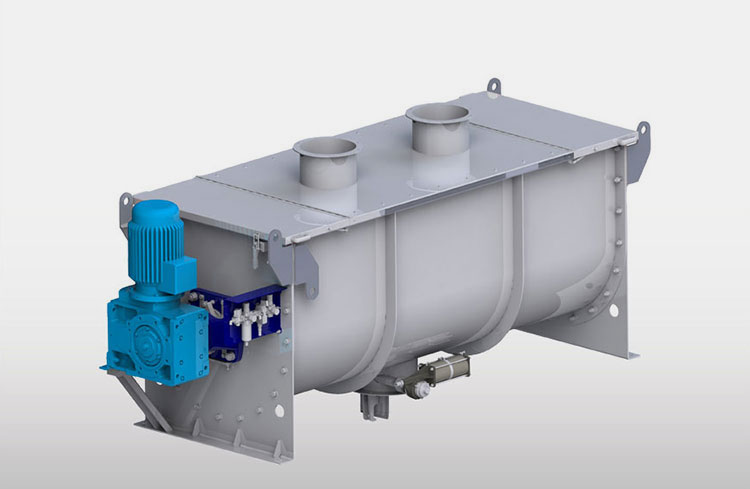
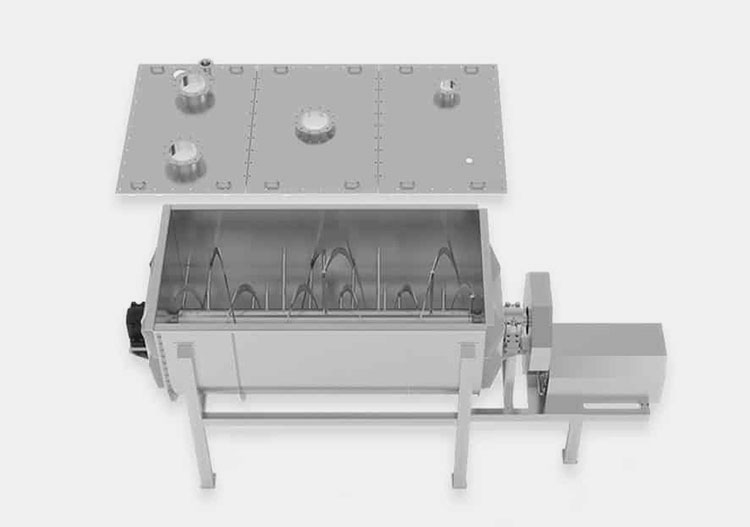
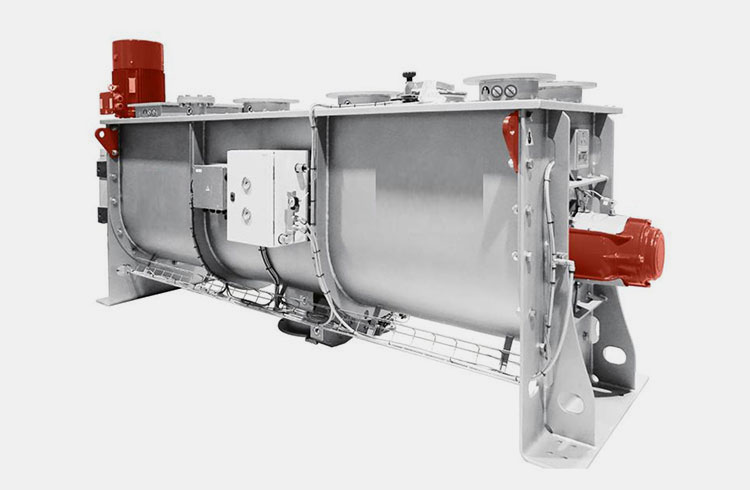
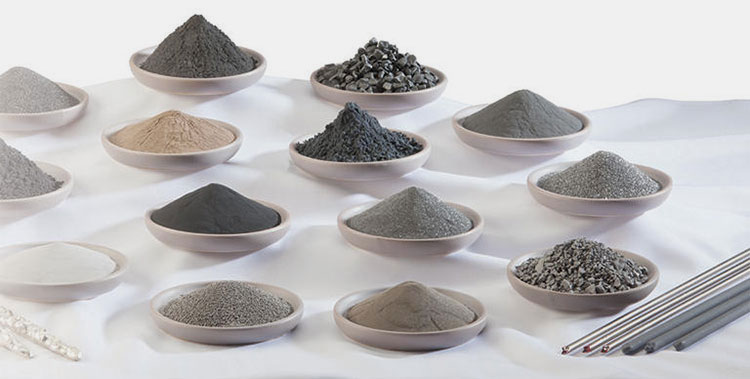

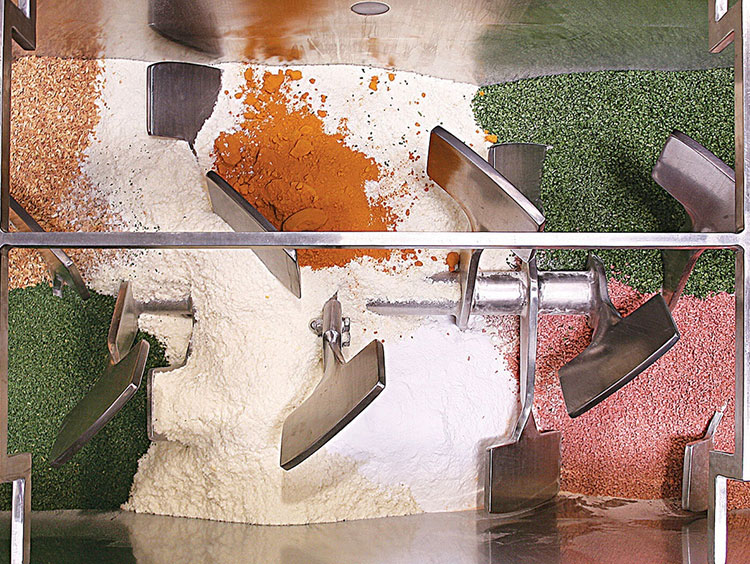

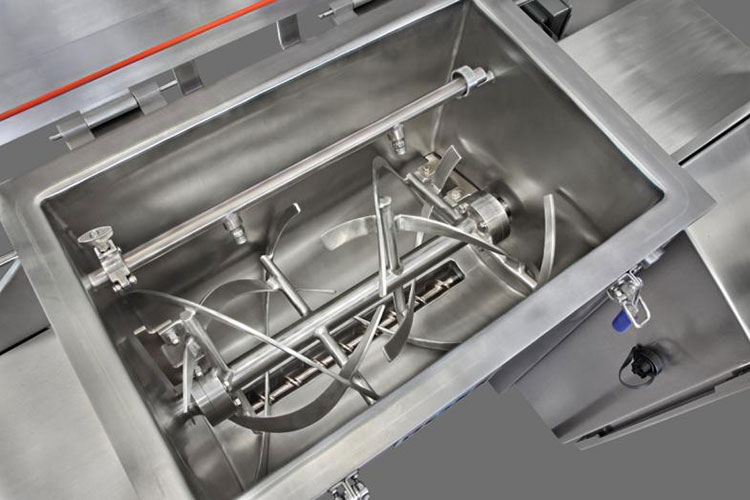
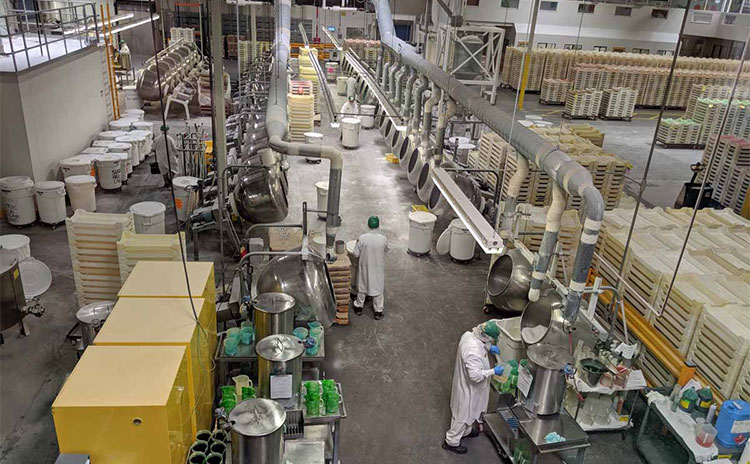
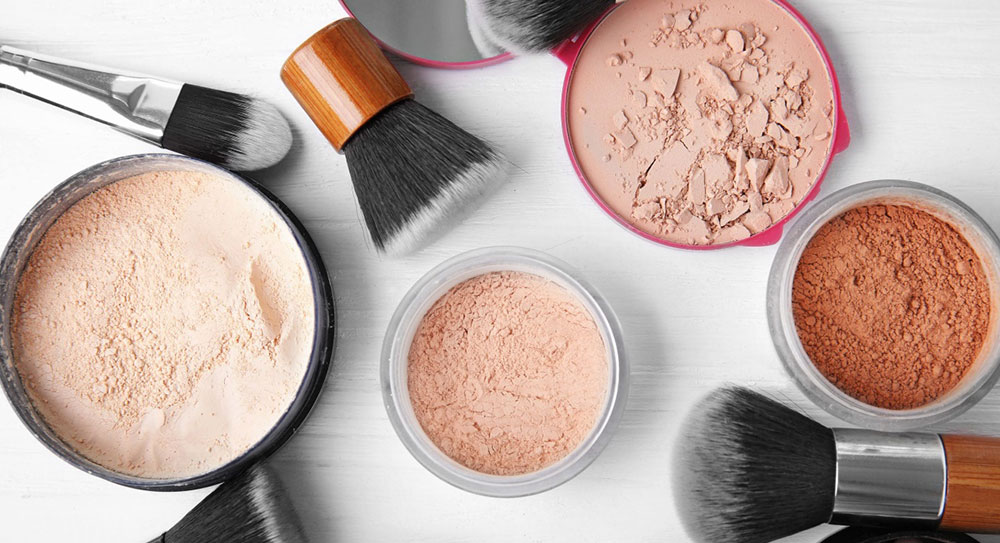
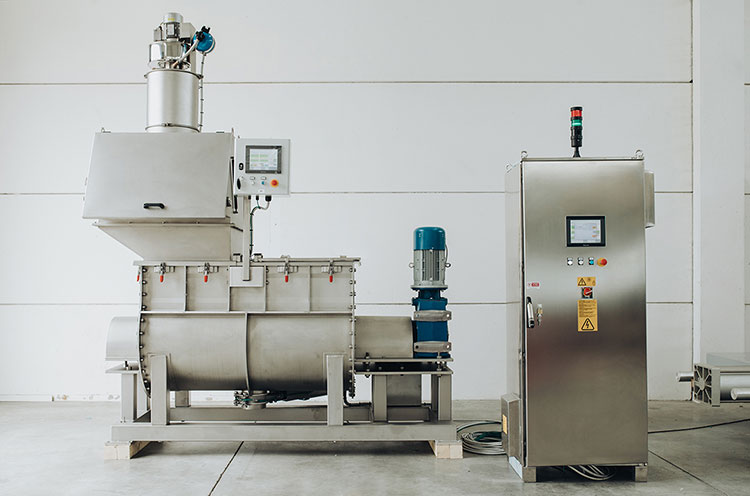
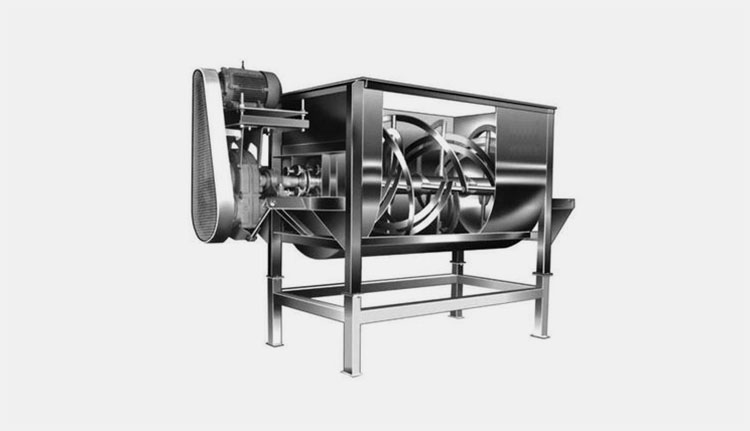
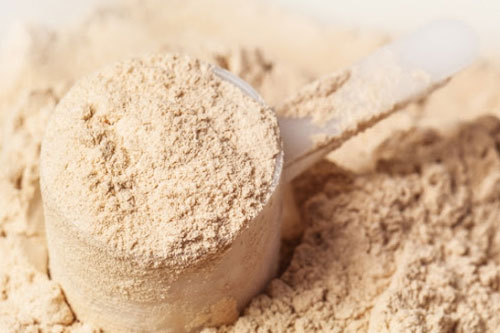
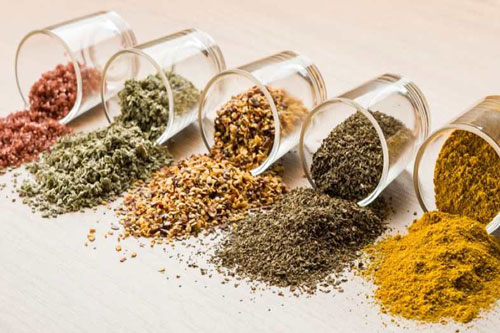
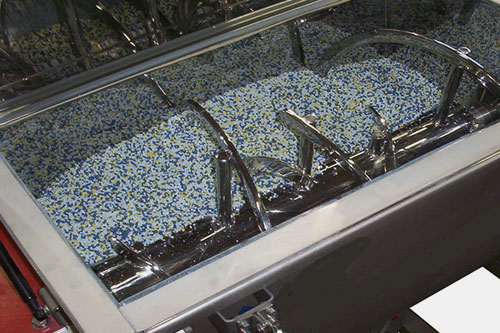
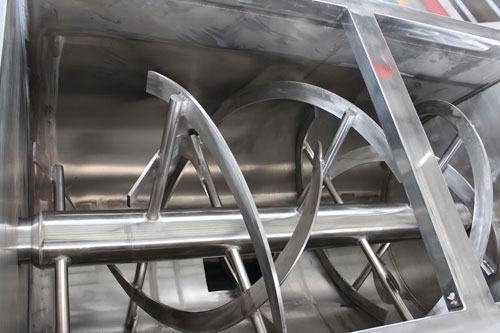
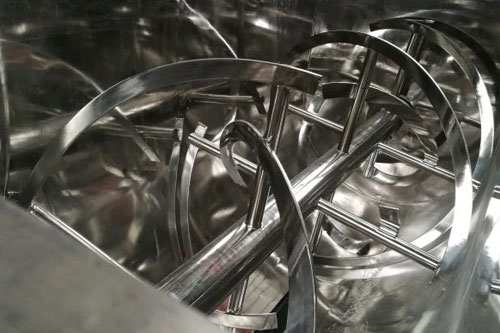
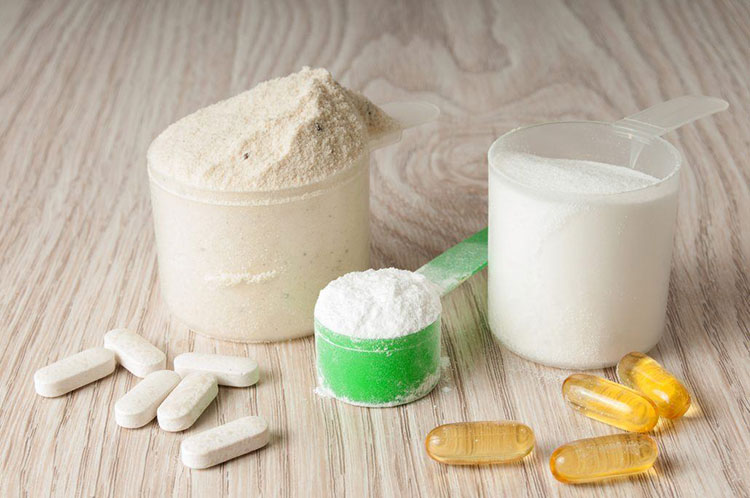
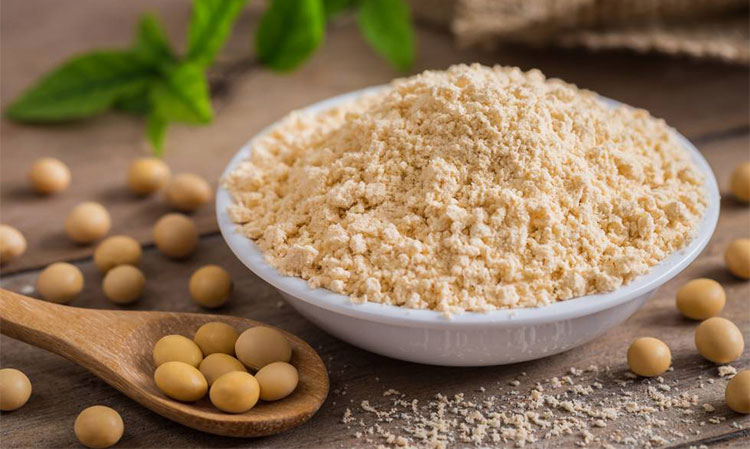
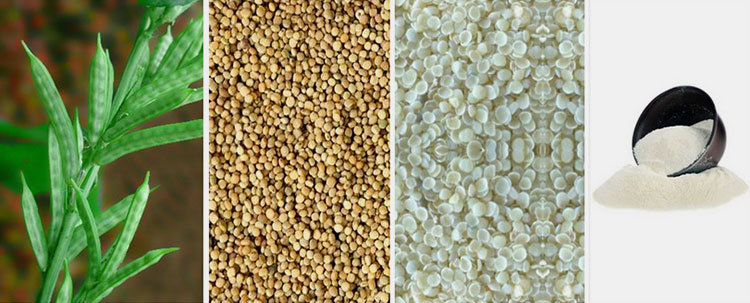

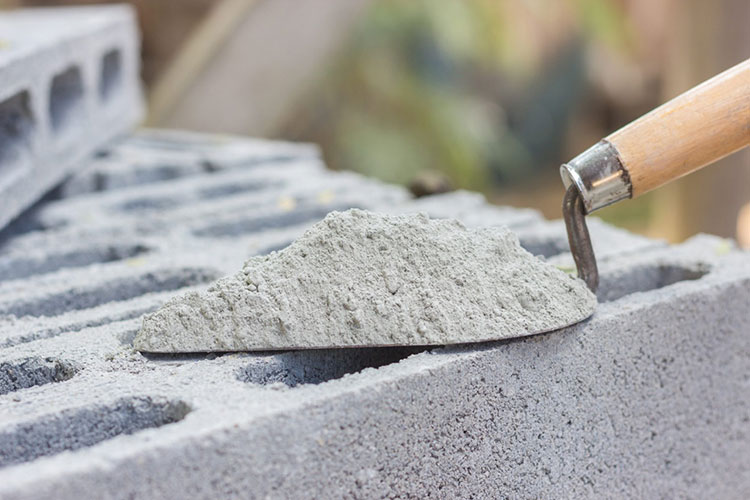
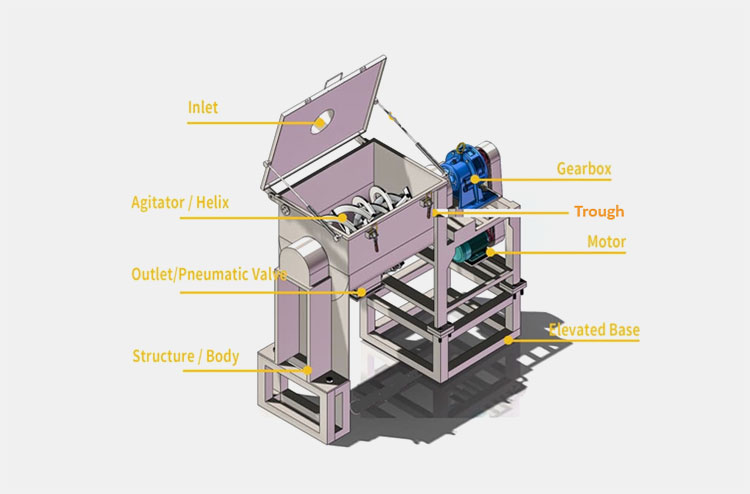
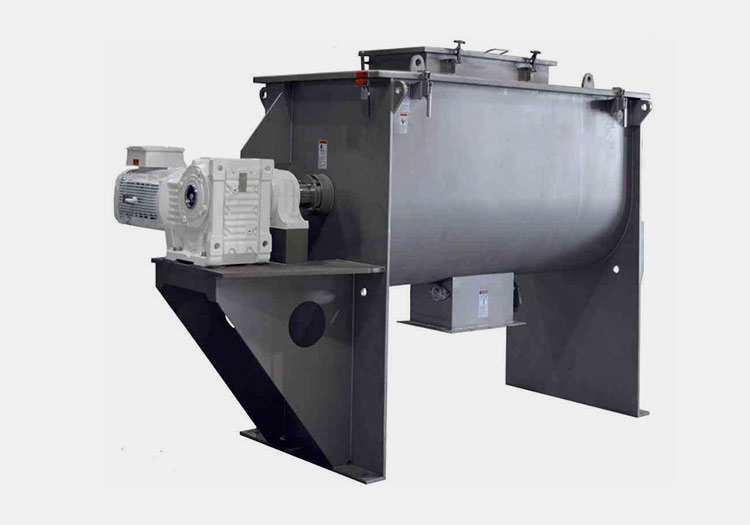
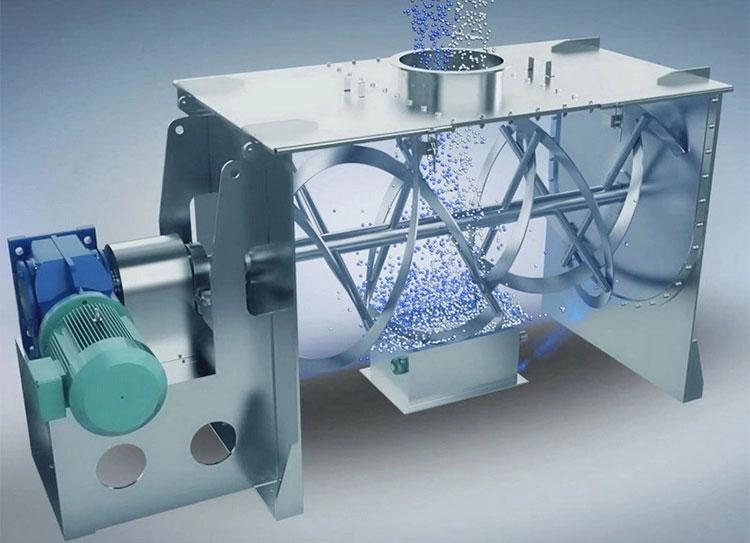
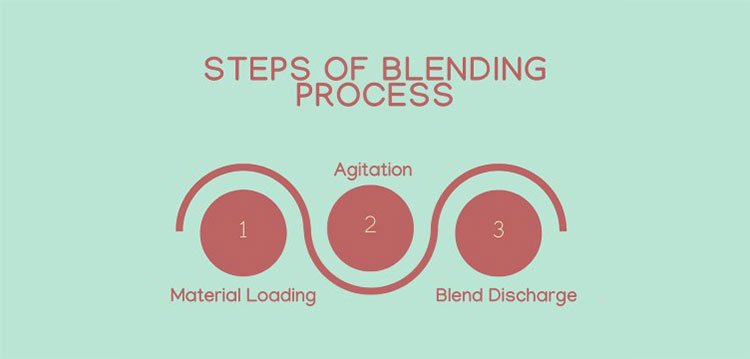
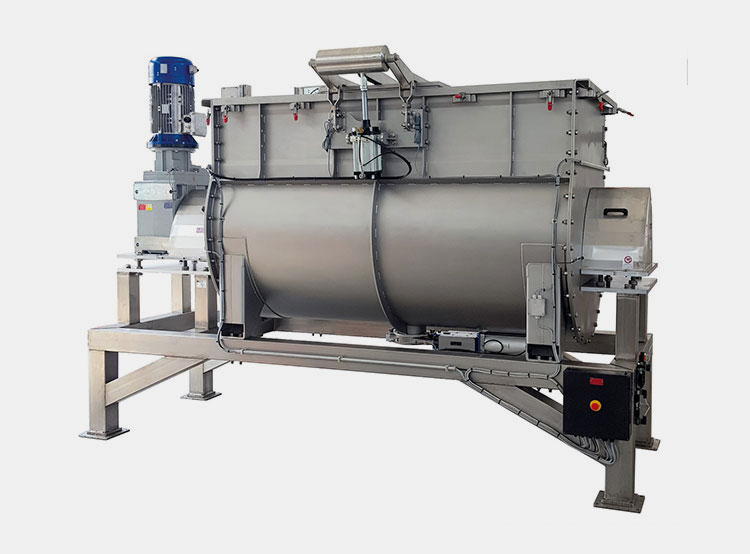
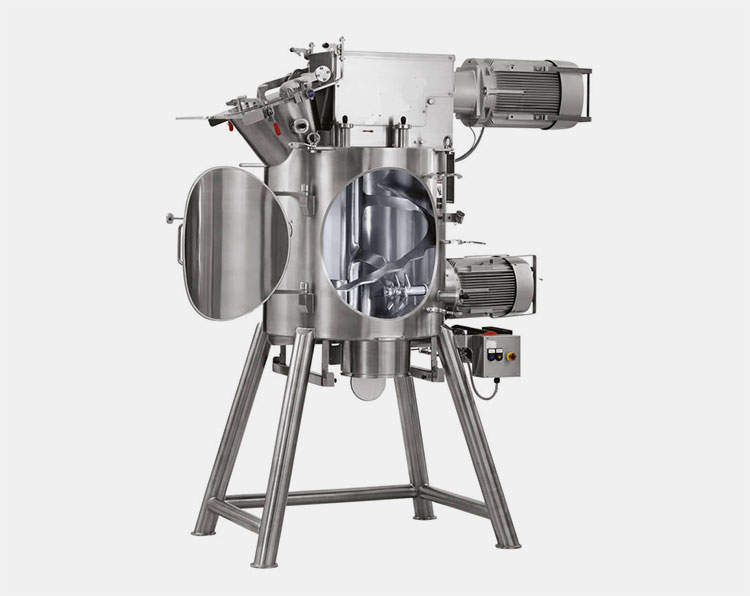
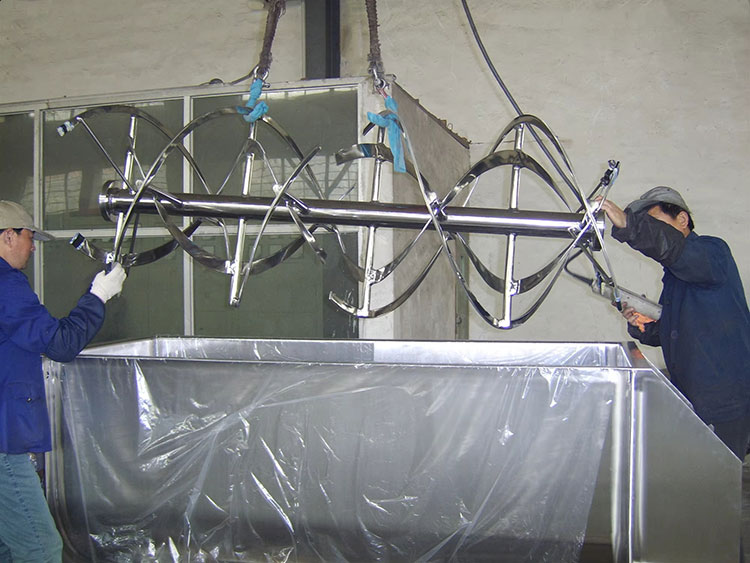
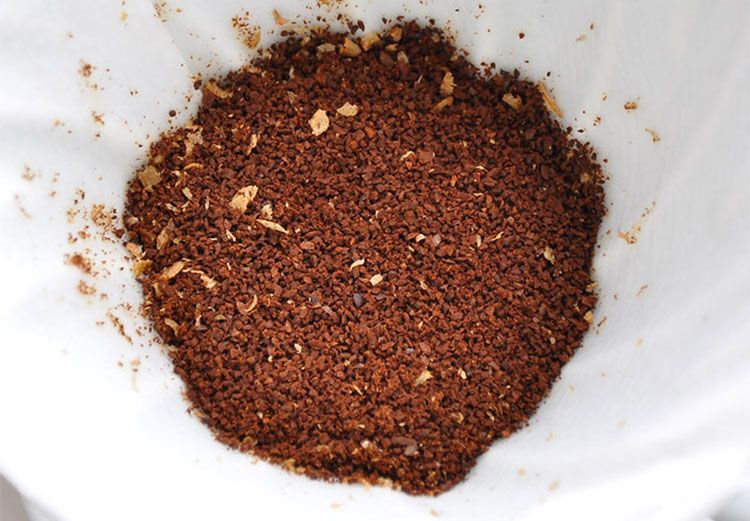
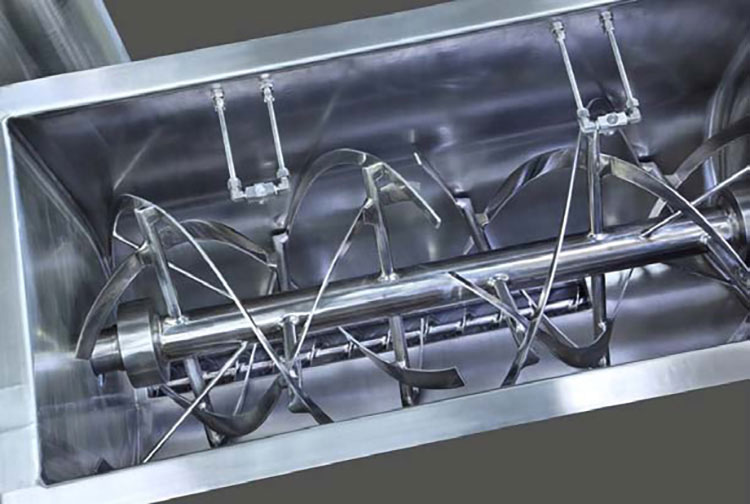
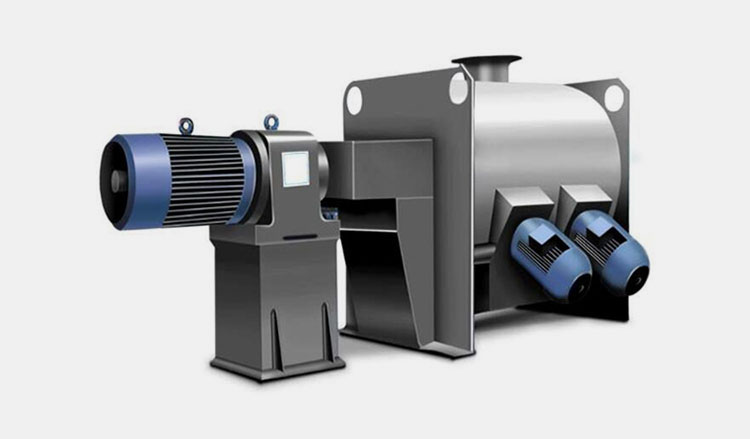
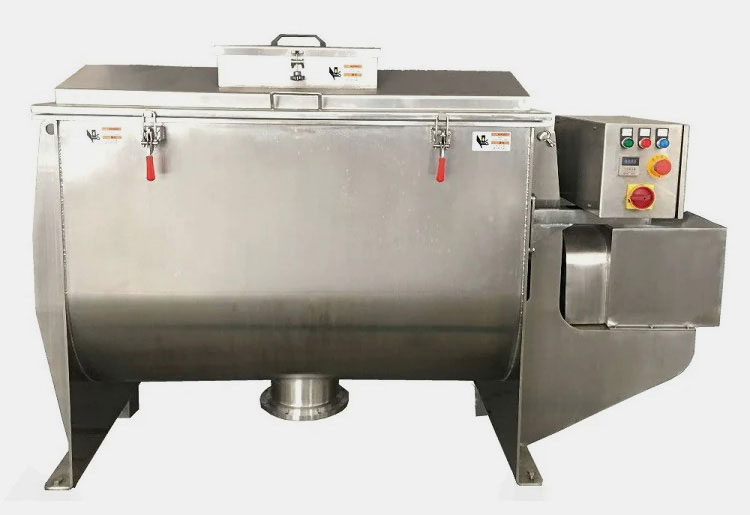



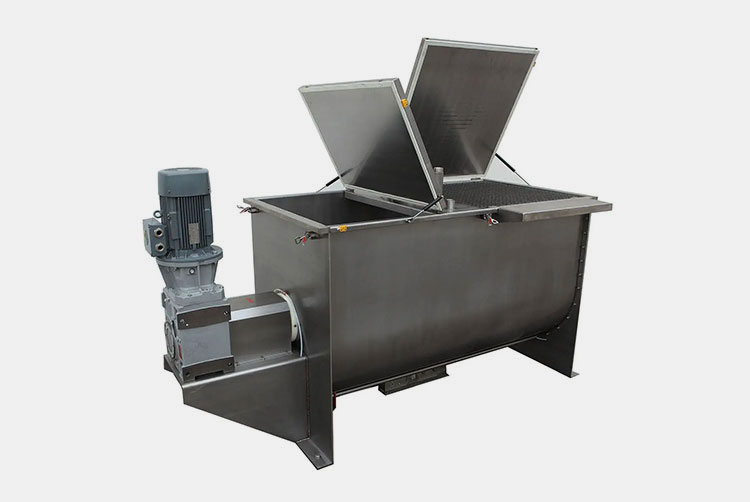
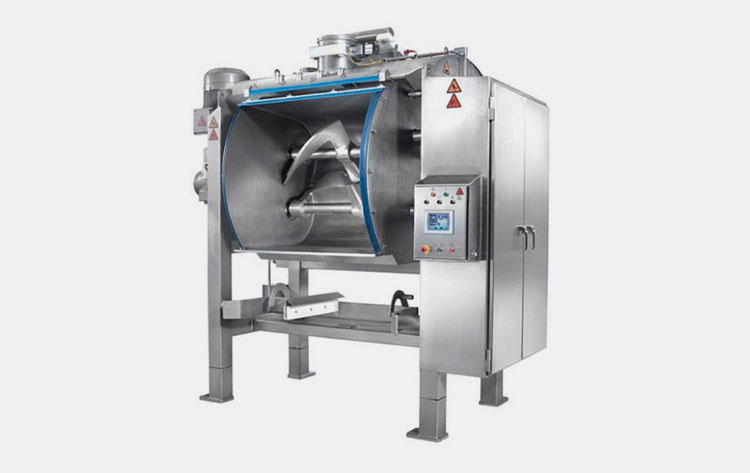
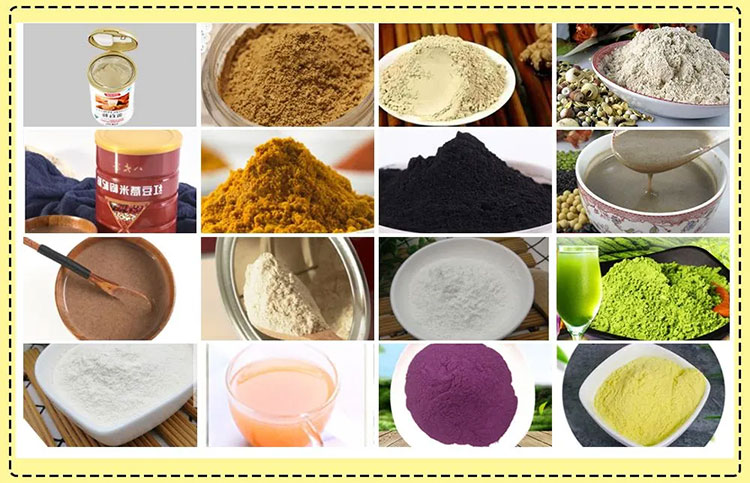
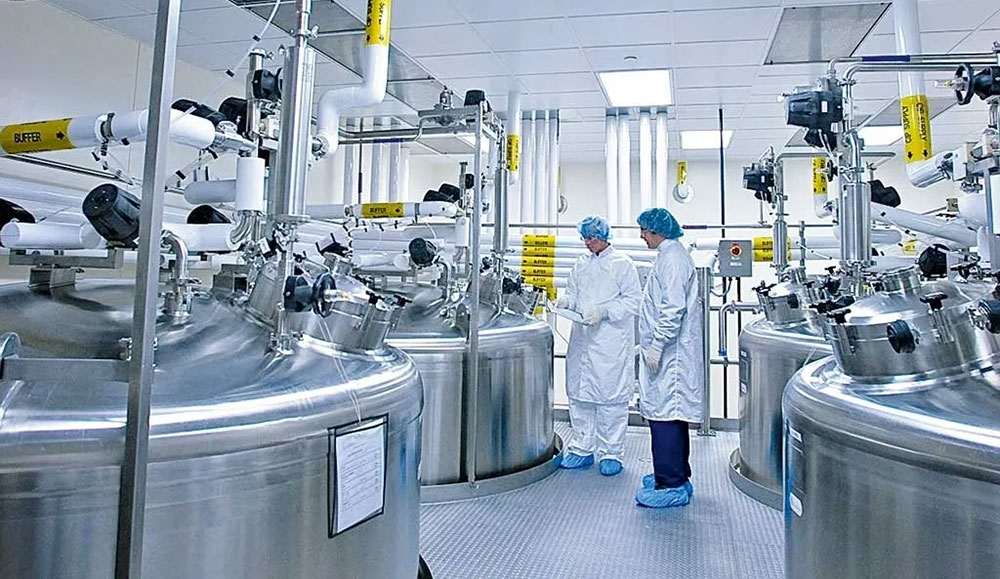
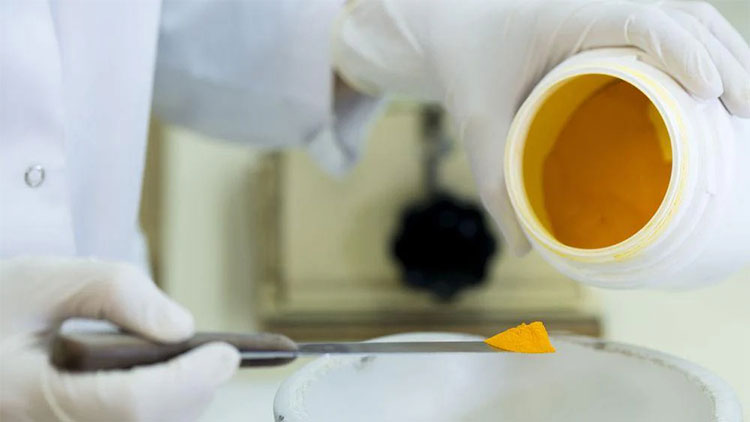
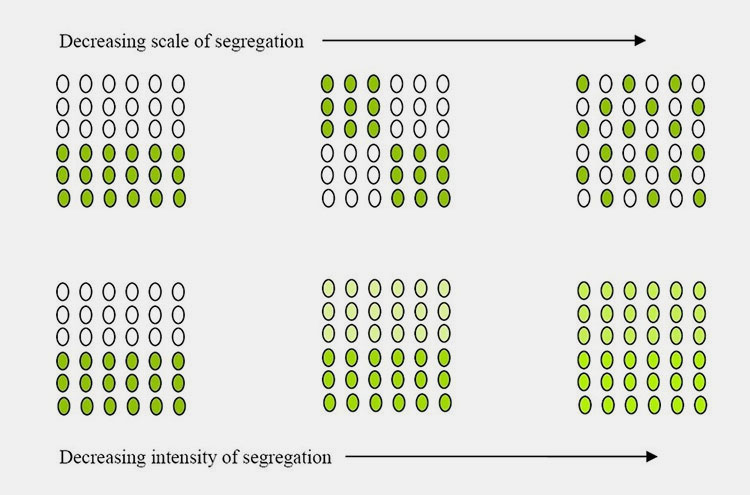
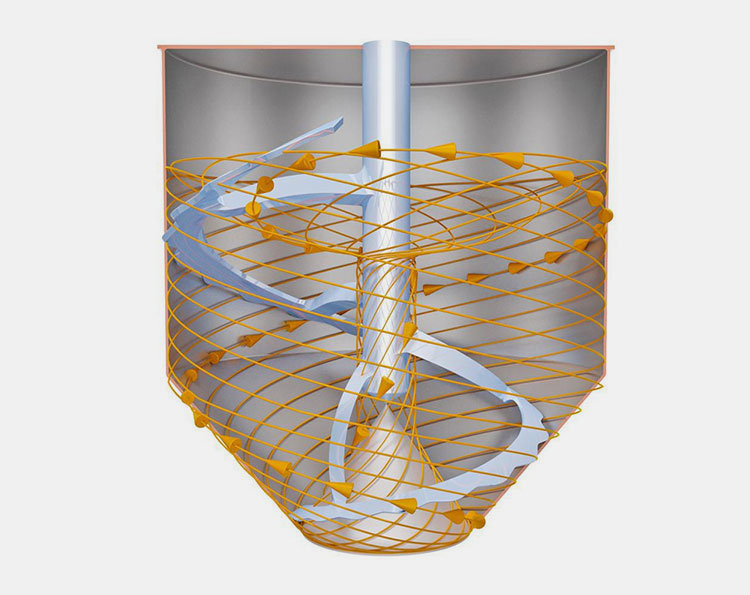
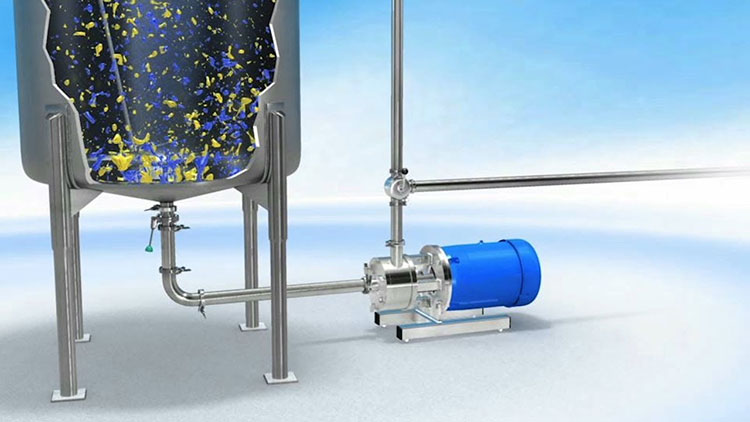
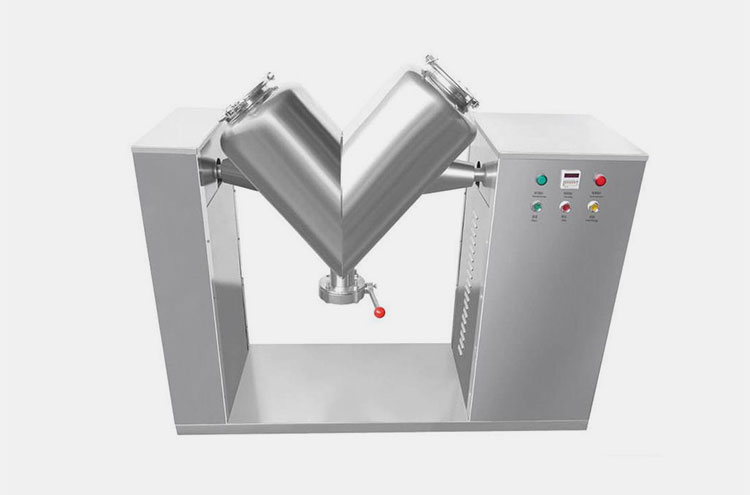

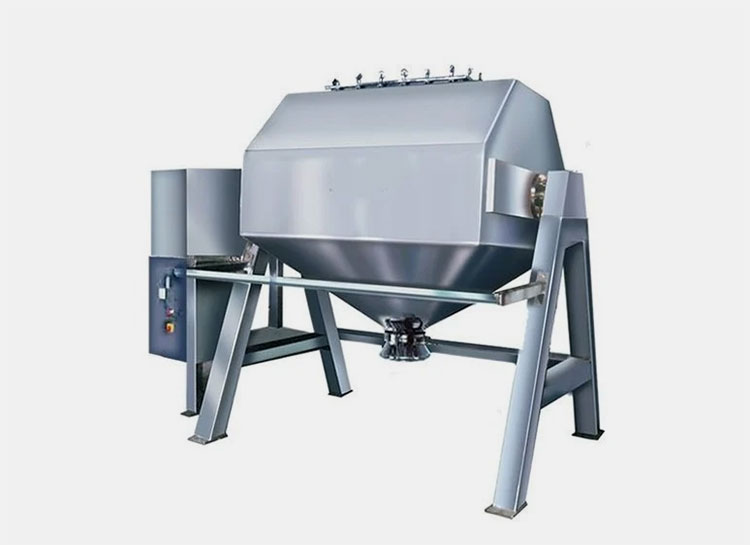
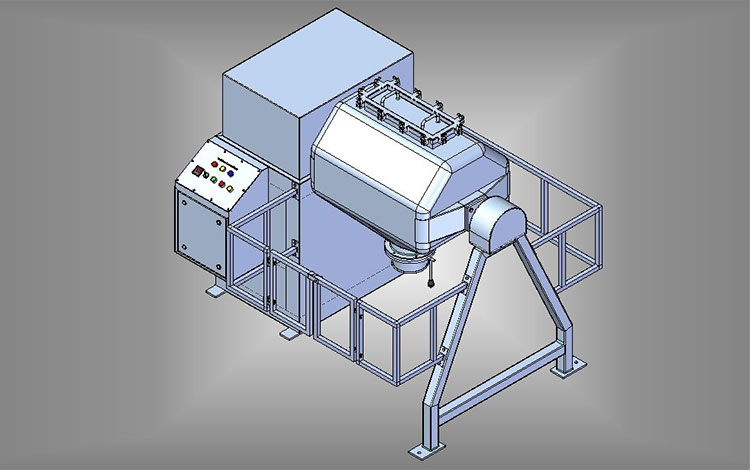
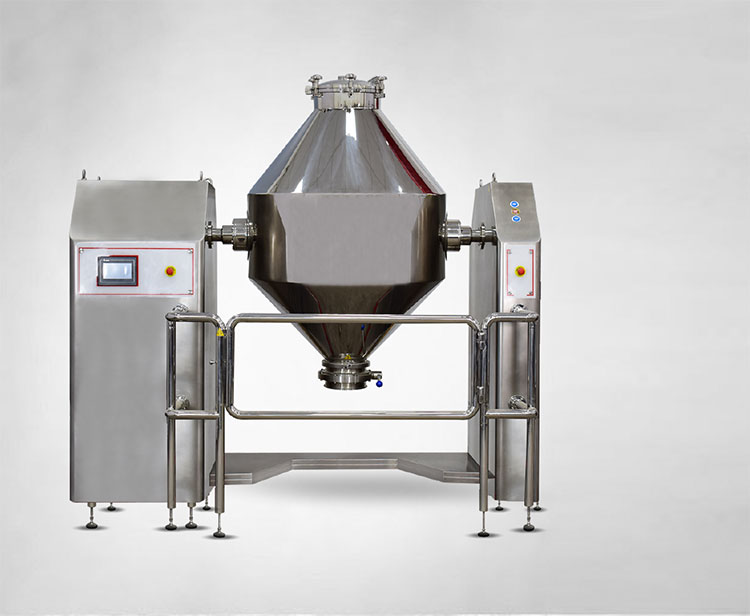
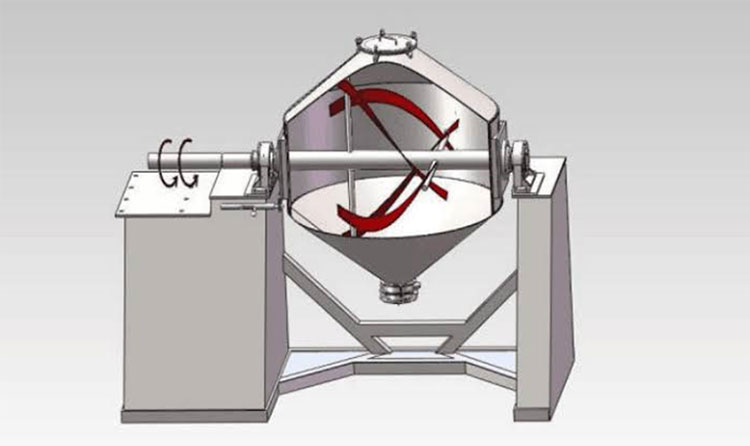
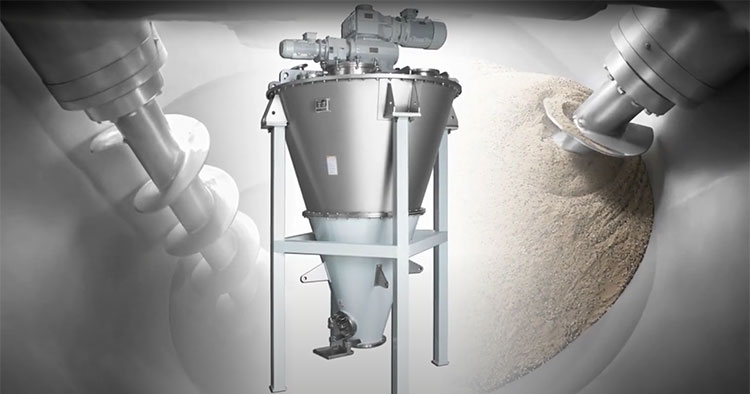
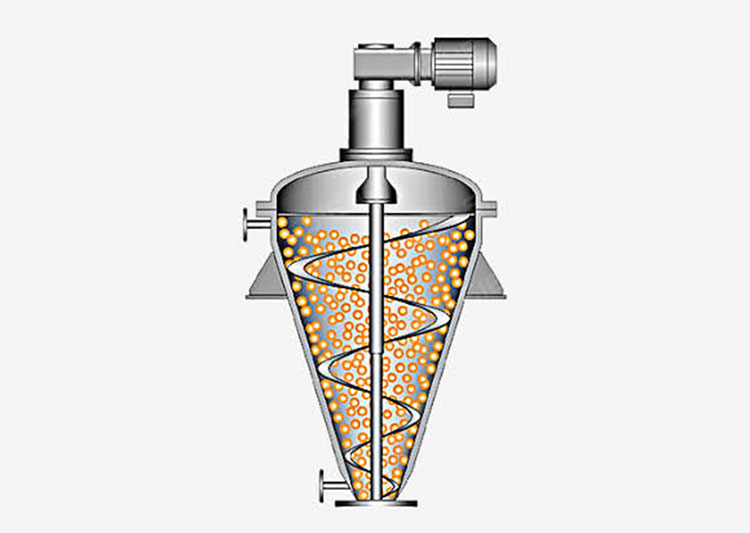
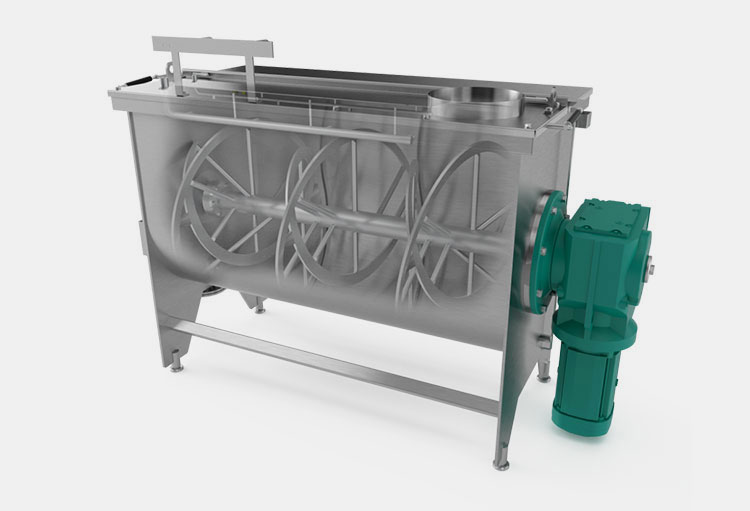
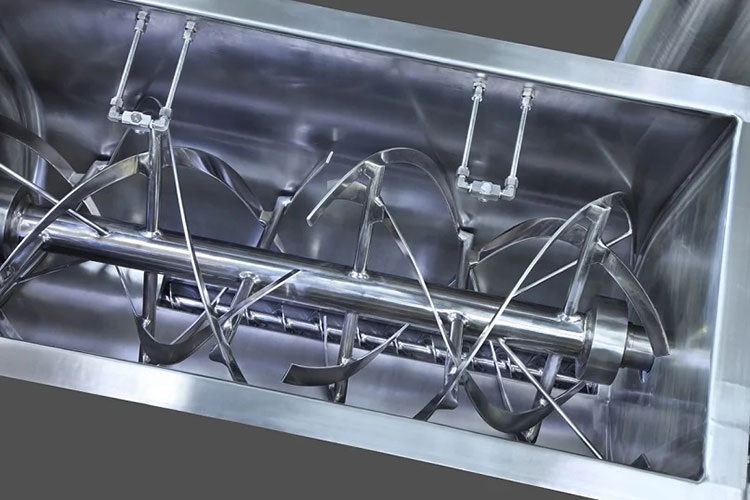
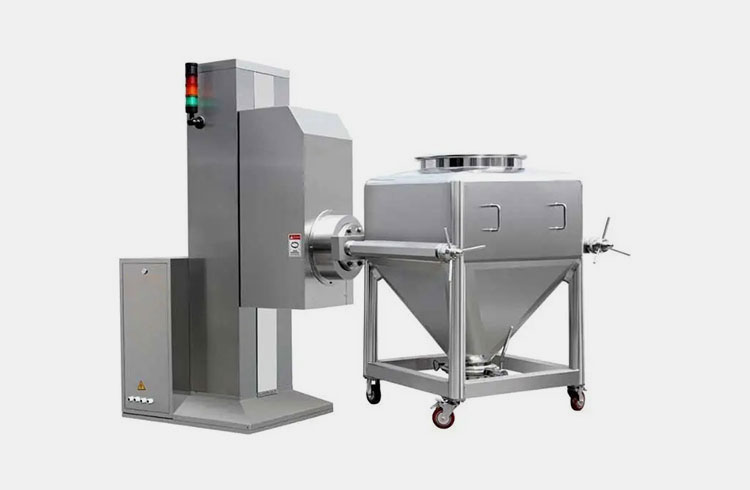
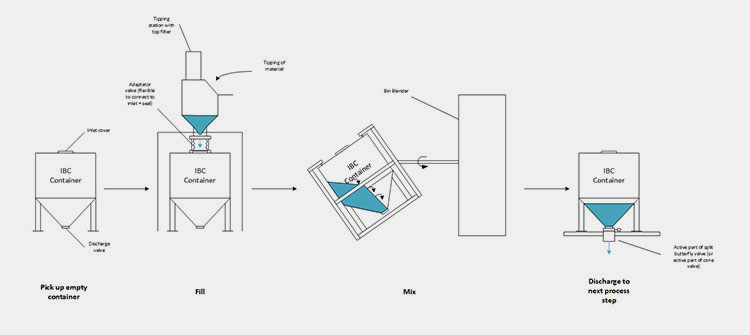
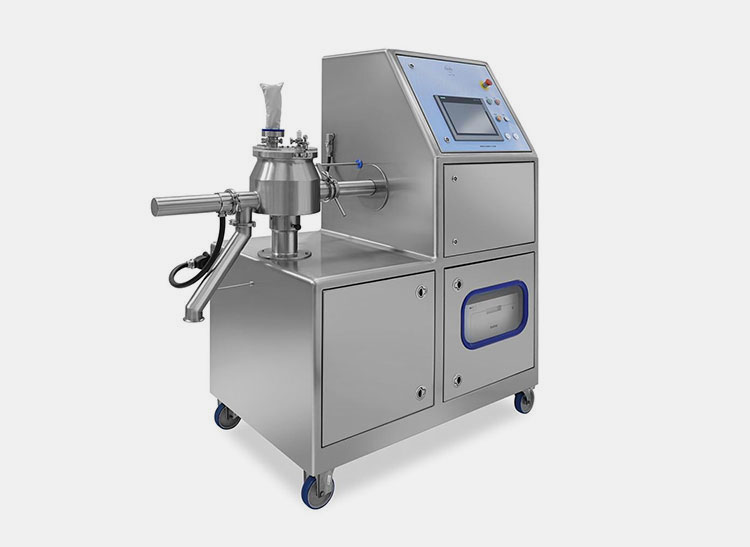

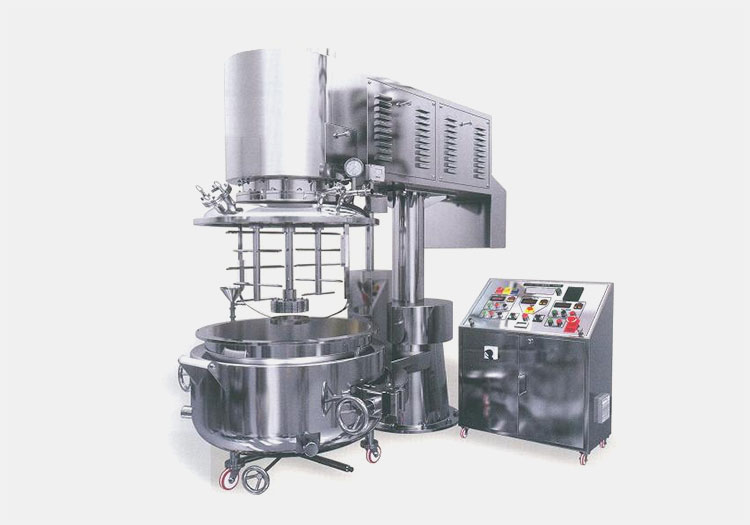
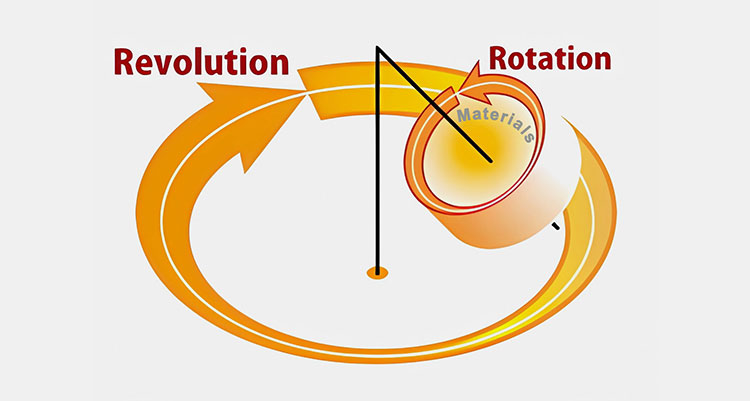
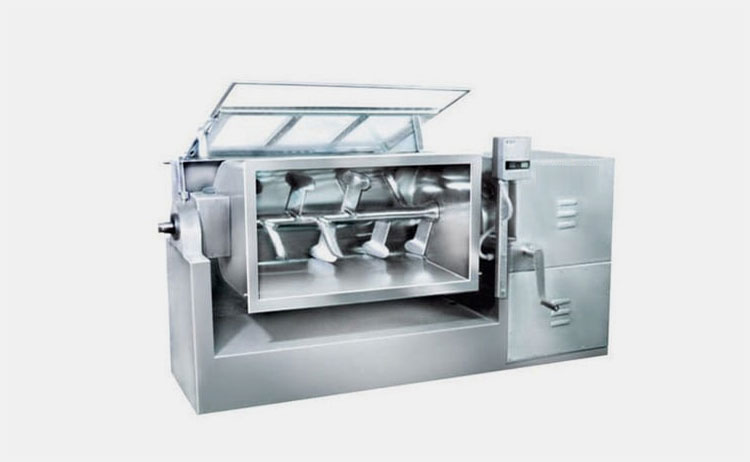
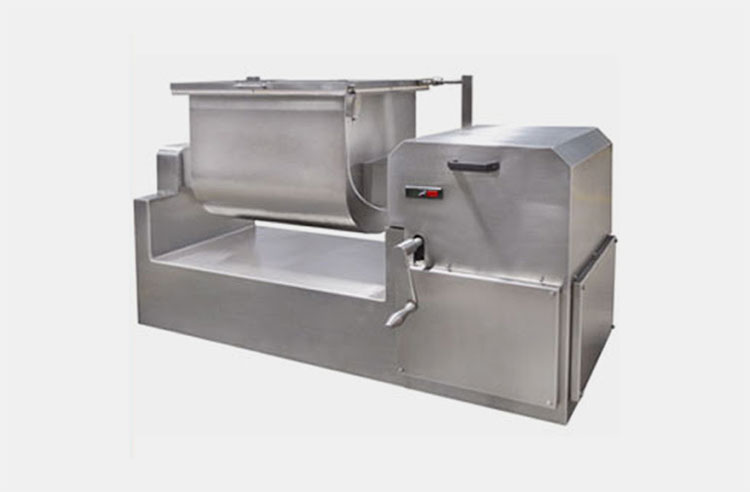
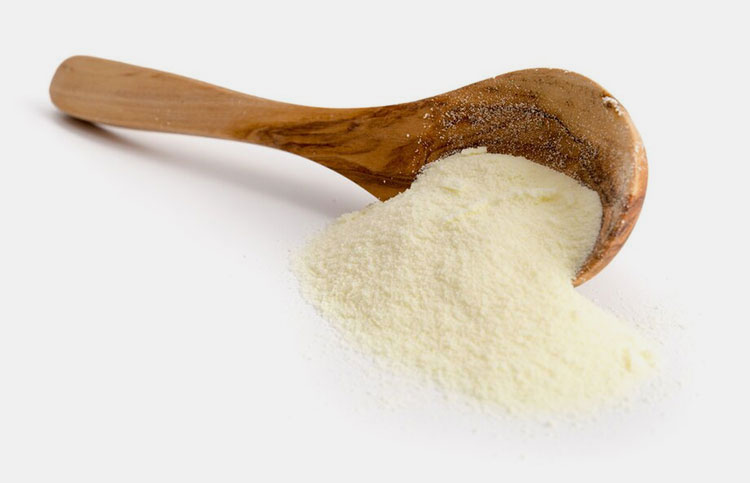

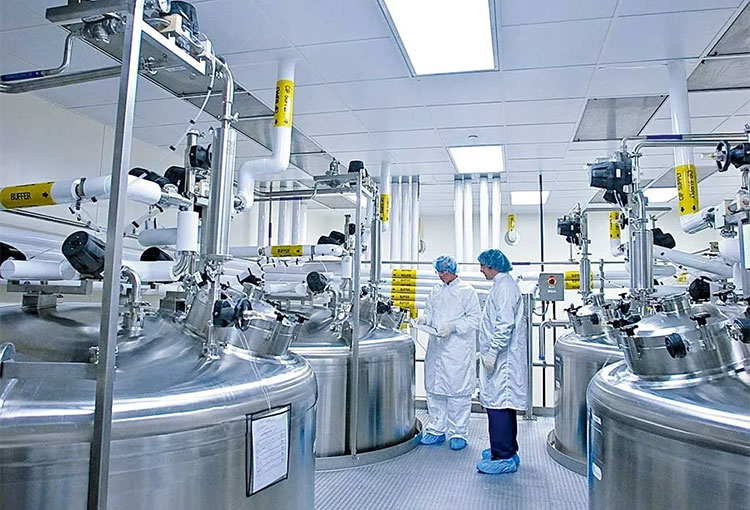
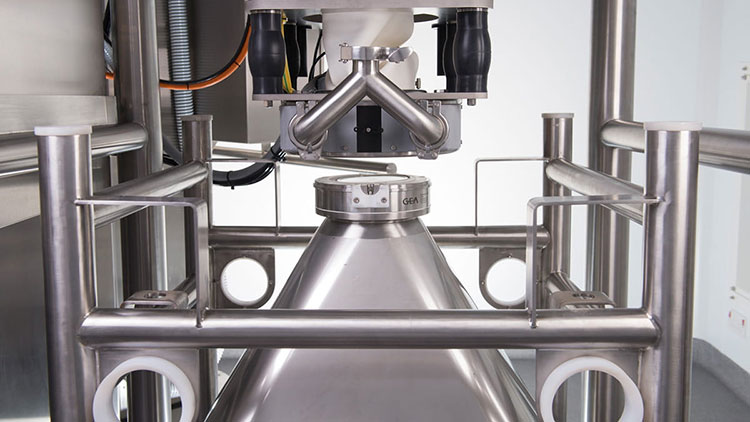
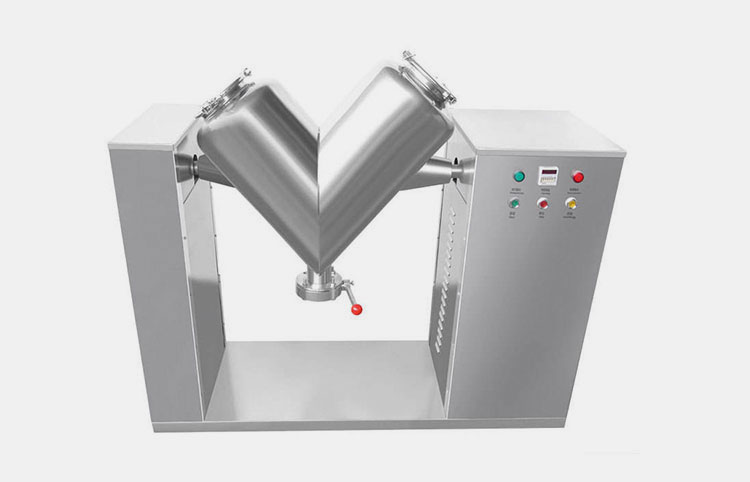 Tell us your material or budget, we'll reply you ASAP within 24 hours
Tell us your material or budget, we'll reply you ASAP within 24 hours